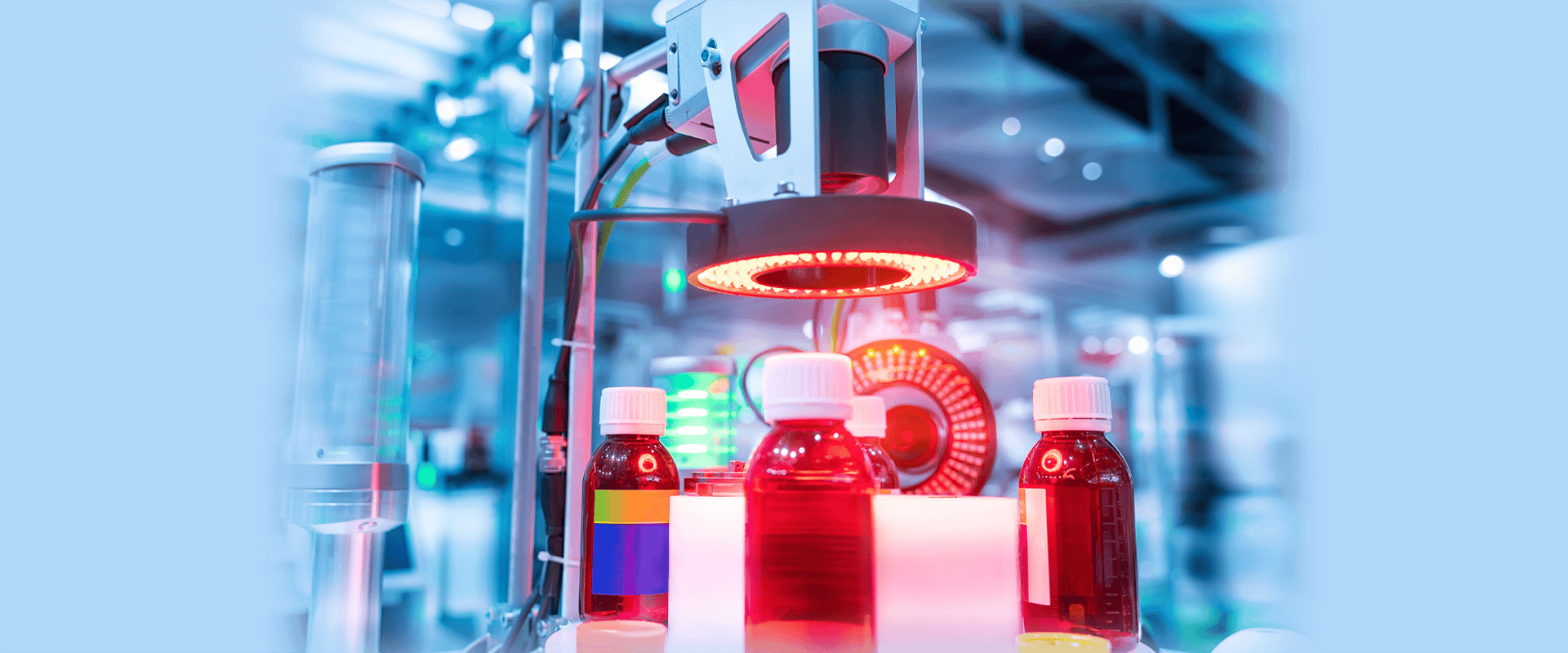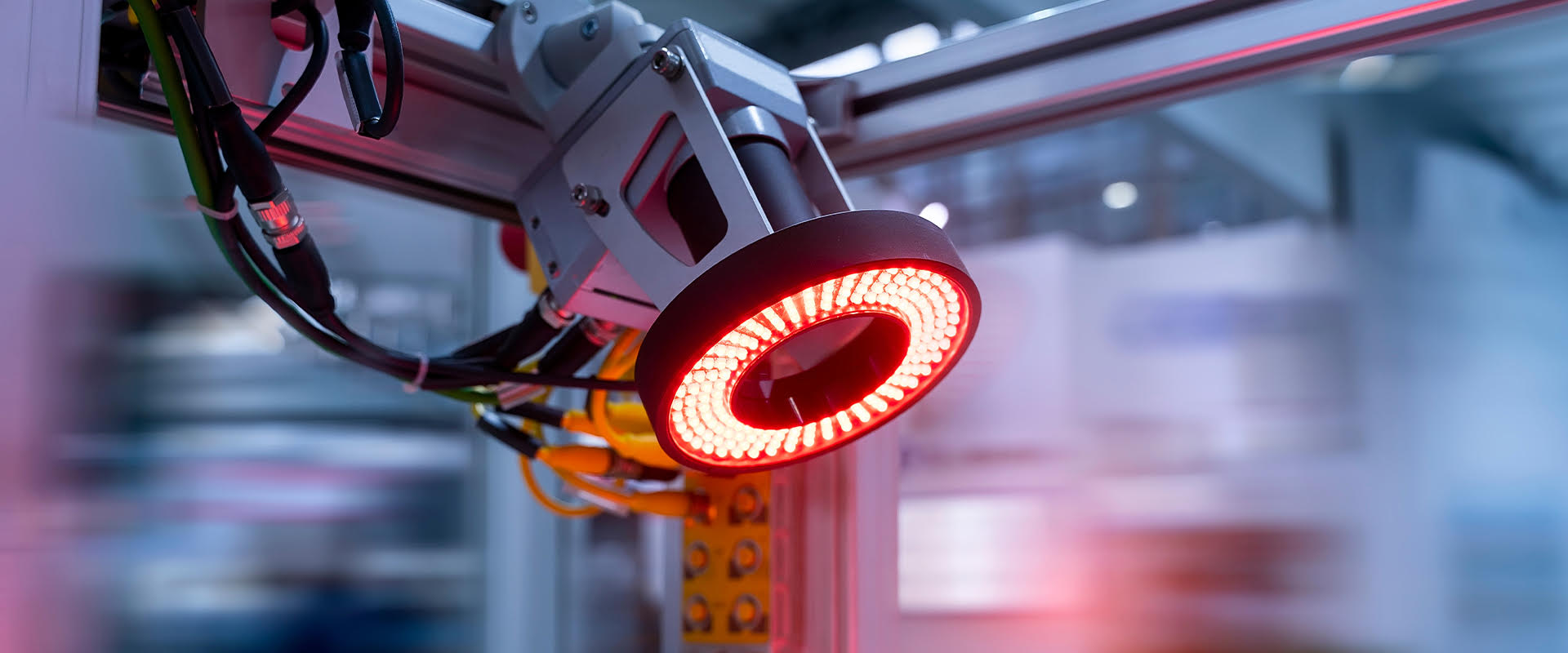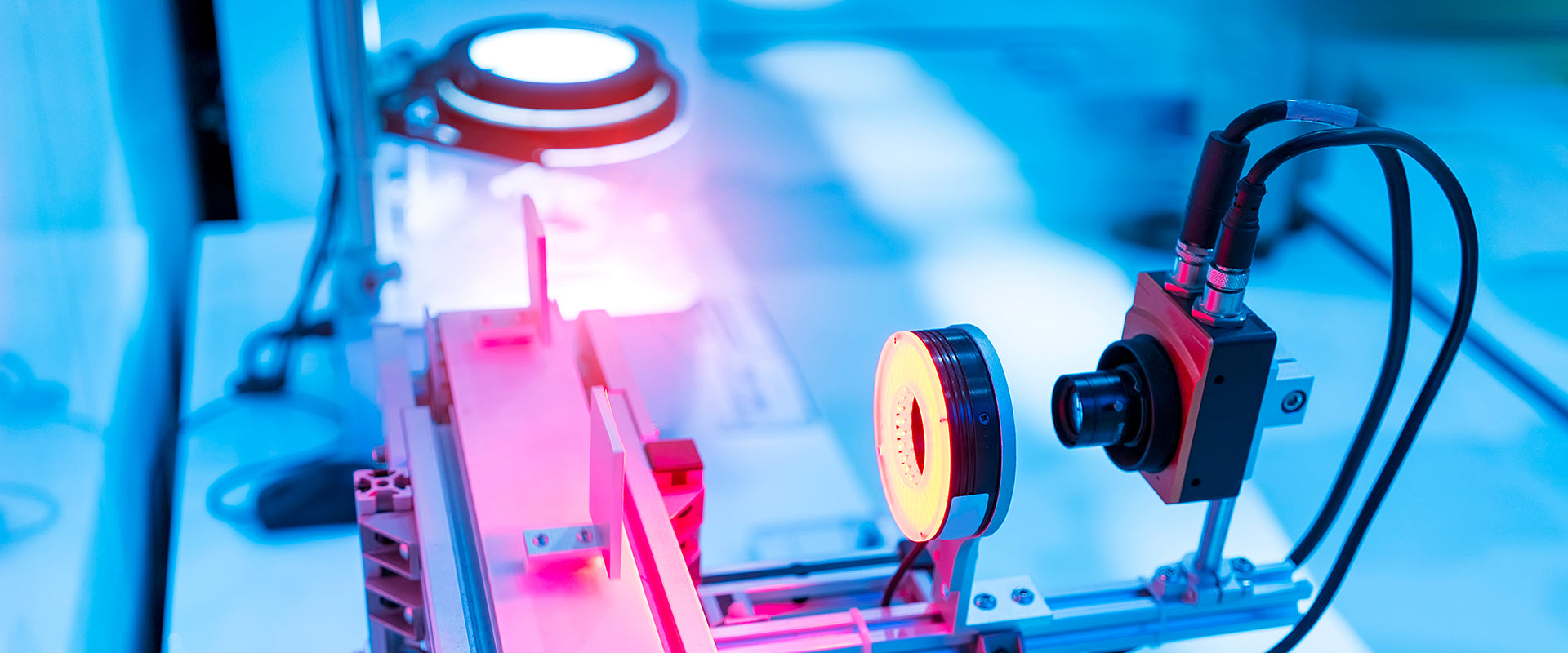When designing a machine vision system, choosing the right lens is just as critical as selecting the right camera. A common misconception is that a photography lens can do the job. But while both lens types are engineered to capture images, machine vision lenses and photography lenses are built for very different purposes – and understanding those differences can save you from performance issues down the line.
Lenses with Purpose-Driven Design
Photography lenses are optimized for aesthetics – color rendition, depth of field and artistic effects. They're designed to work with the human eye and produce images that look beautiful.
Machine vision lenses, like those from GOYO or Theia, are built for precision and repeatability. Their job is not to create “pleasing” images, but to capture accurate, distortion-free data that machines can measure, analyze, and act on.
Key Differences
1. Resolution & Pixel Compatibility
Machine vision lenses are matched to sensor specifications – especially pixel size and resolution. GOYO Japanese manufactured lenses support high-resolution sensors with precise focus across the entire image field, making them ideal for inspection, measurement and robotic guidance. Photography lenses don’t consider pixel pitch or sensor alignment in the same way.
2. Distortion Control
Machine vision applications demand minimal distortion for accurate measurement. Even small barrel or pincushion distortion can throw off inspection results. Photography lenses may allow more distortion for artistic effect, which would be unacceptable in most machine vision tasks.
3. Manual Control vs. Autofocus
Photography lenses often include autofocus and variable apertures that shift depending on lighting and subject – great for portraits, not so great for automation. Machine vision lenses are manually fixed for aperture and focus, ensuring consistency frame after frame.
4. Mechanical Stability
Machine vision lenses are built to perform reliably in industrial environments, often 24/7. GOYO lenses are engineered to resist vibration, temperature fluctuations and mechanical shock – conditions that would challenge most consumer photography lenses.
A machine vision lens isn’t just a rugged photography lens – it’s a precision tool designed for repeatable performance in data-driven environments. Choosing the right optics from the start ensures your system delivers the accuracy and reliability your application demands.
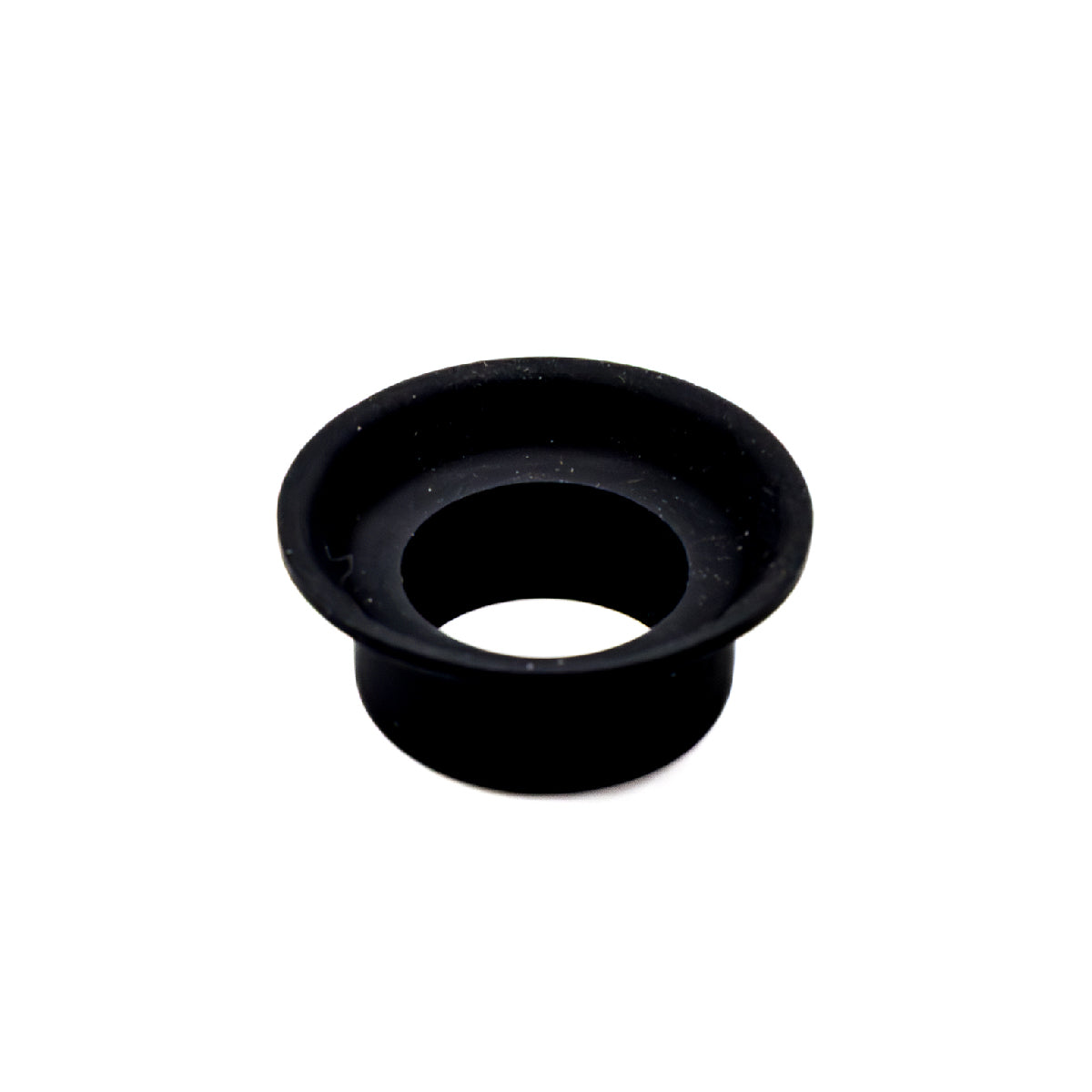
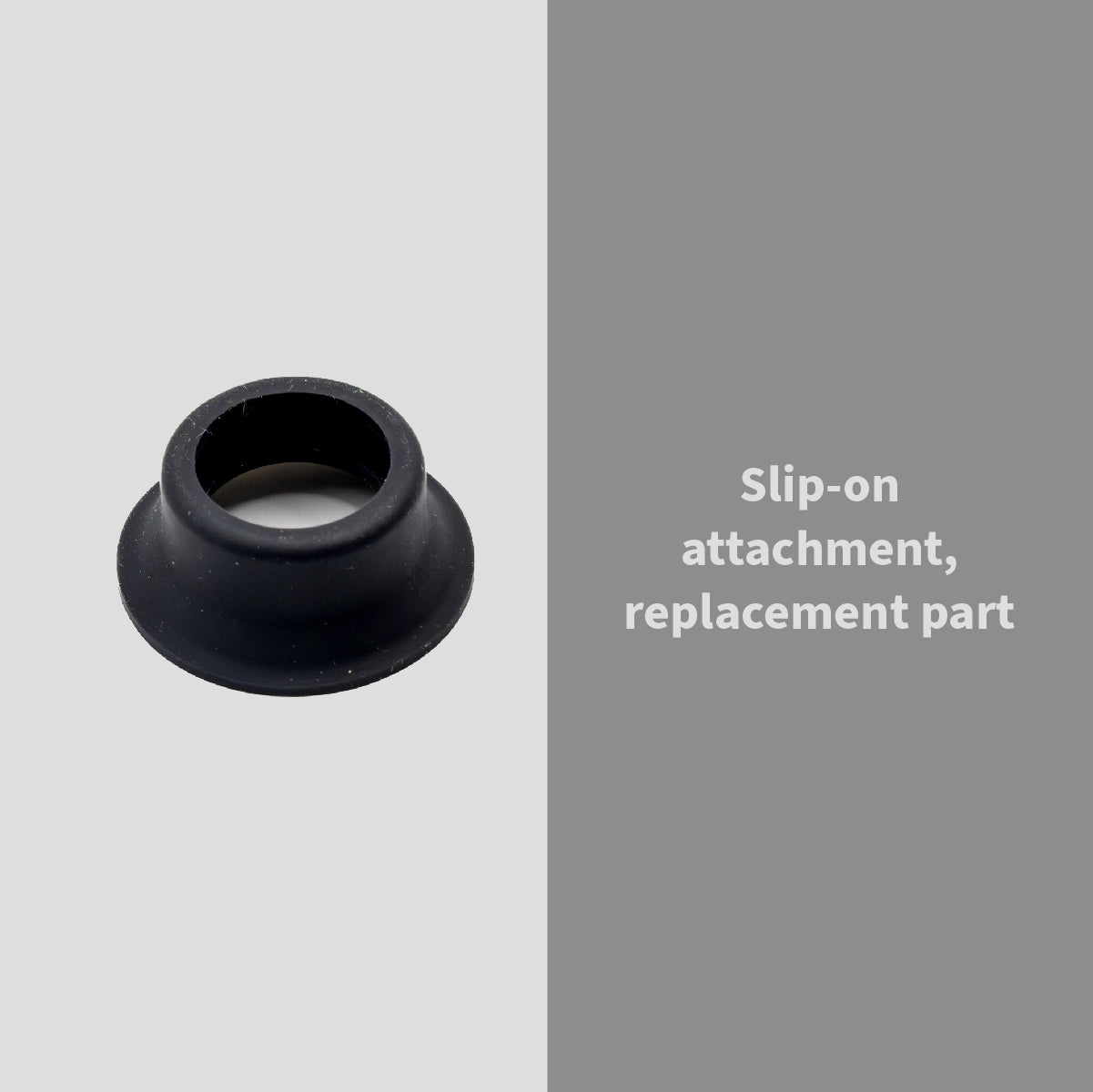

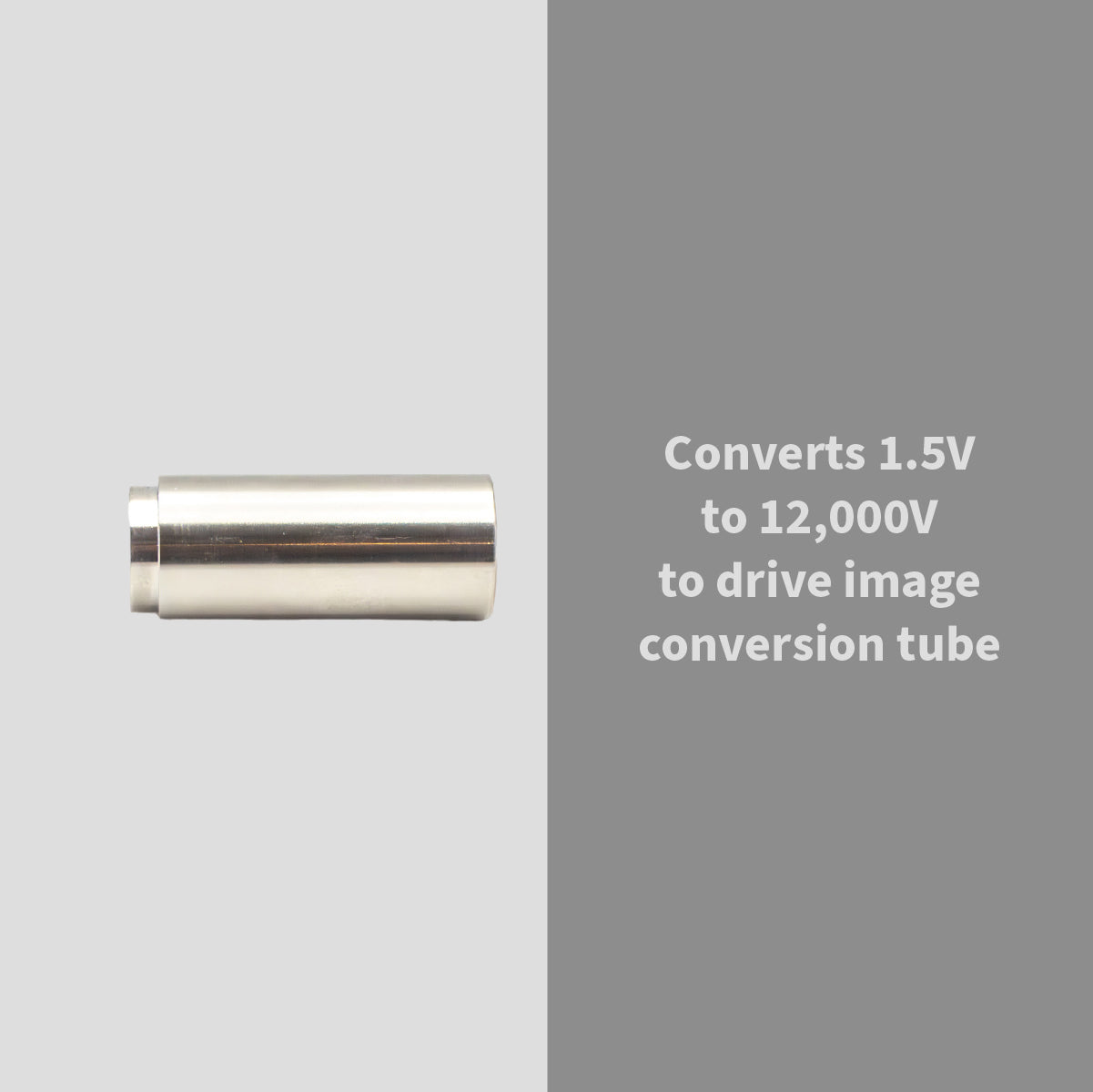
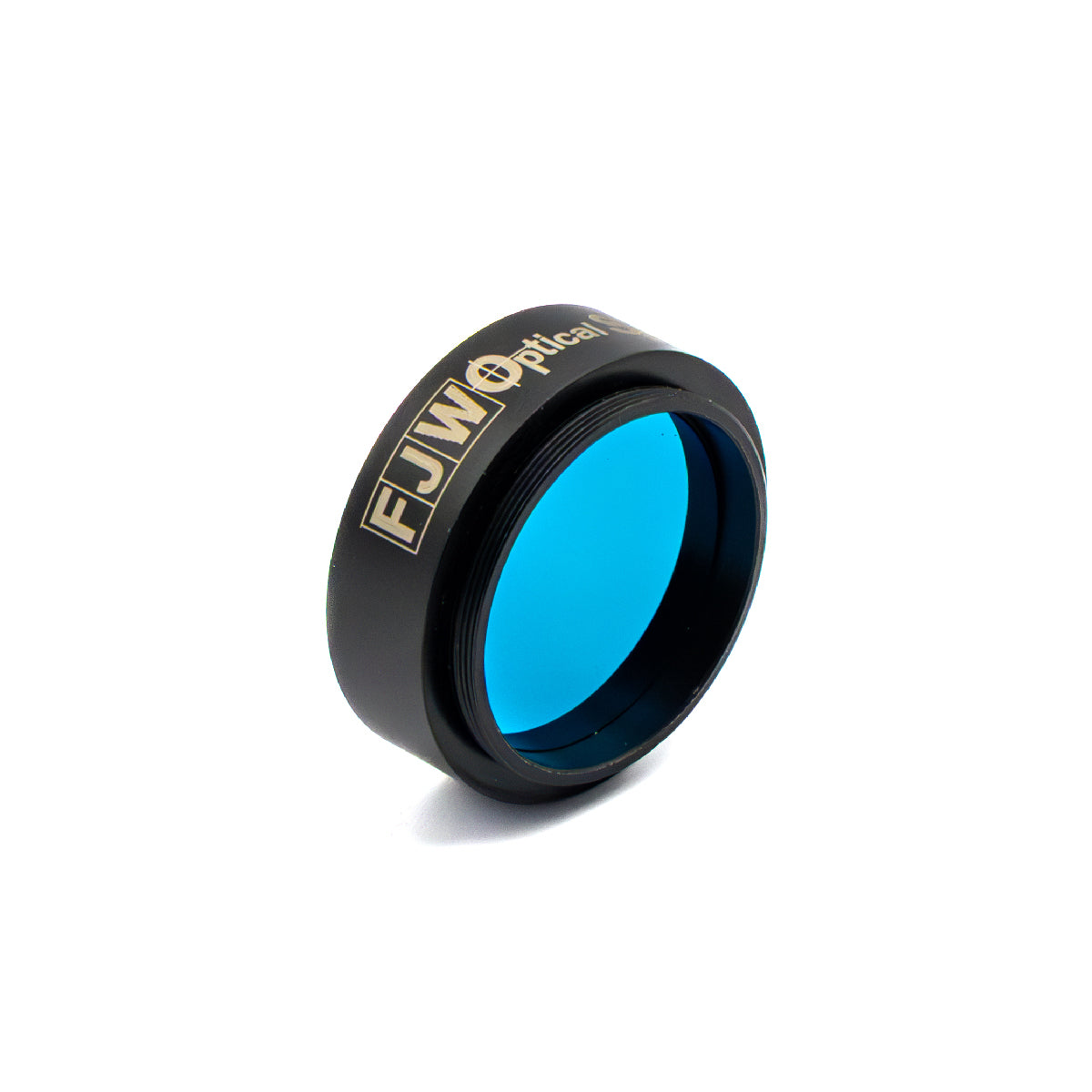
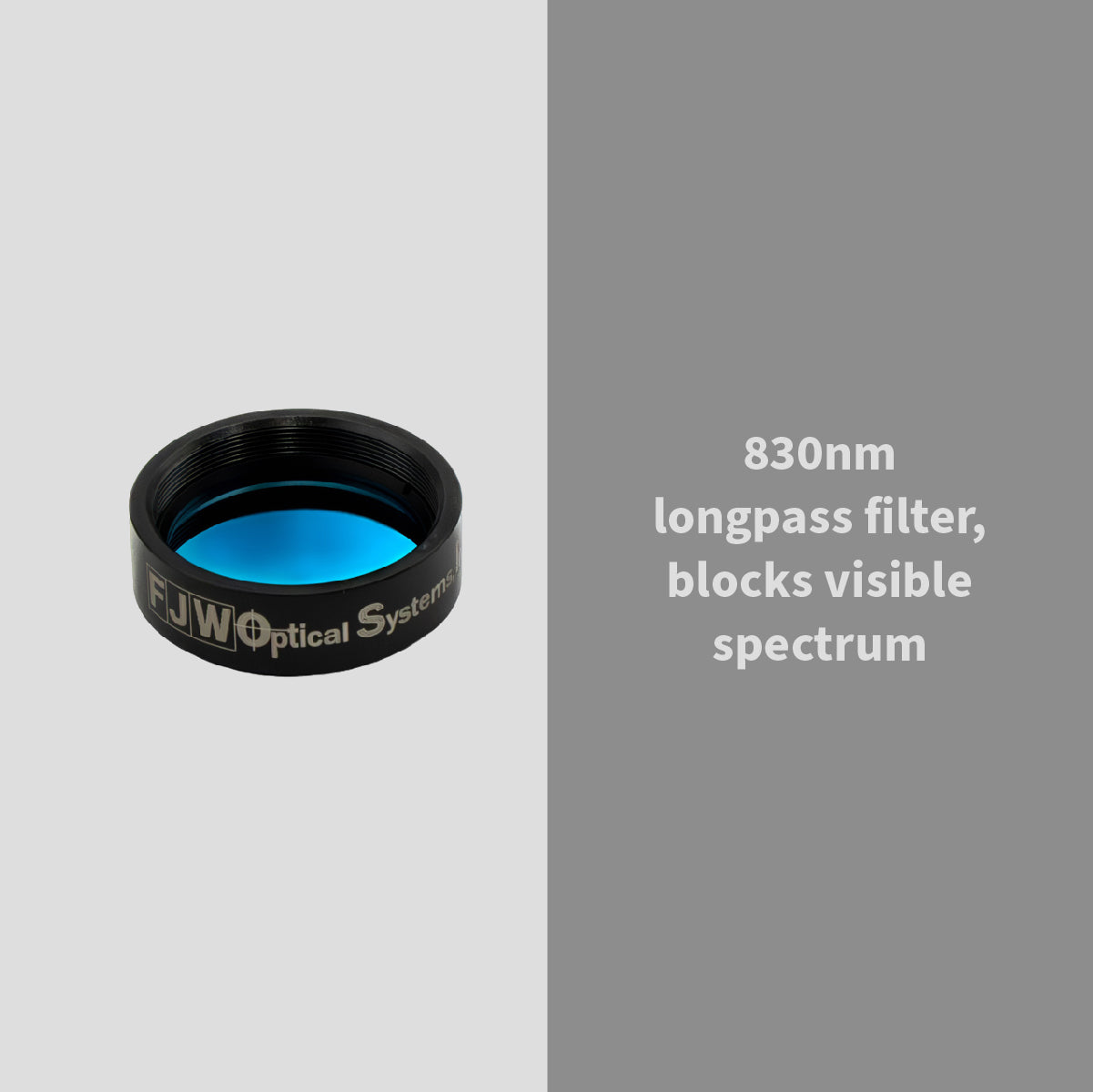
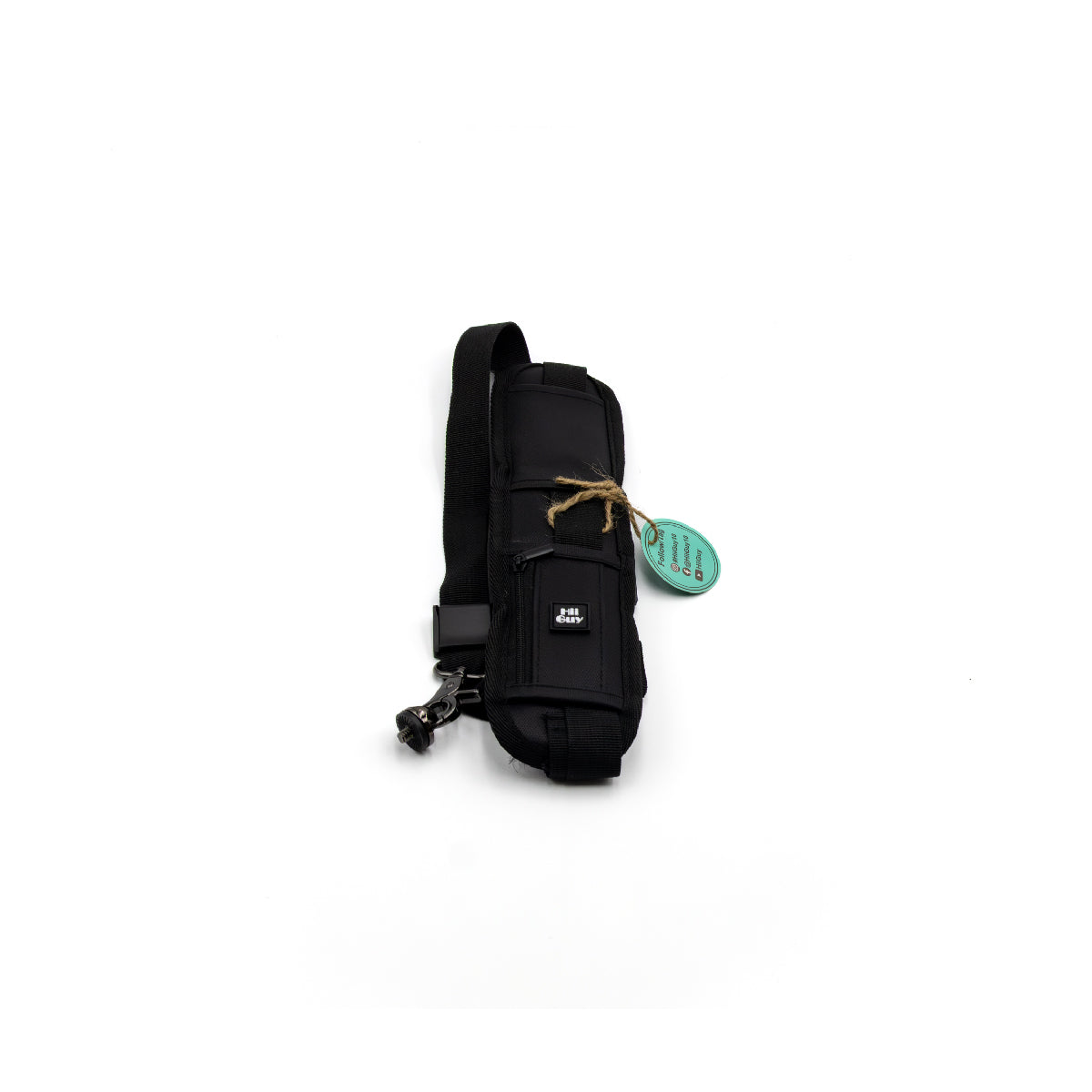
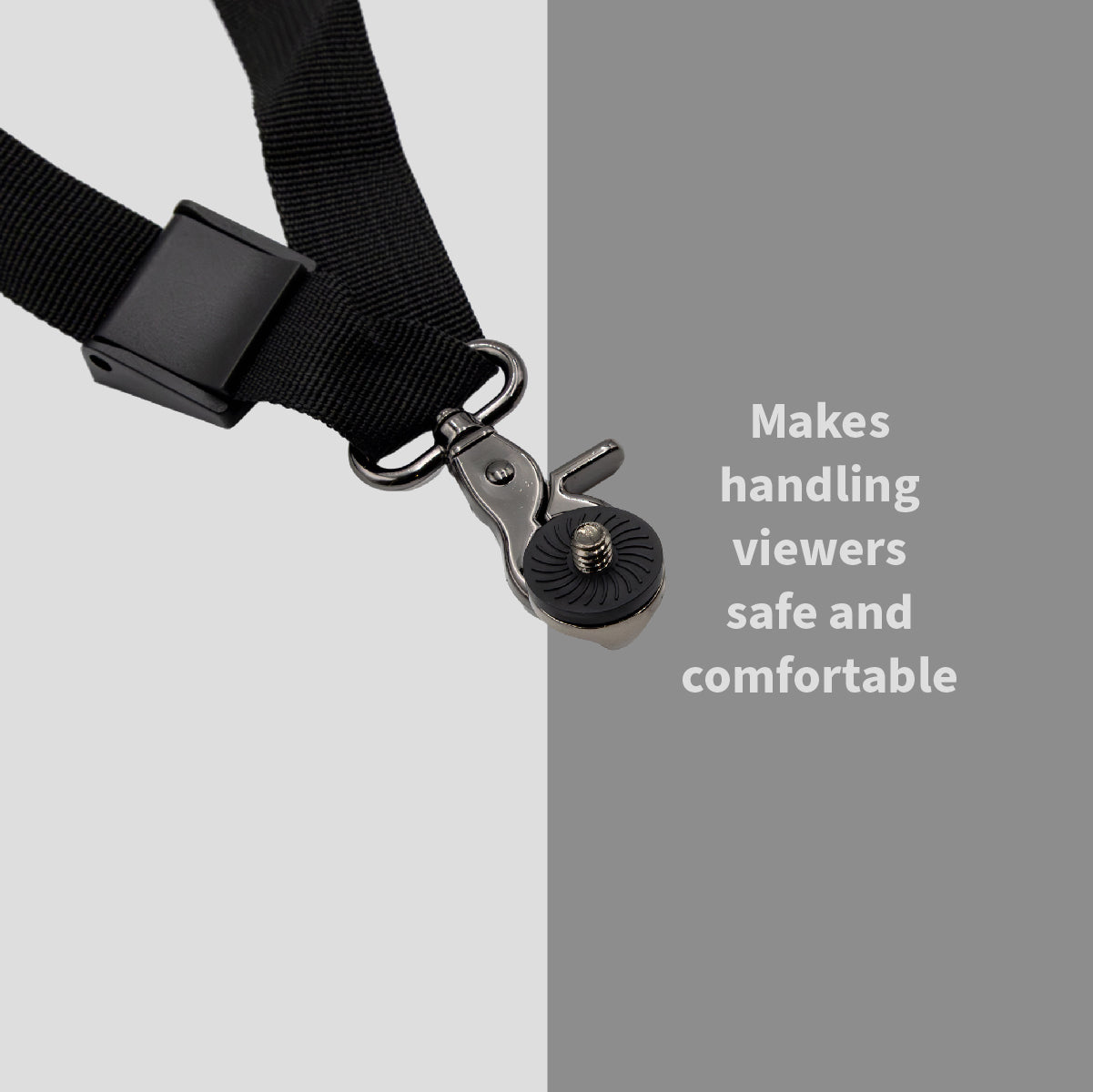
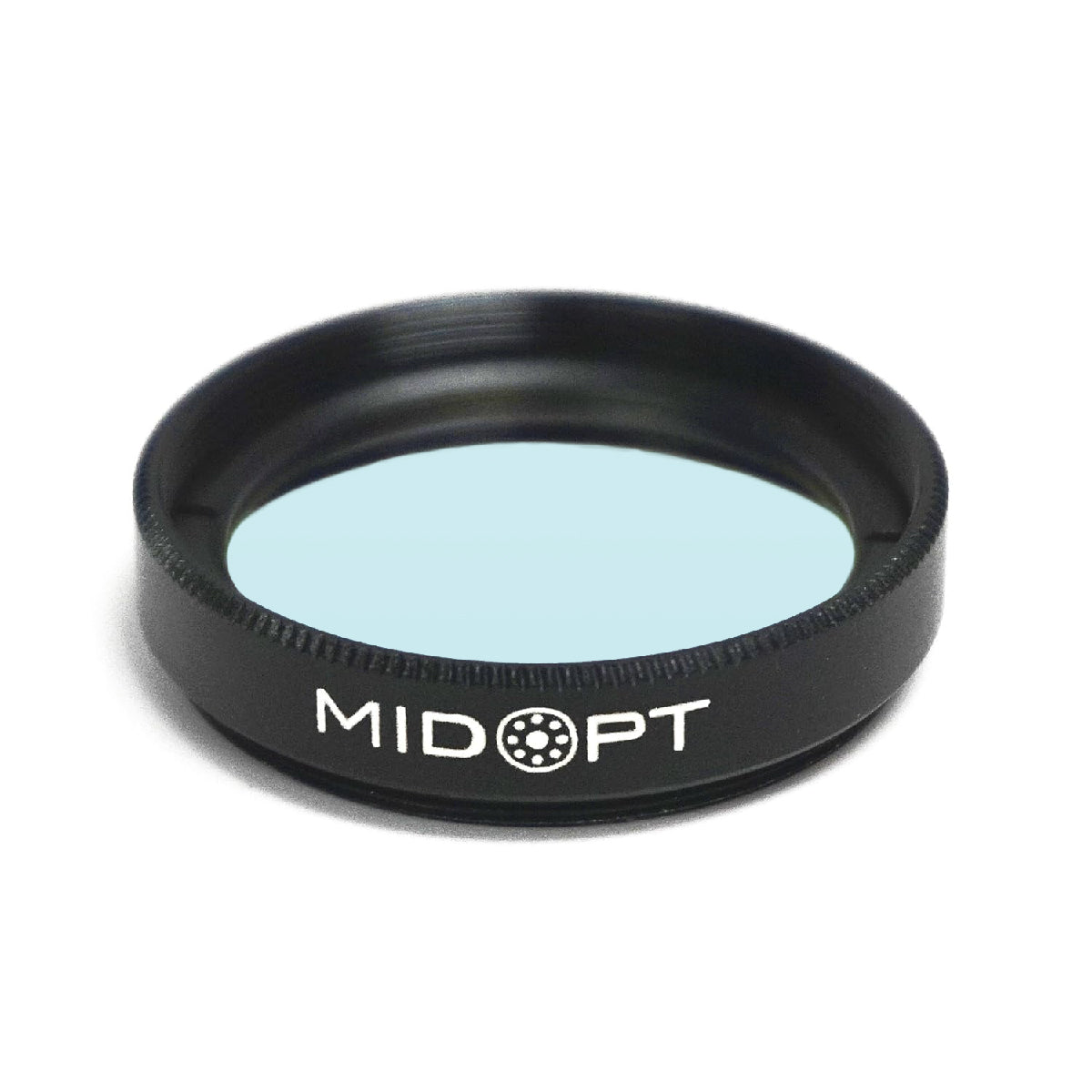
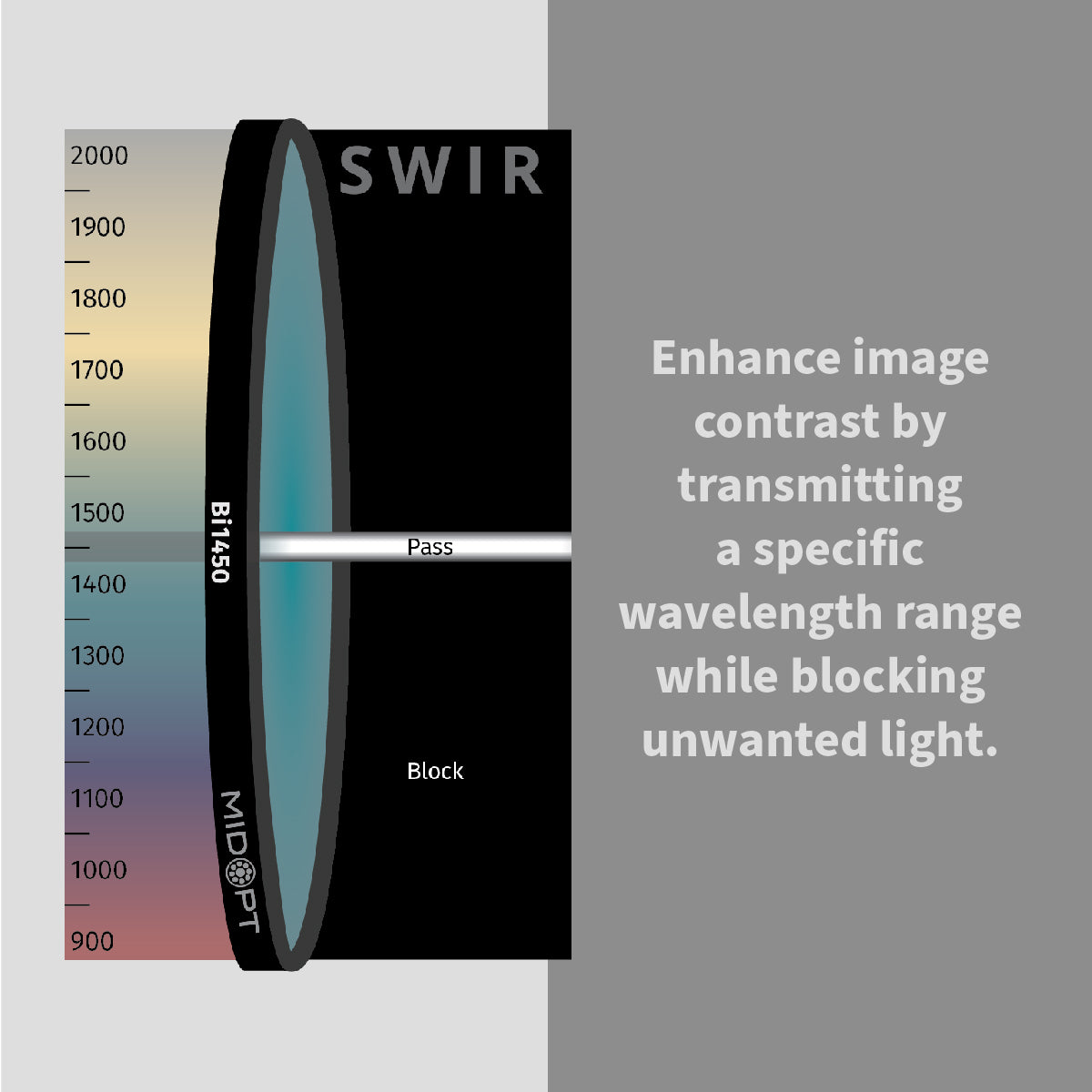
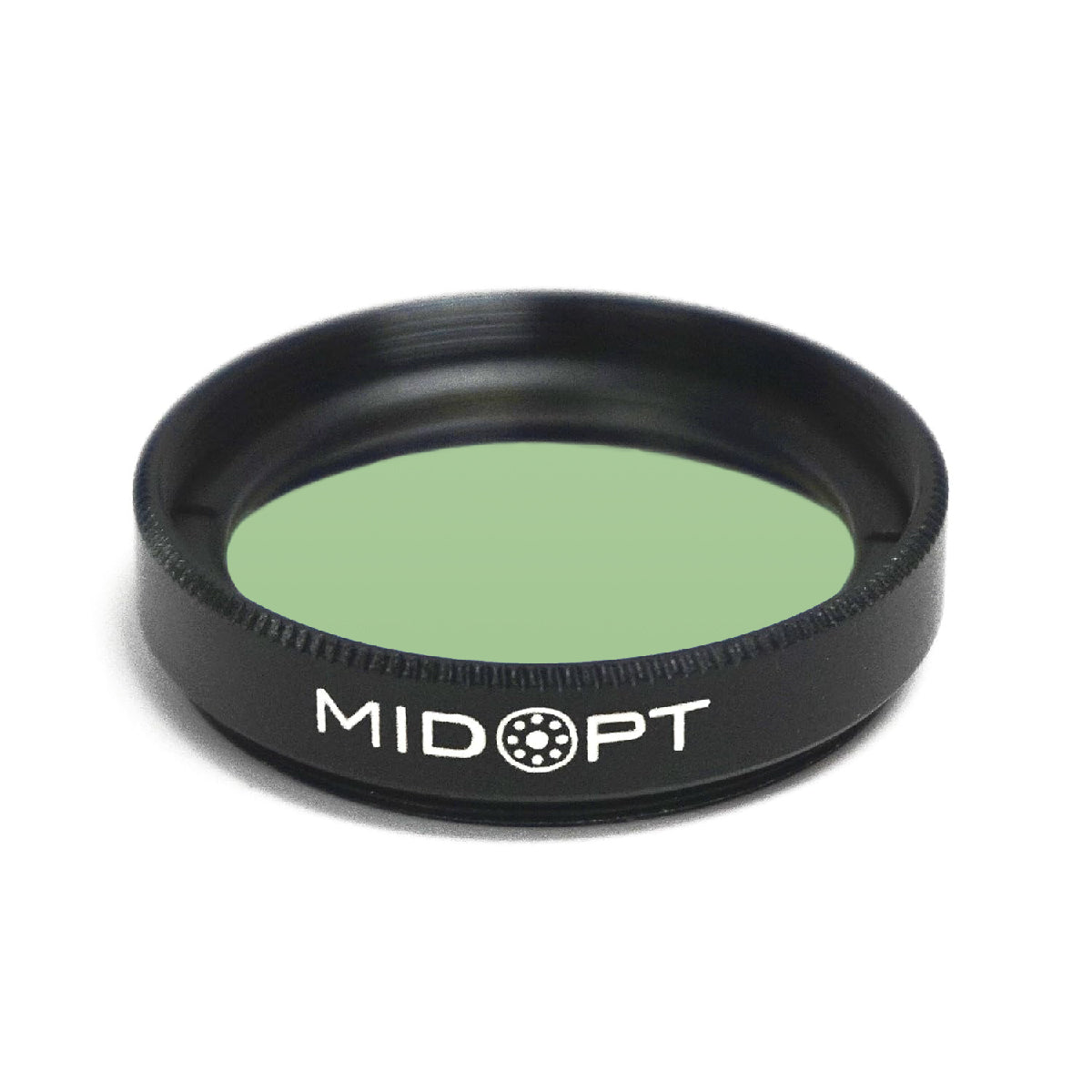
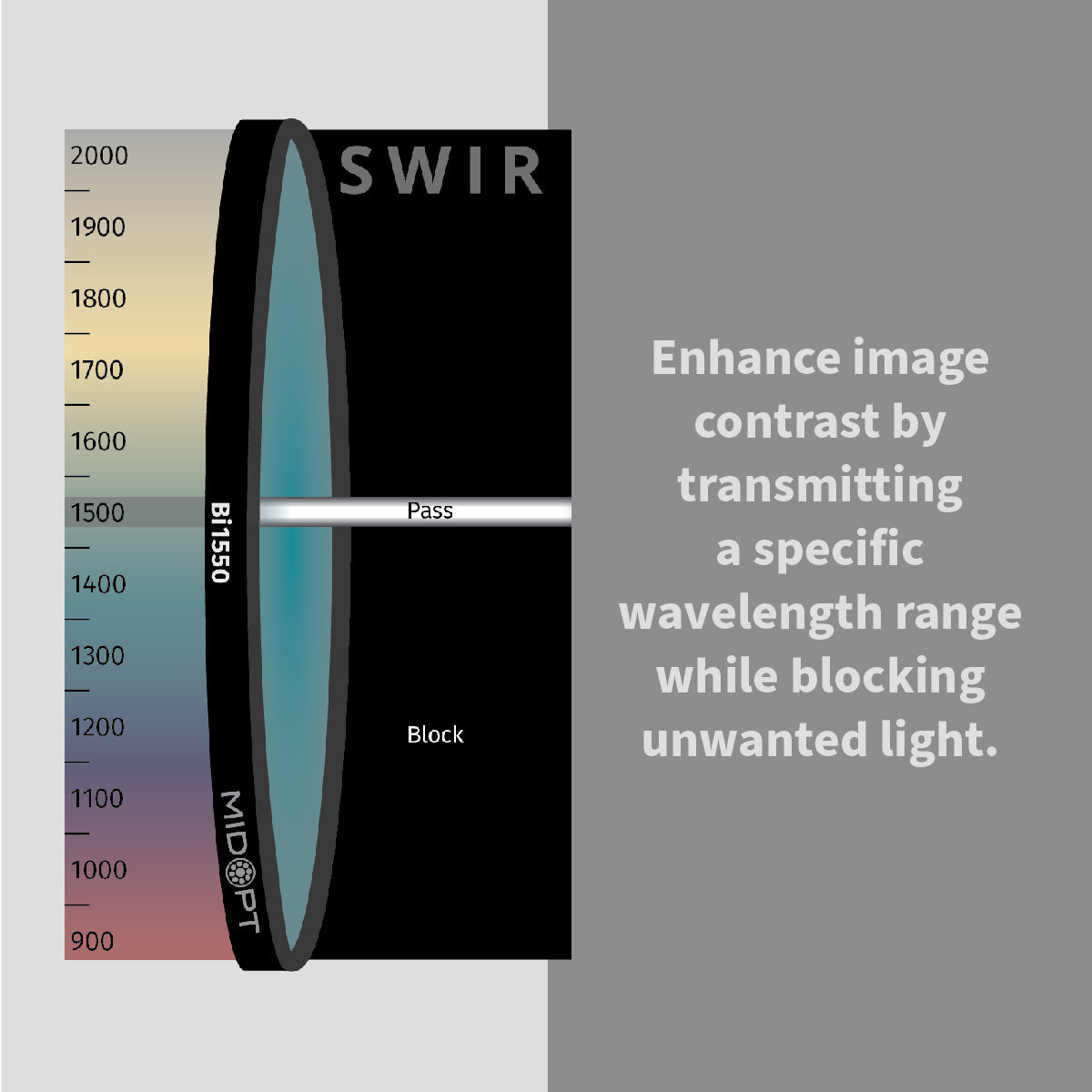
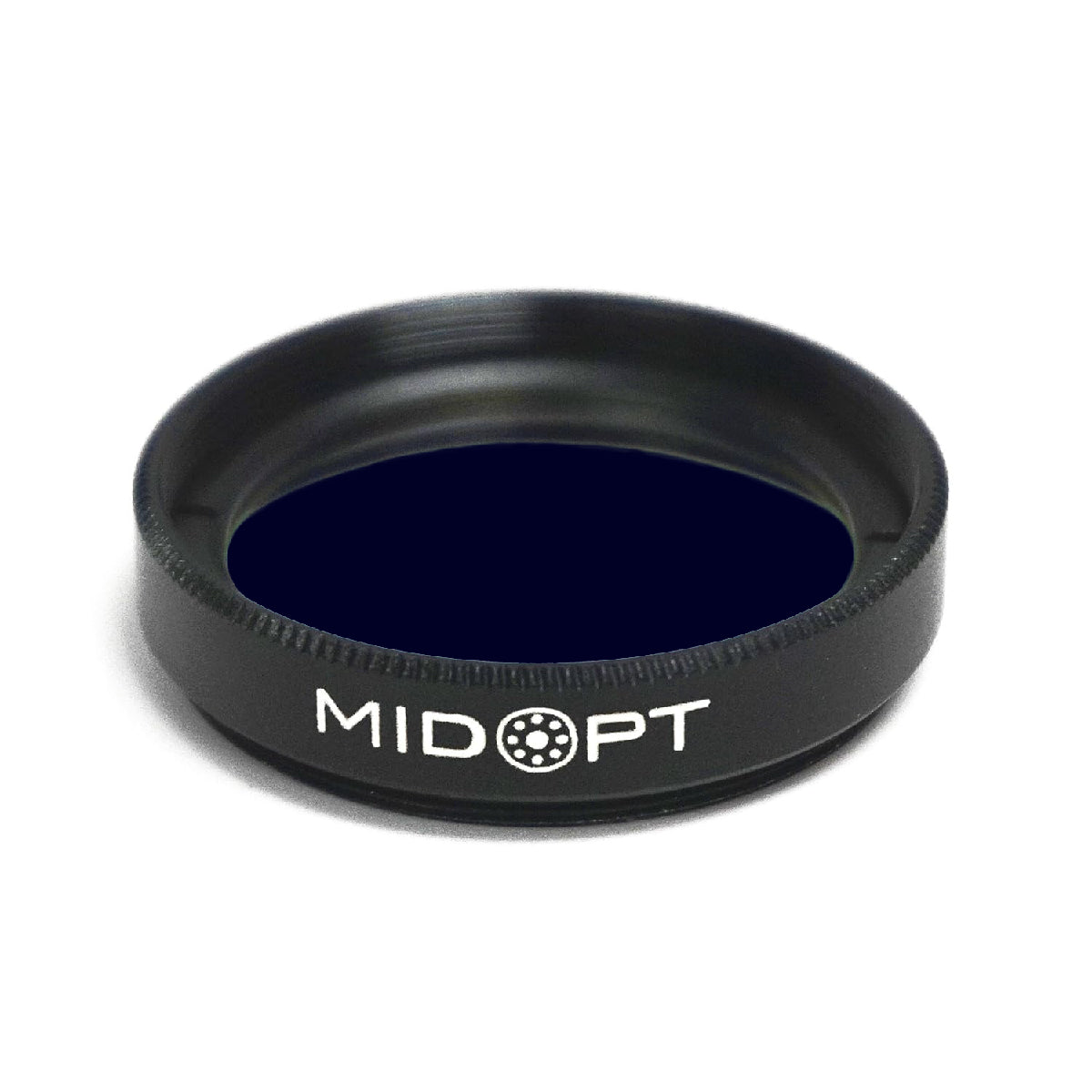
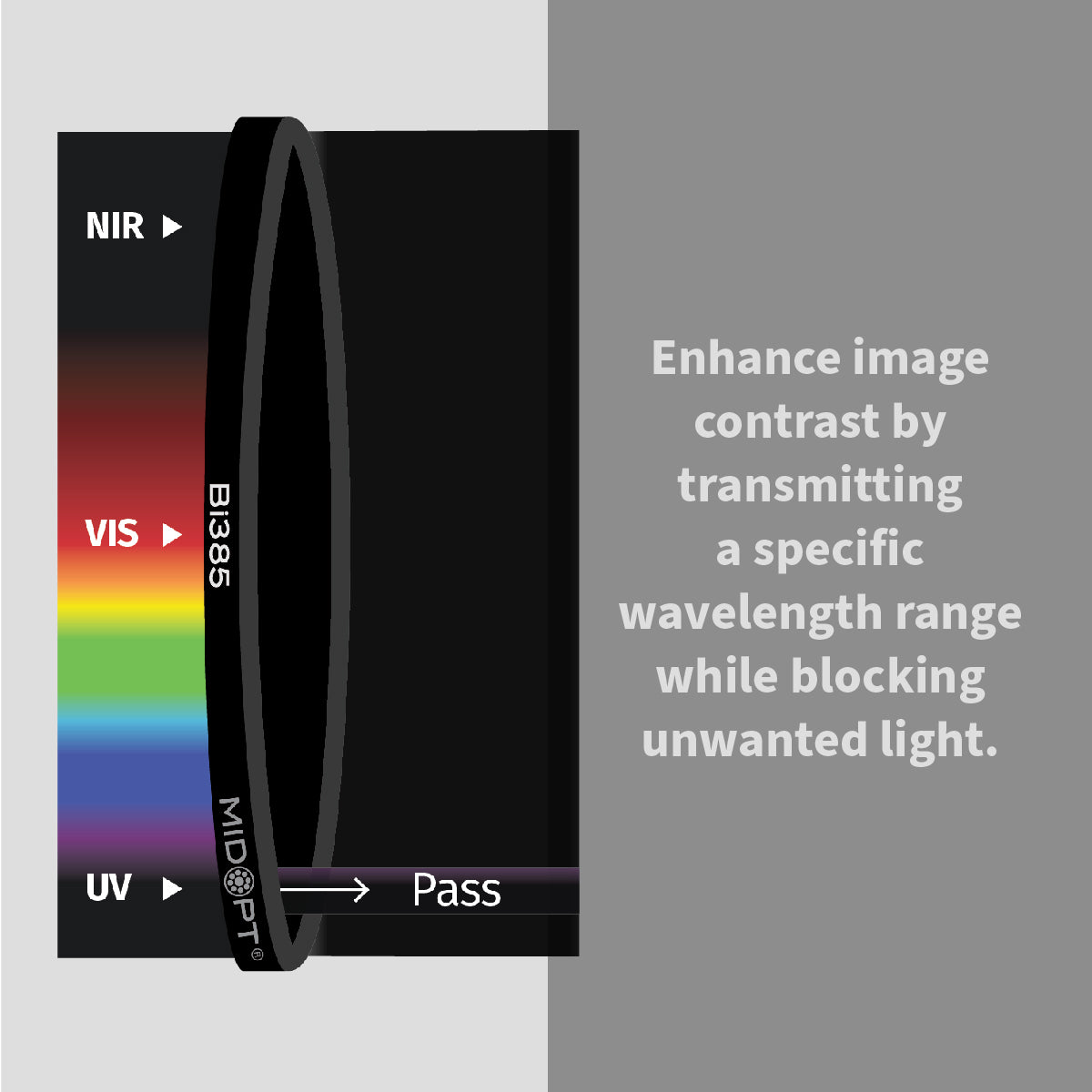
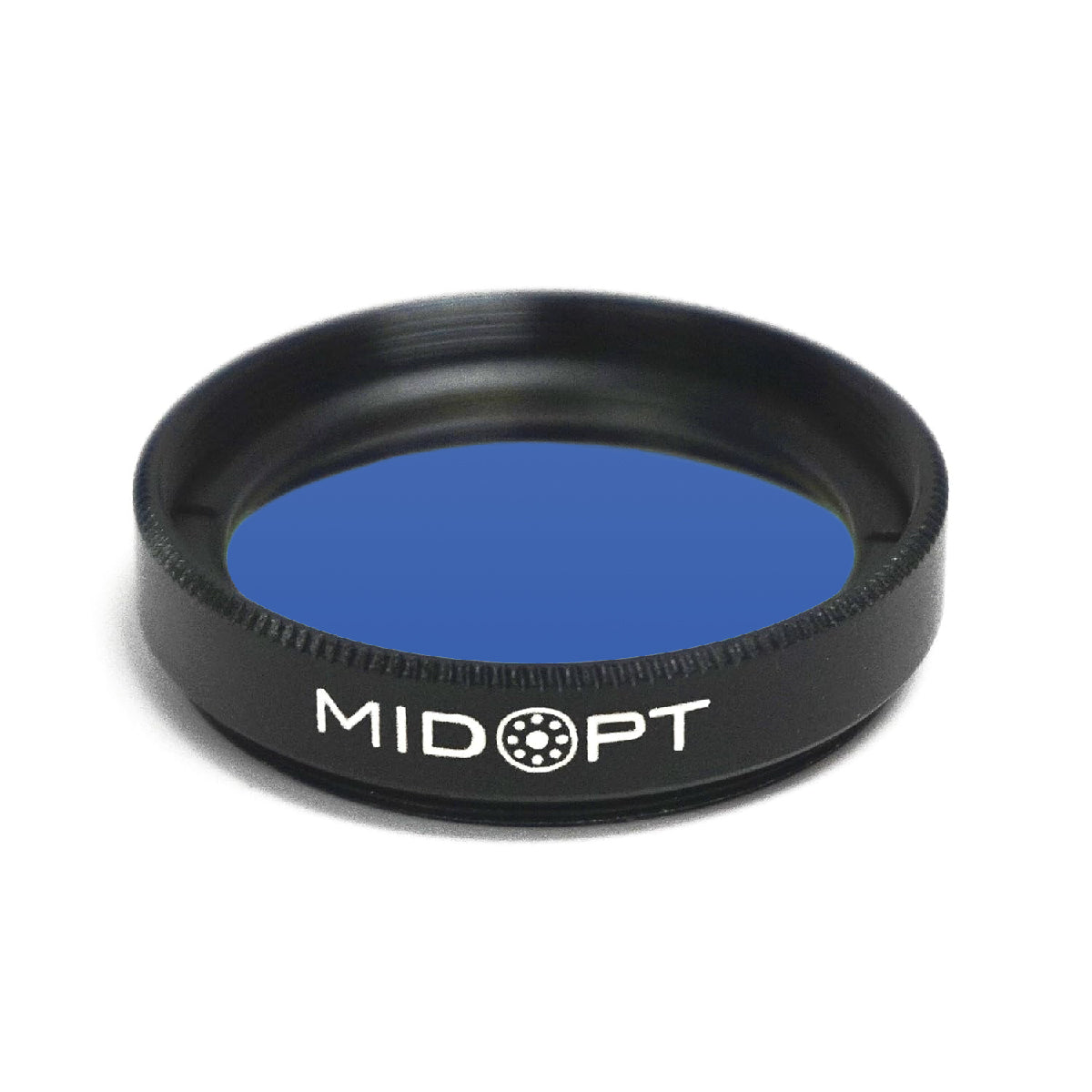
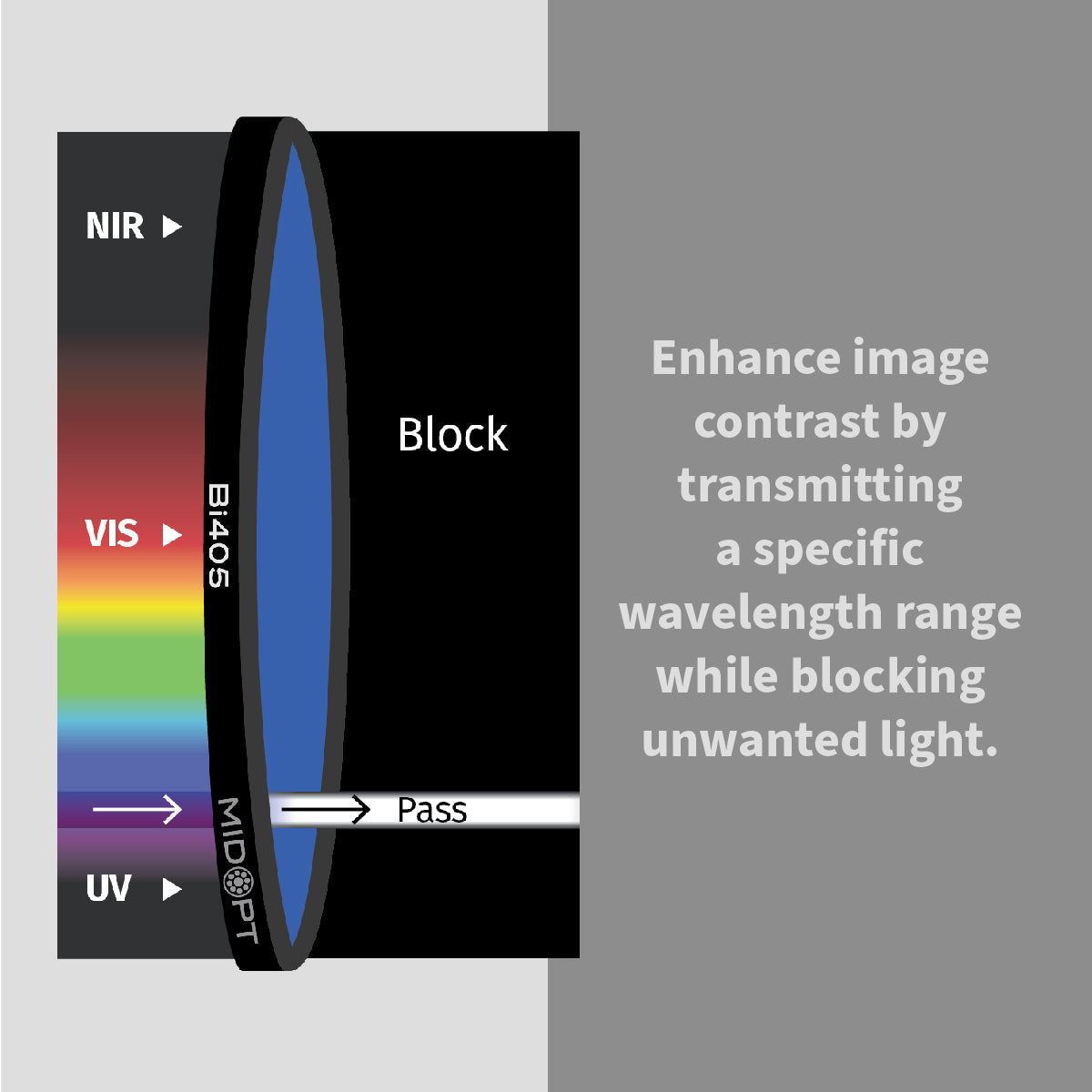
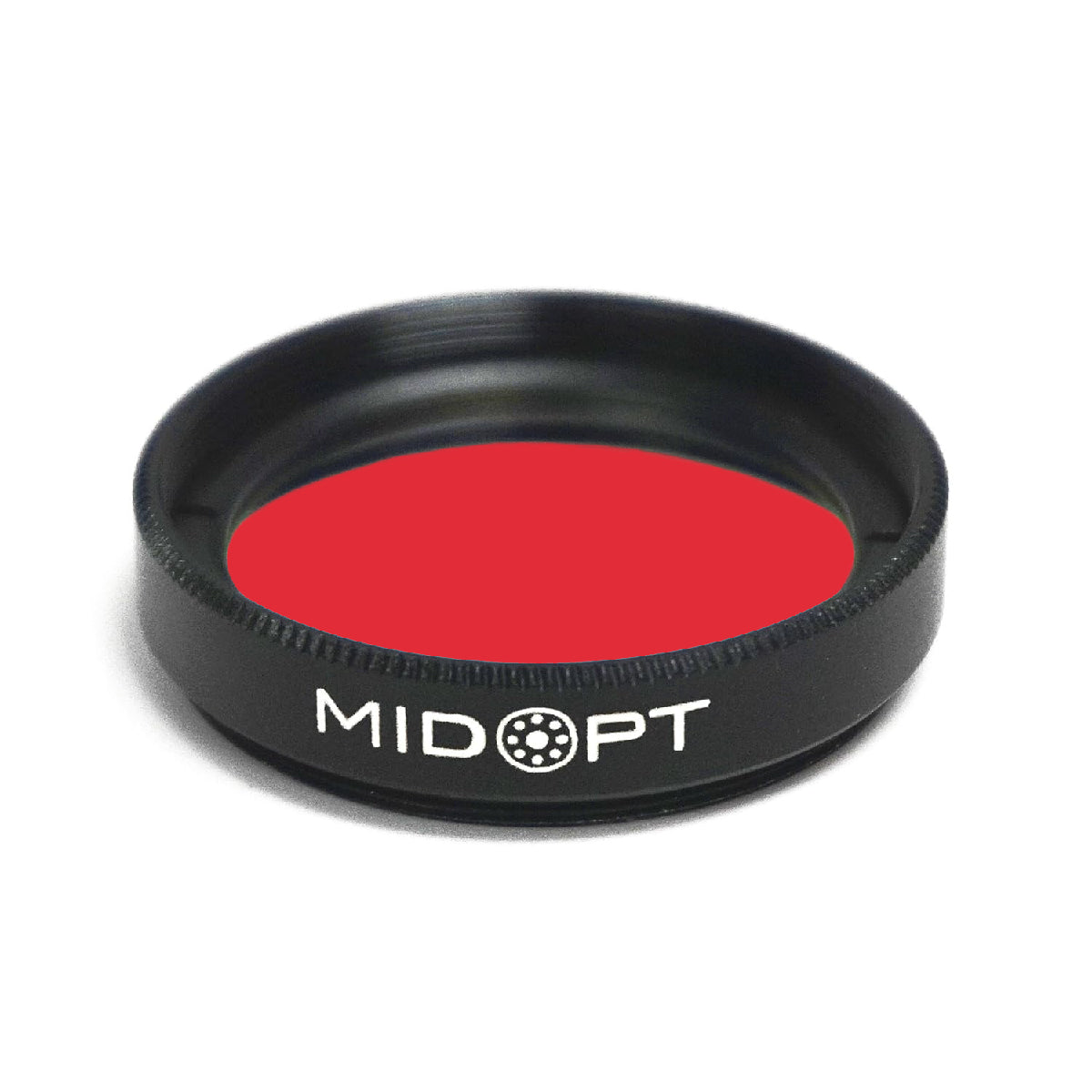
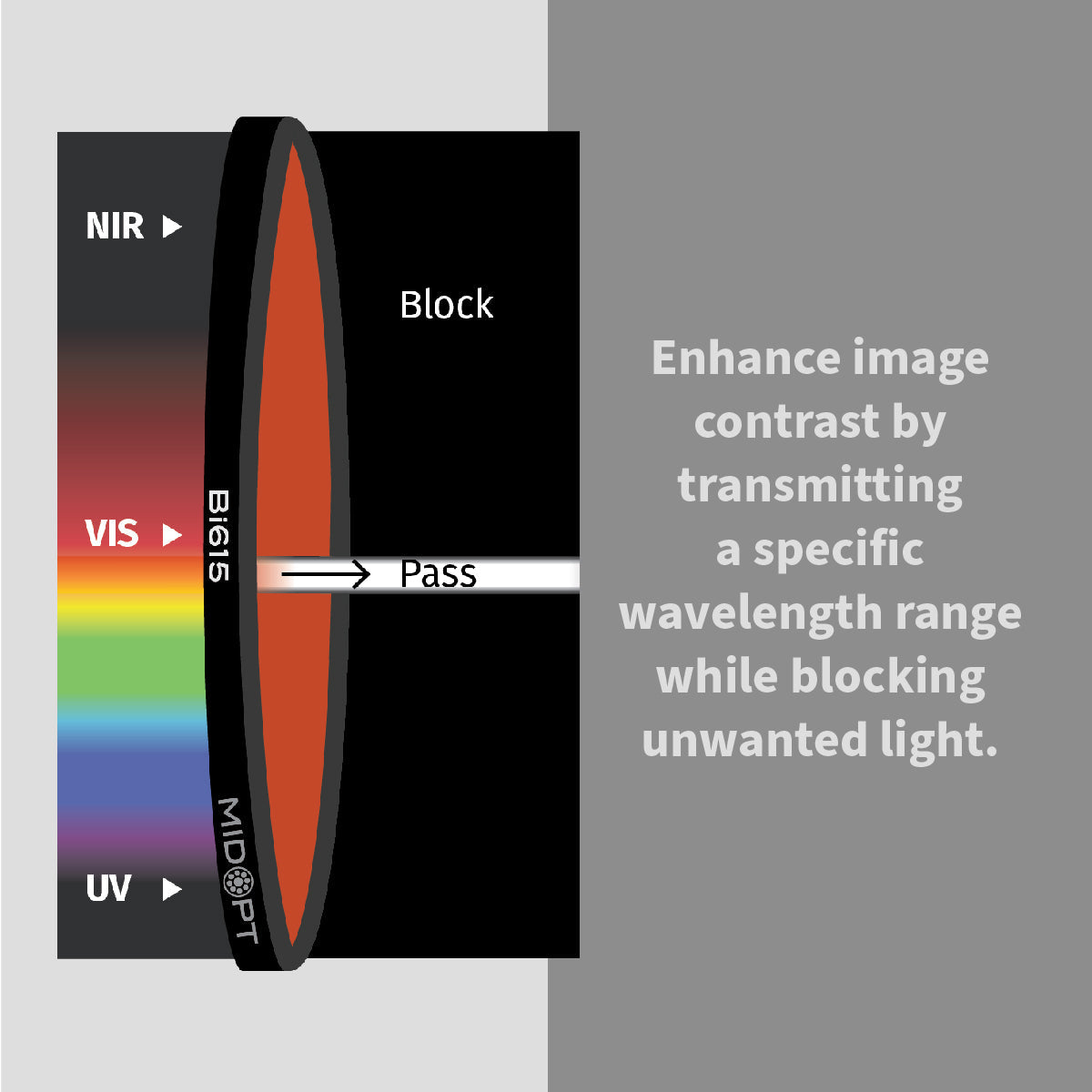
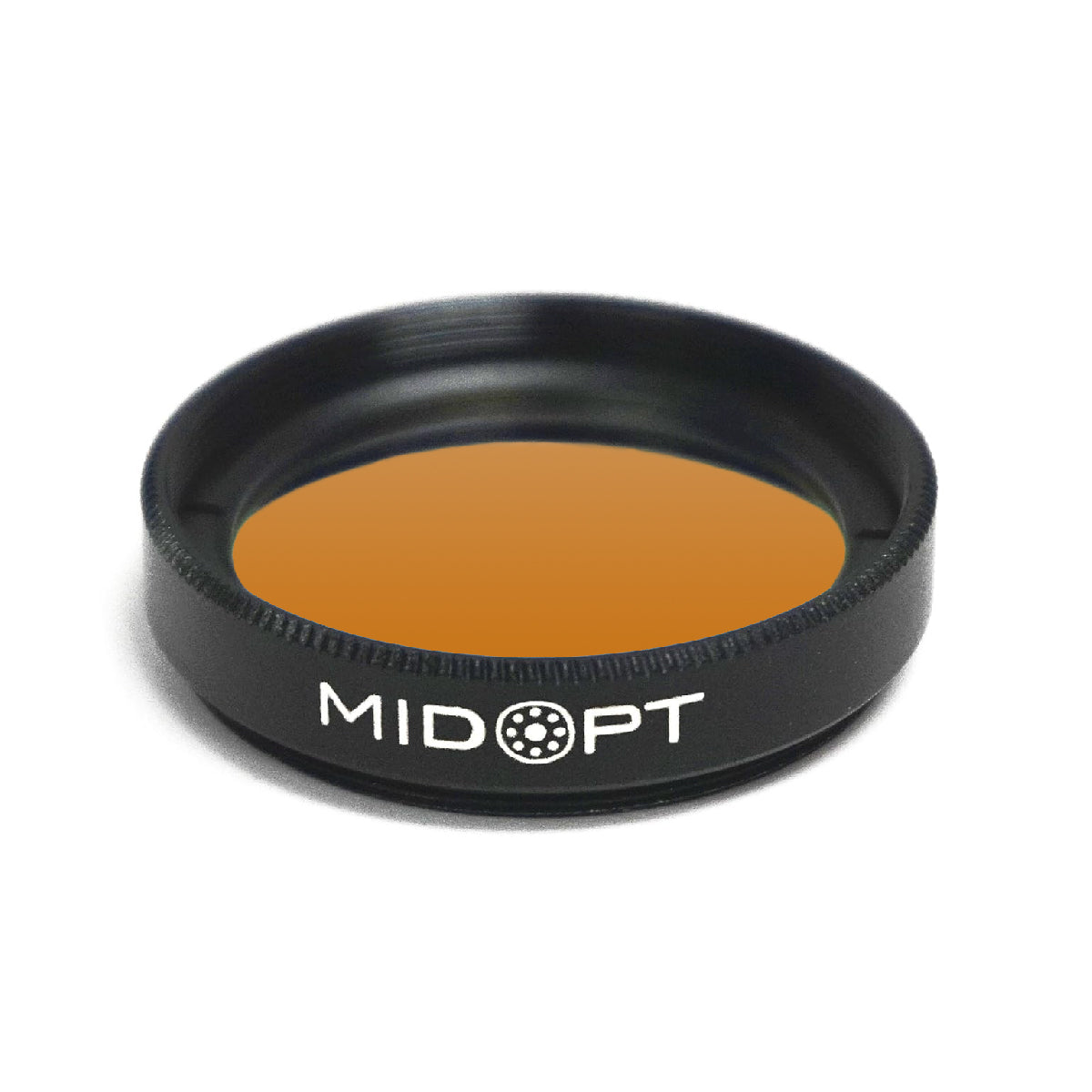
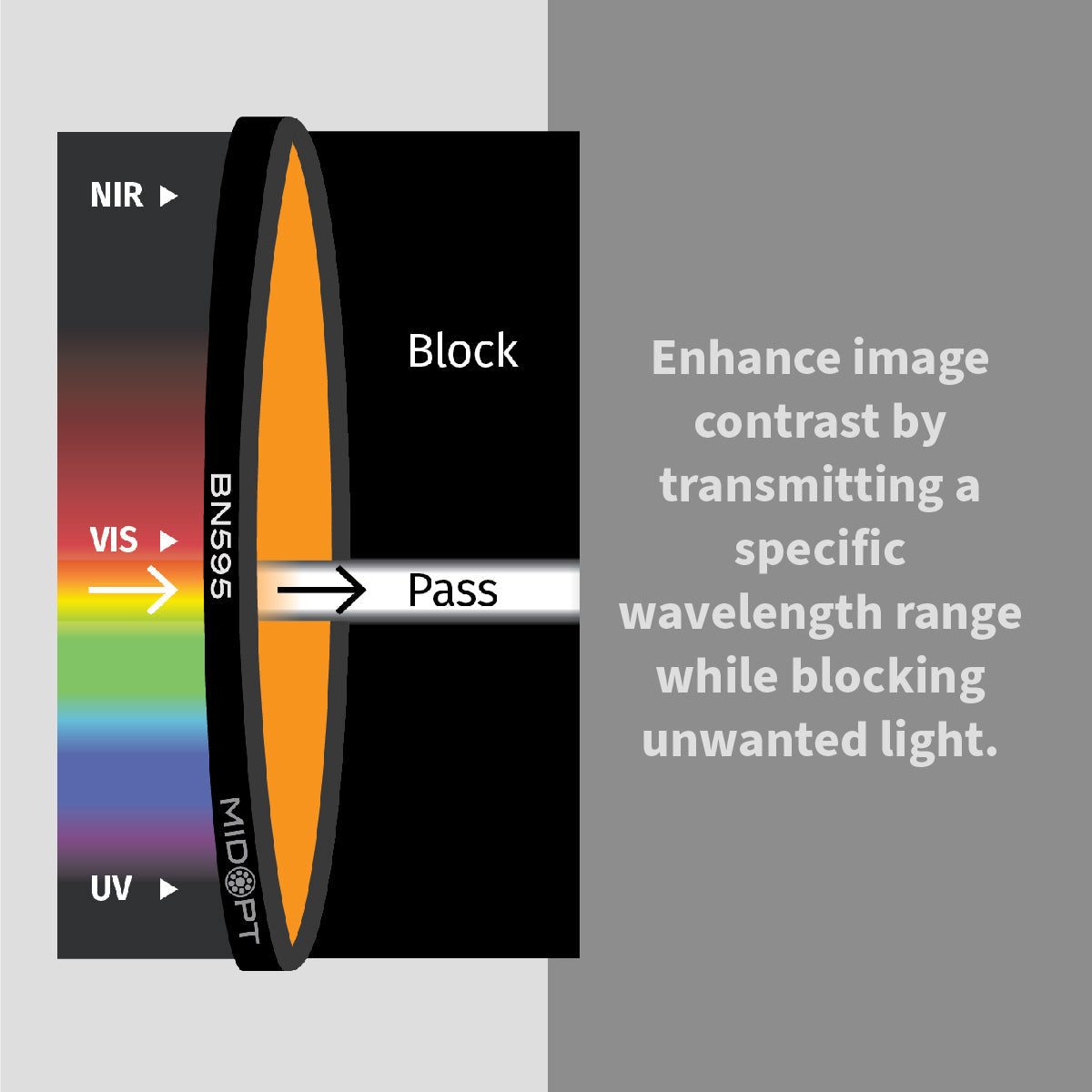

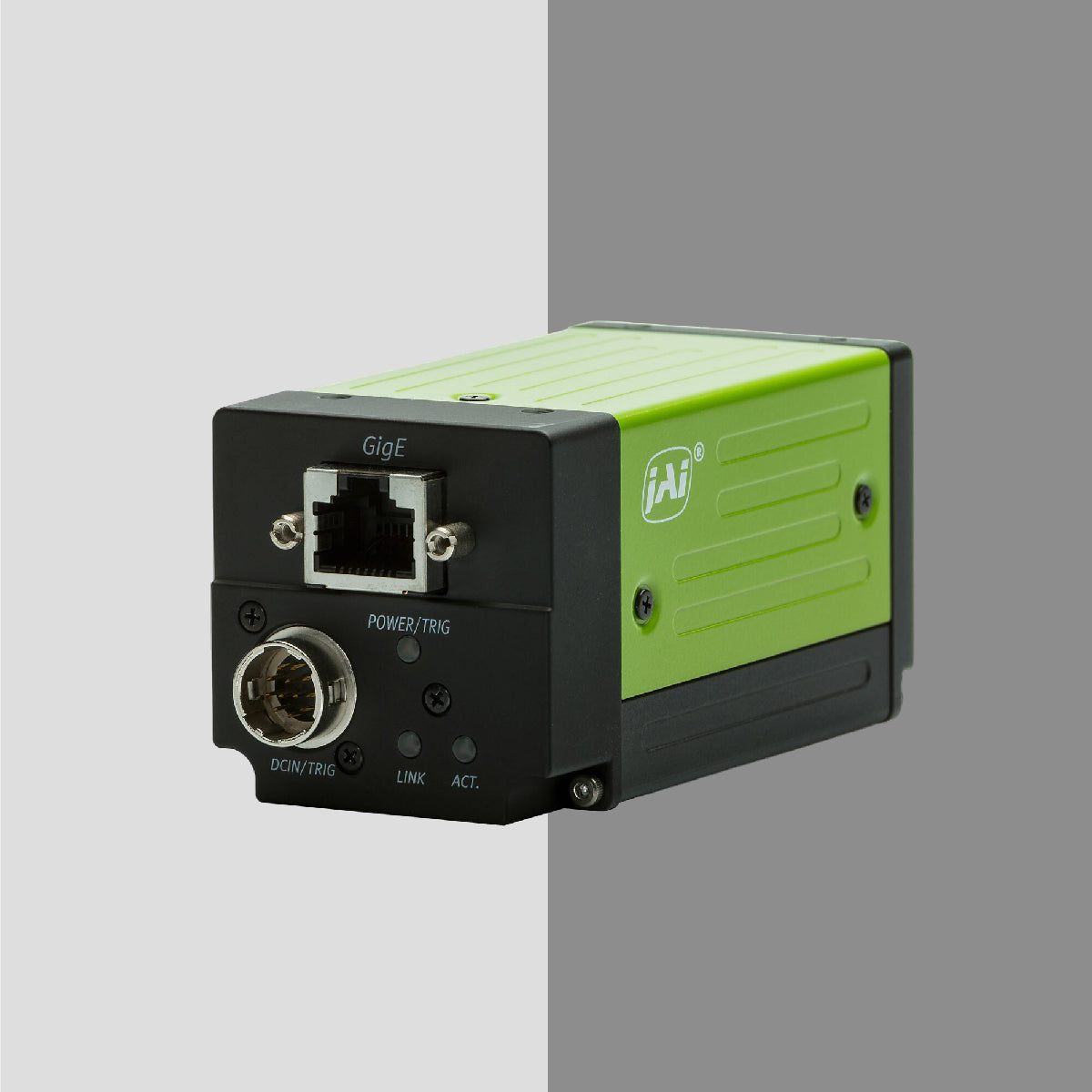
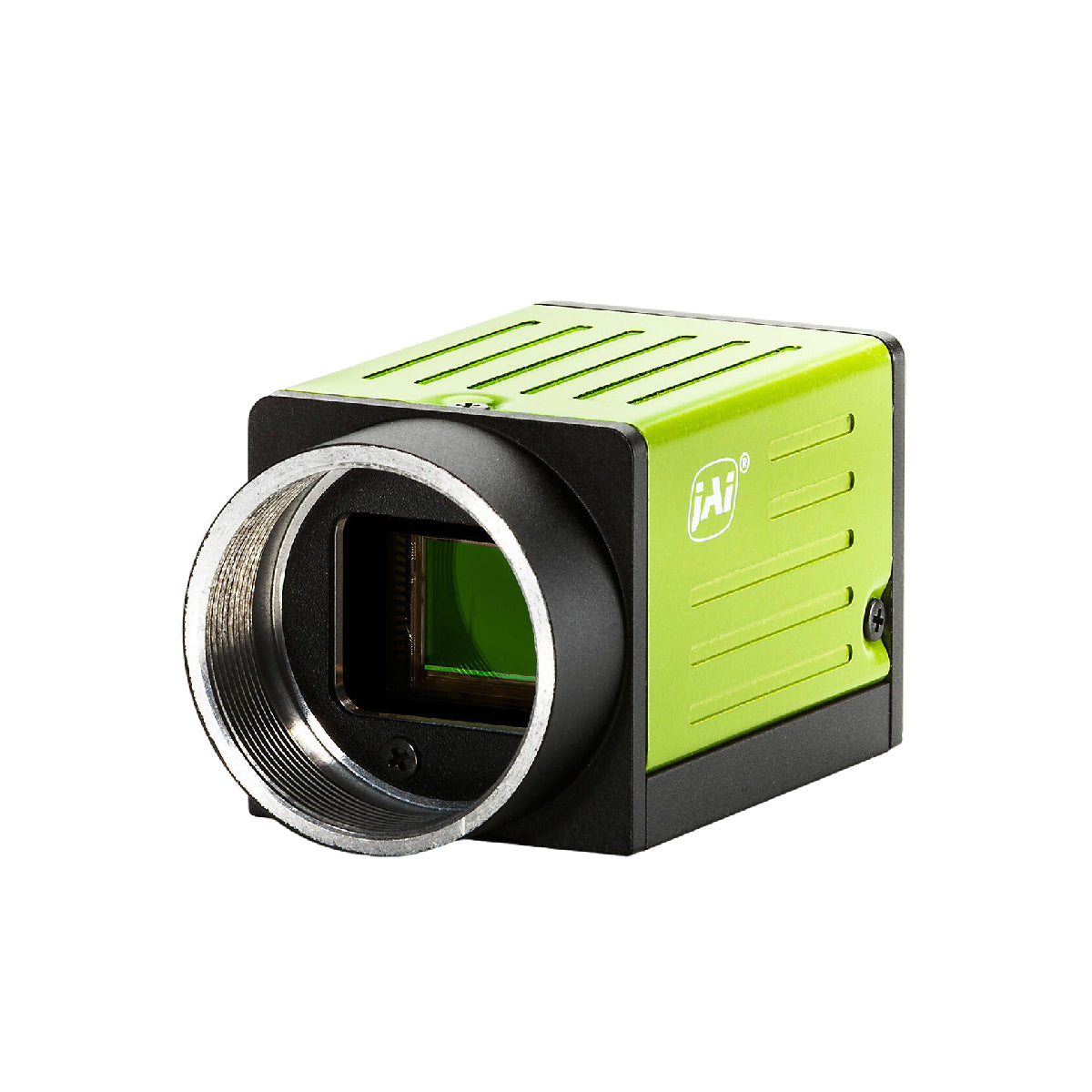
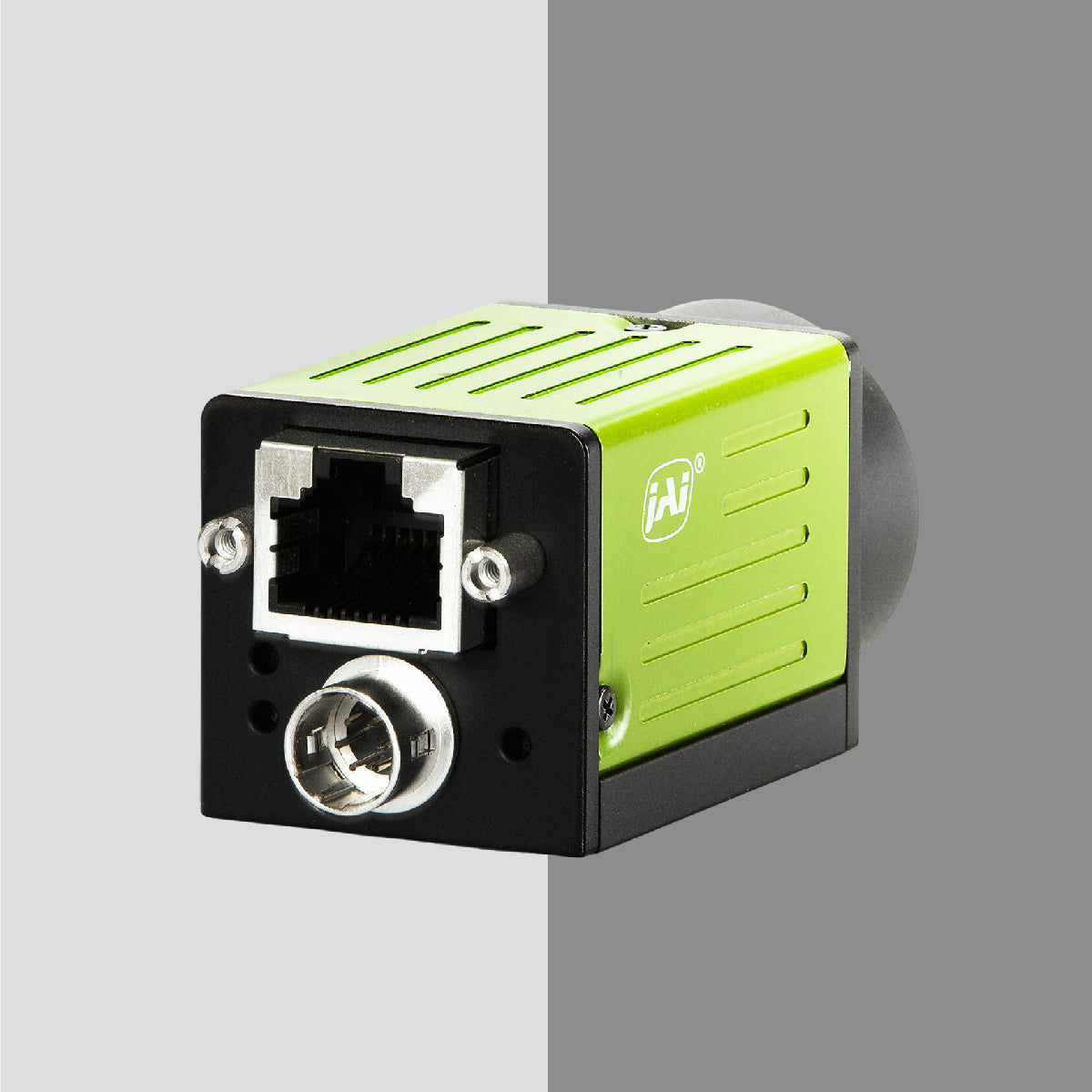

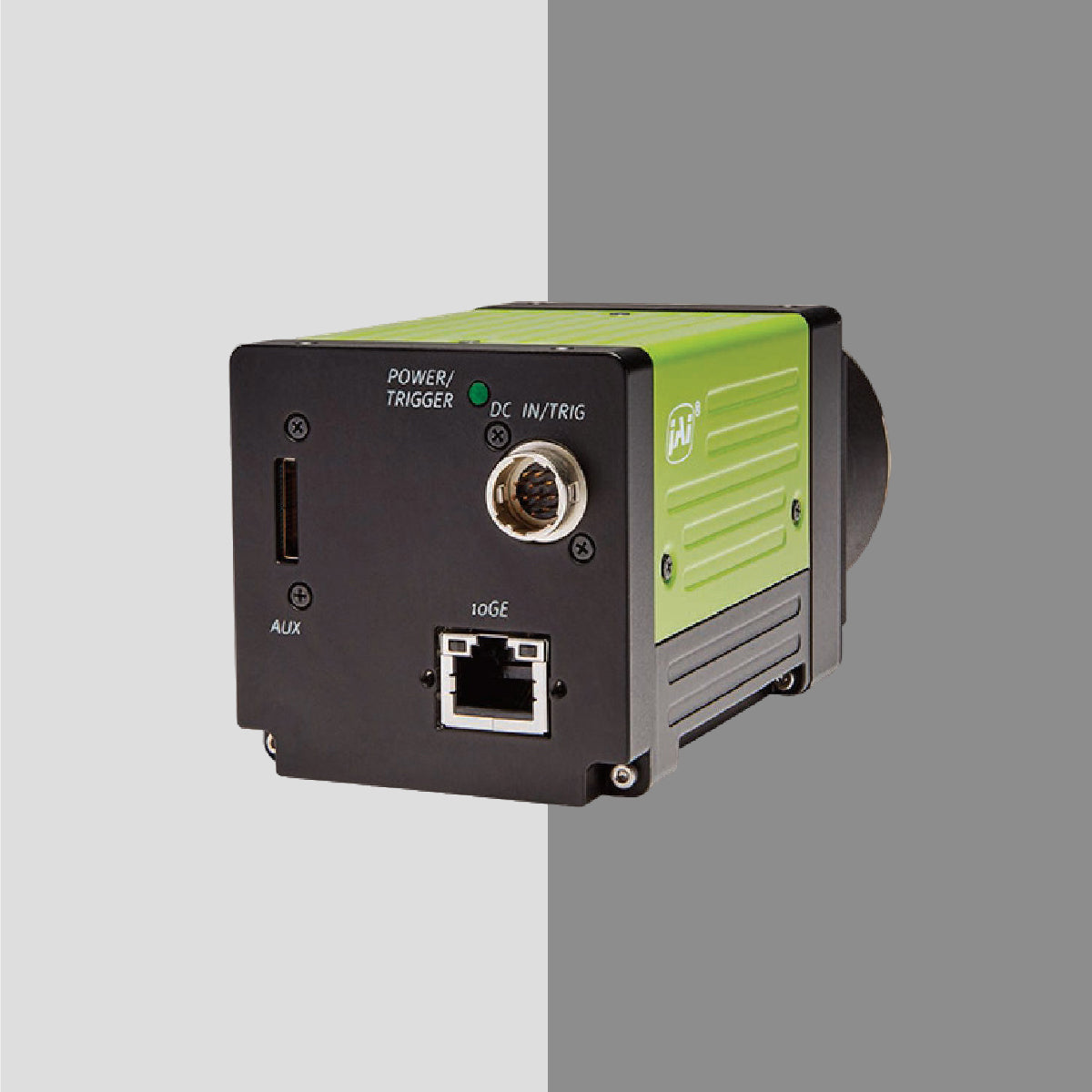
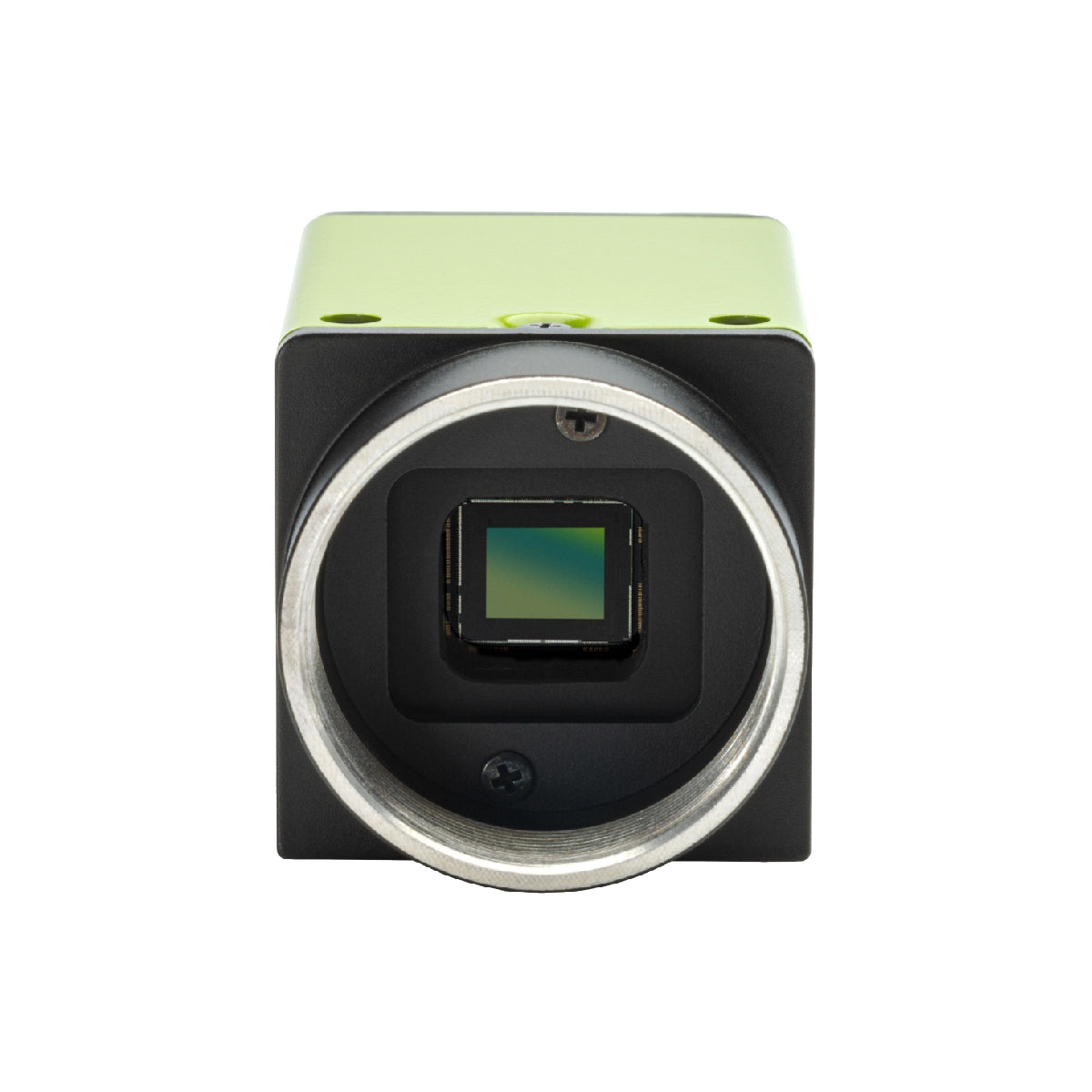
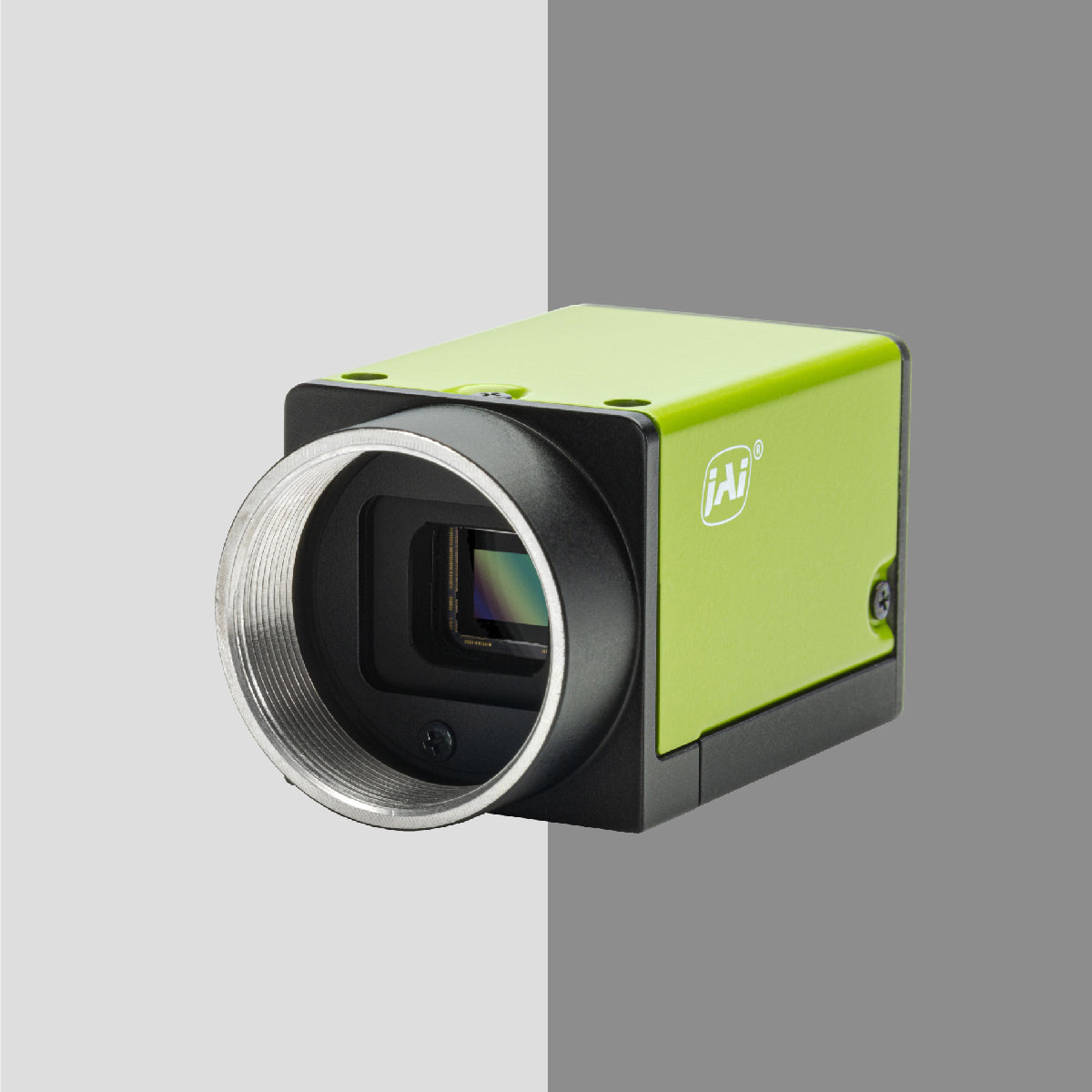
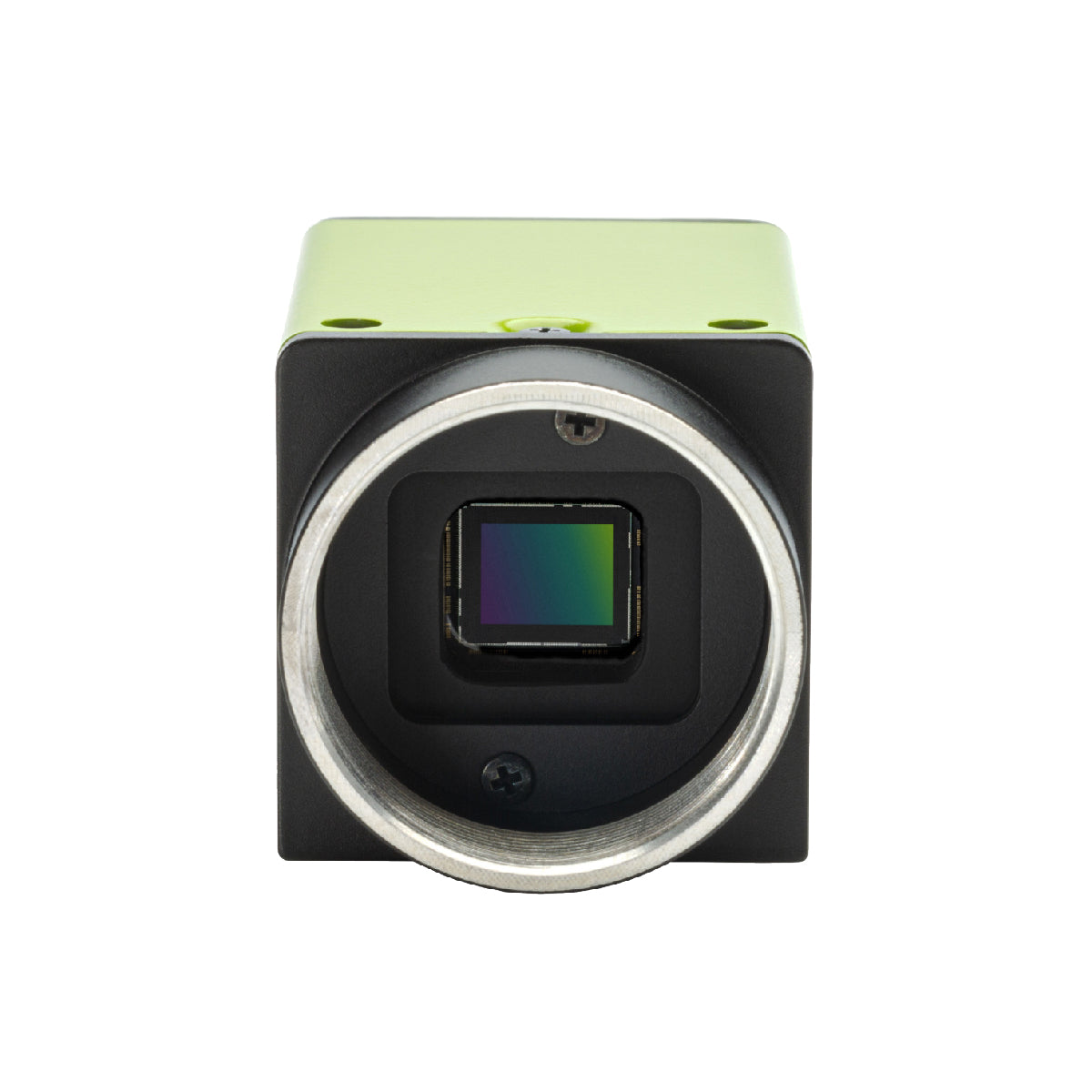
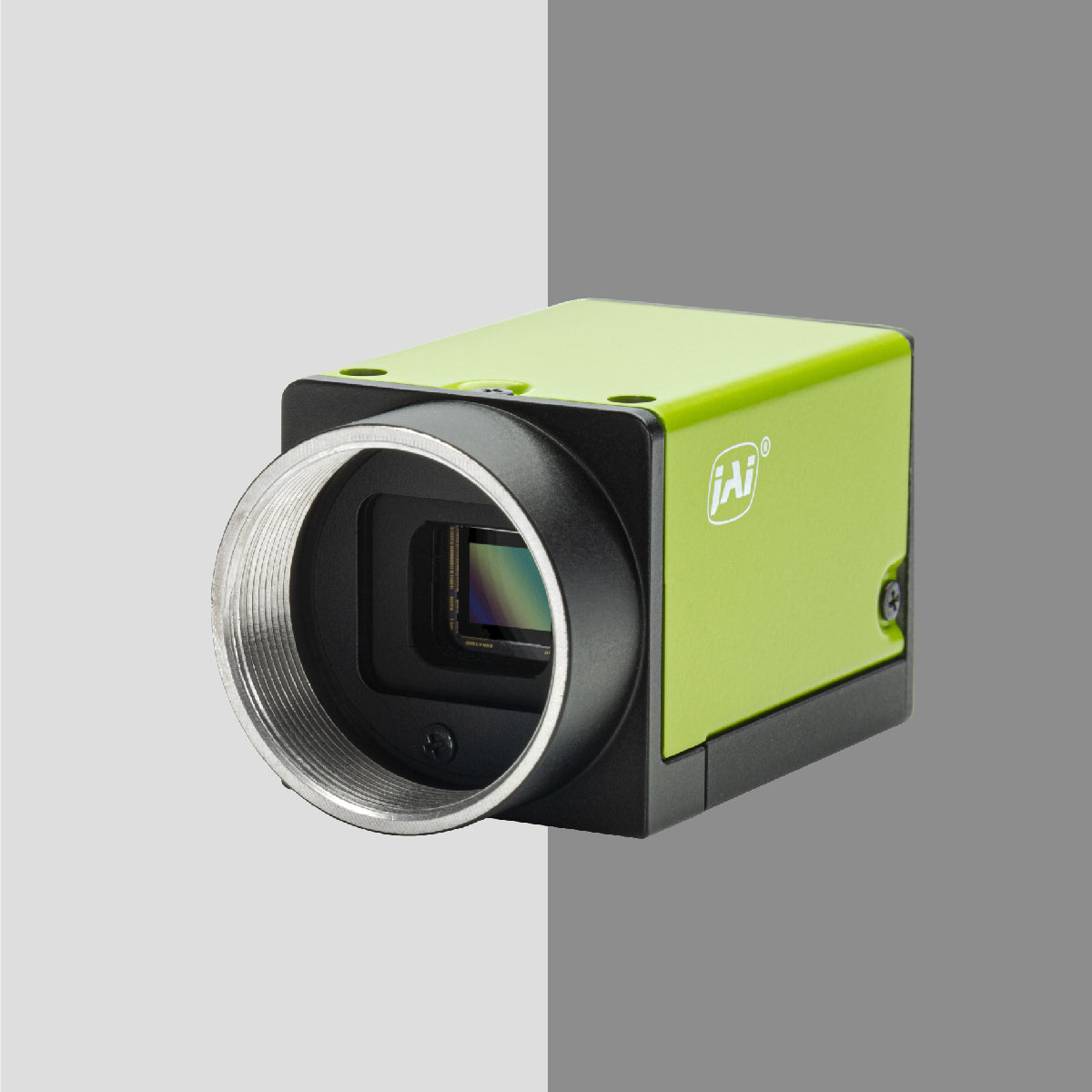
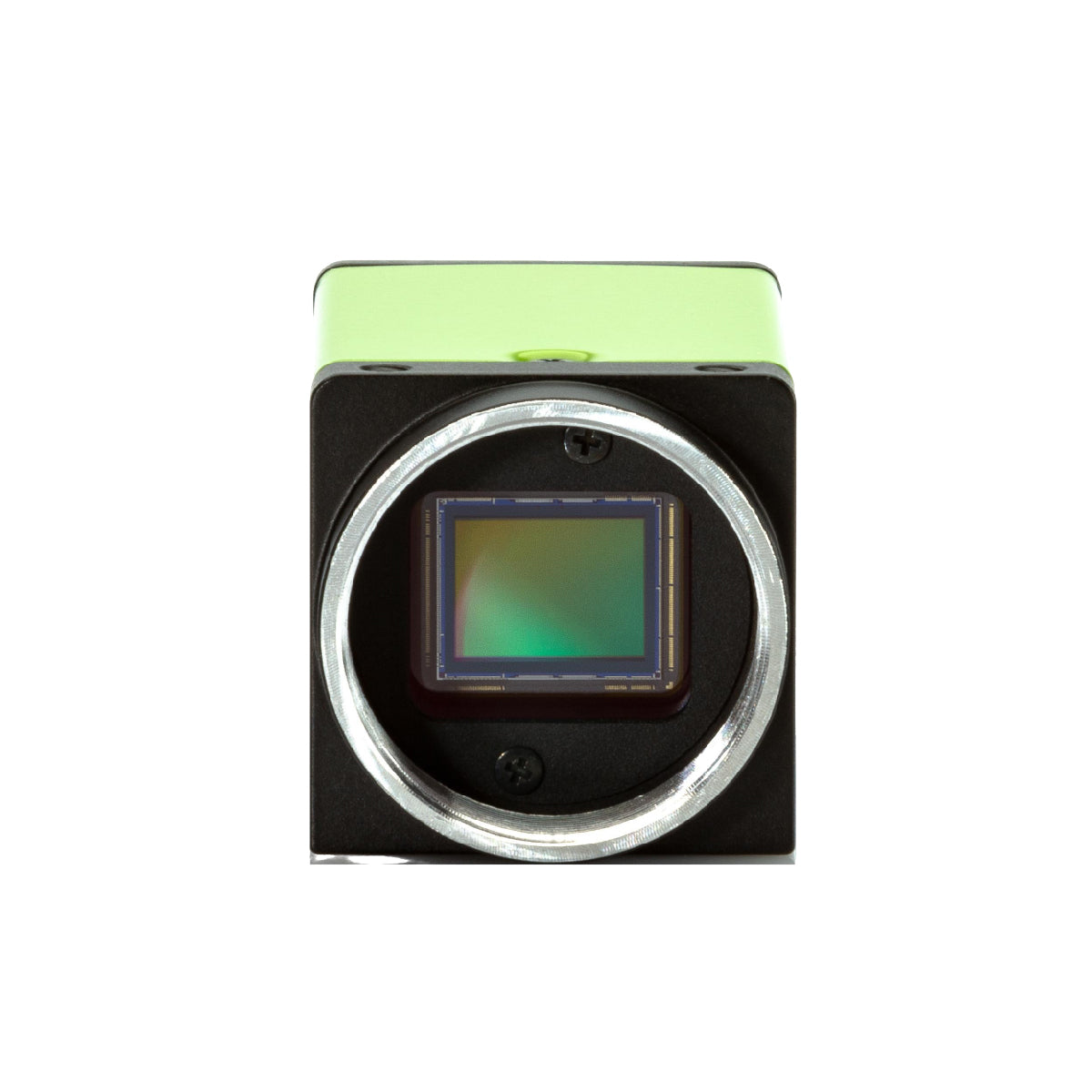
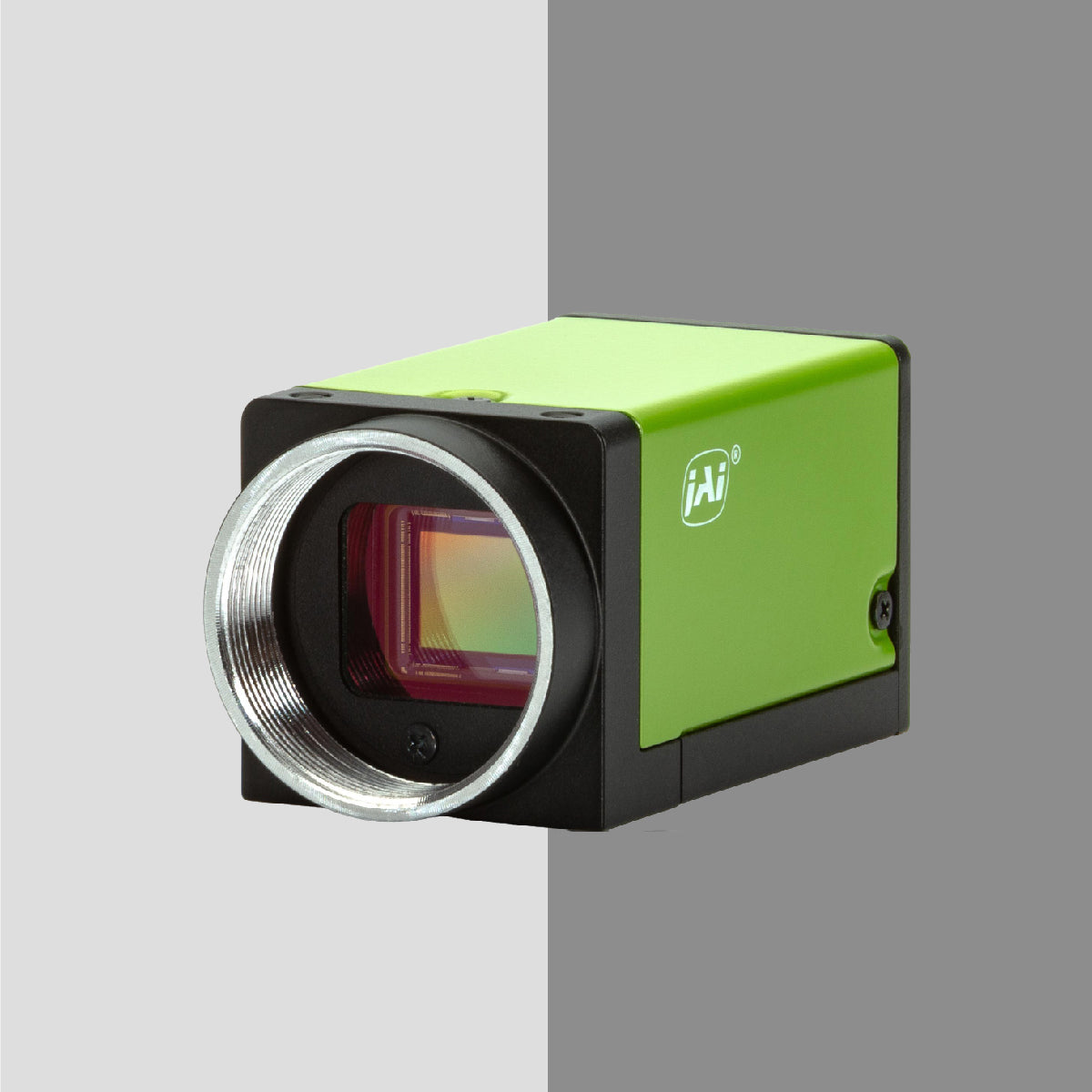
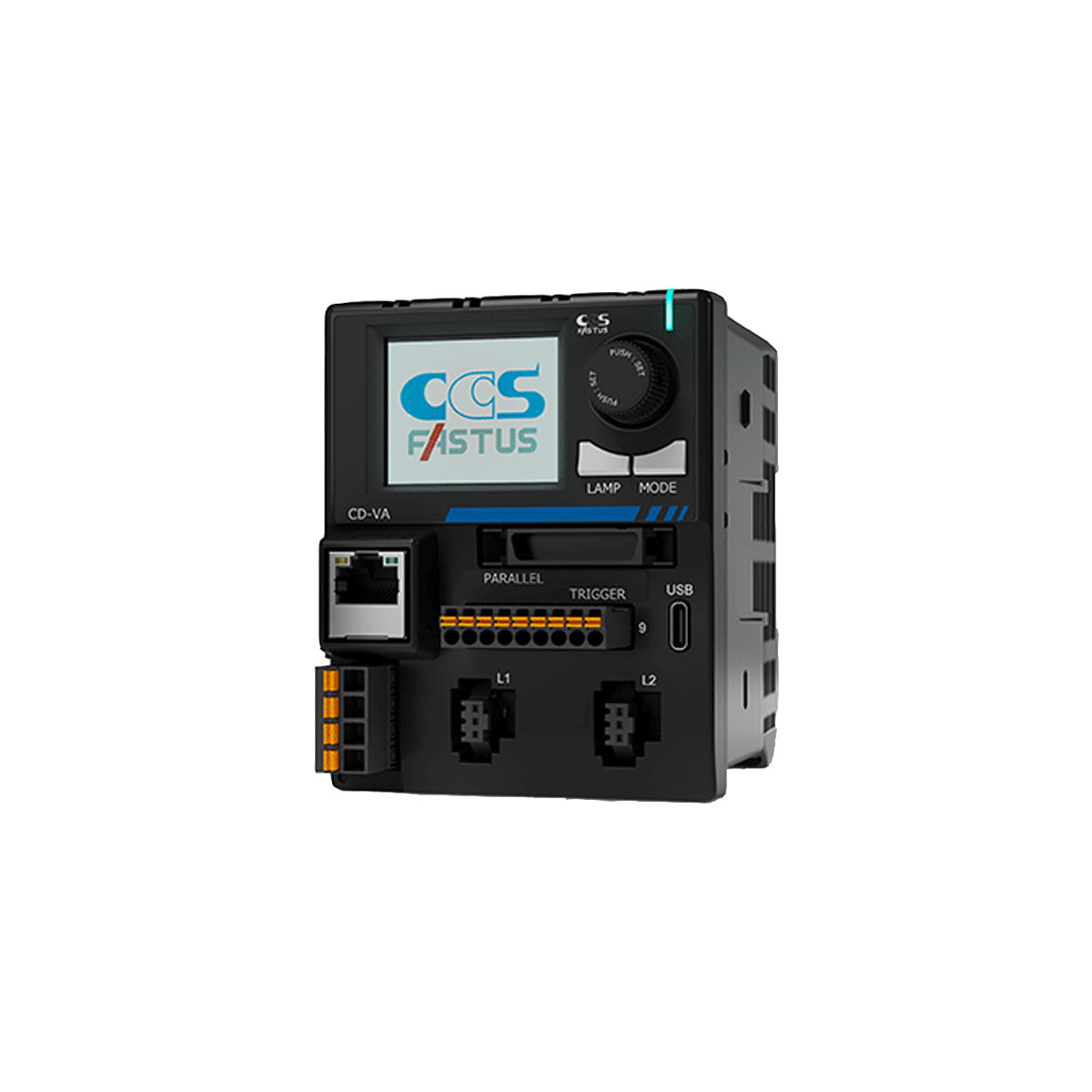

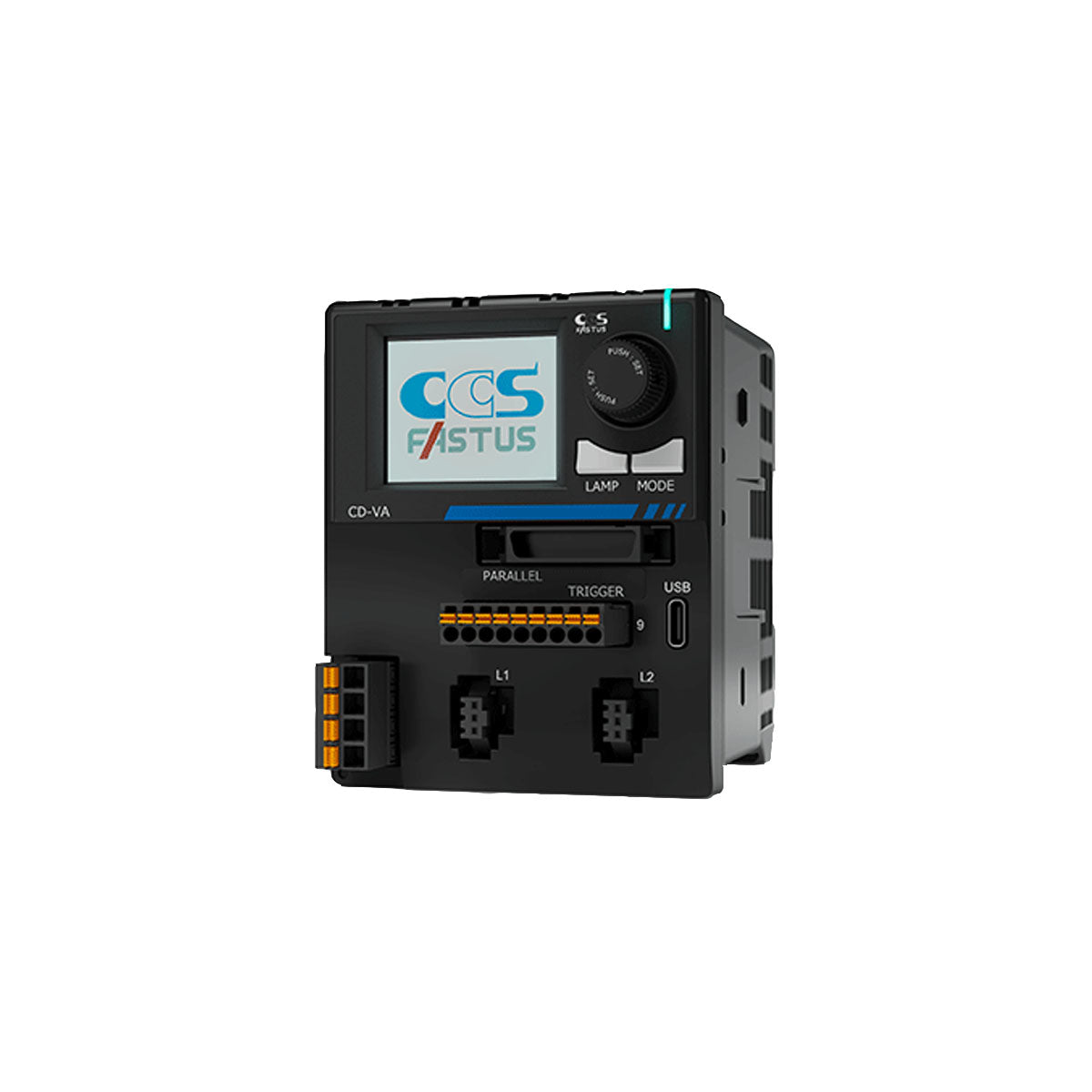
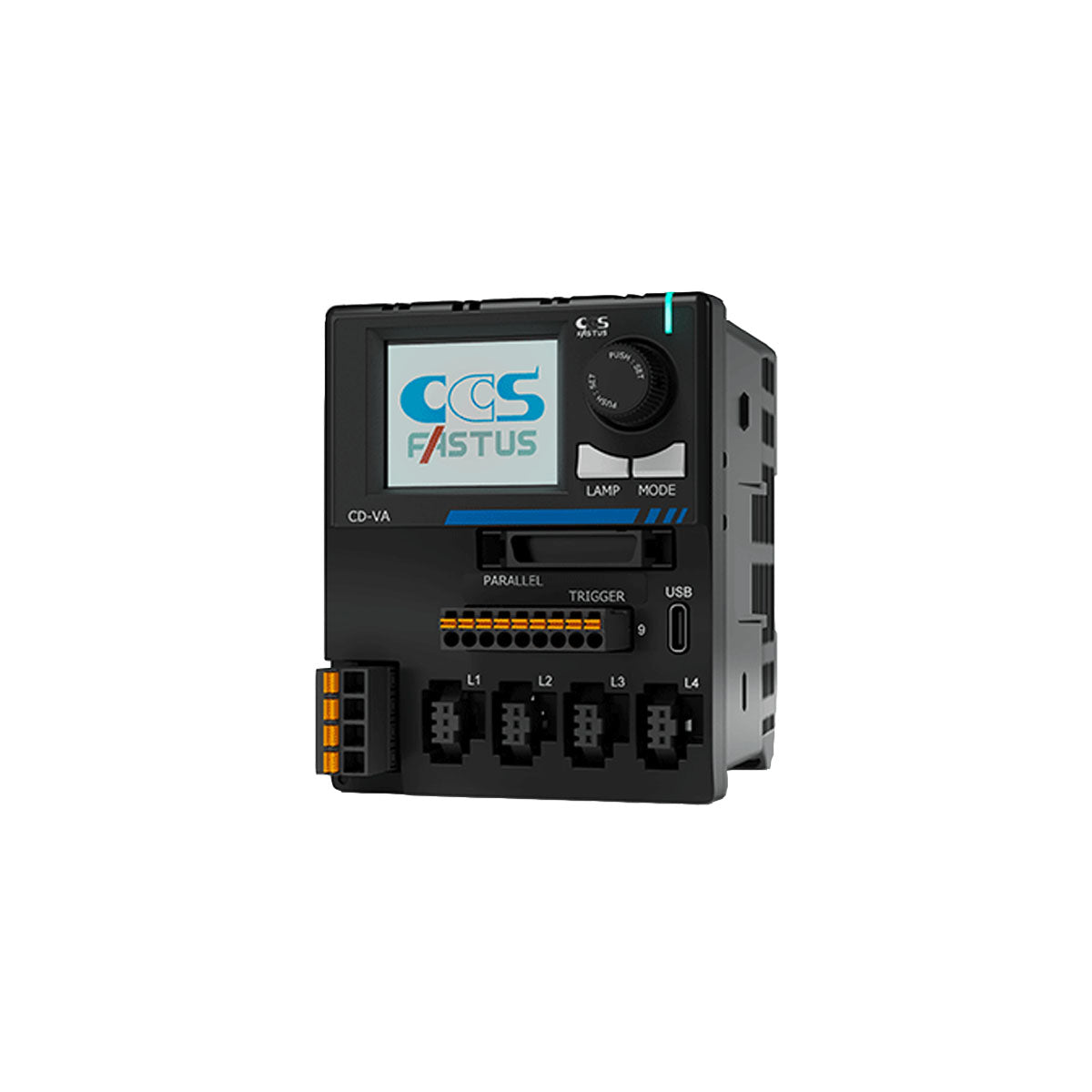
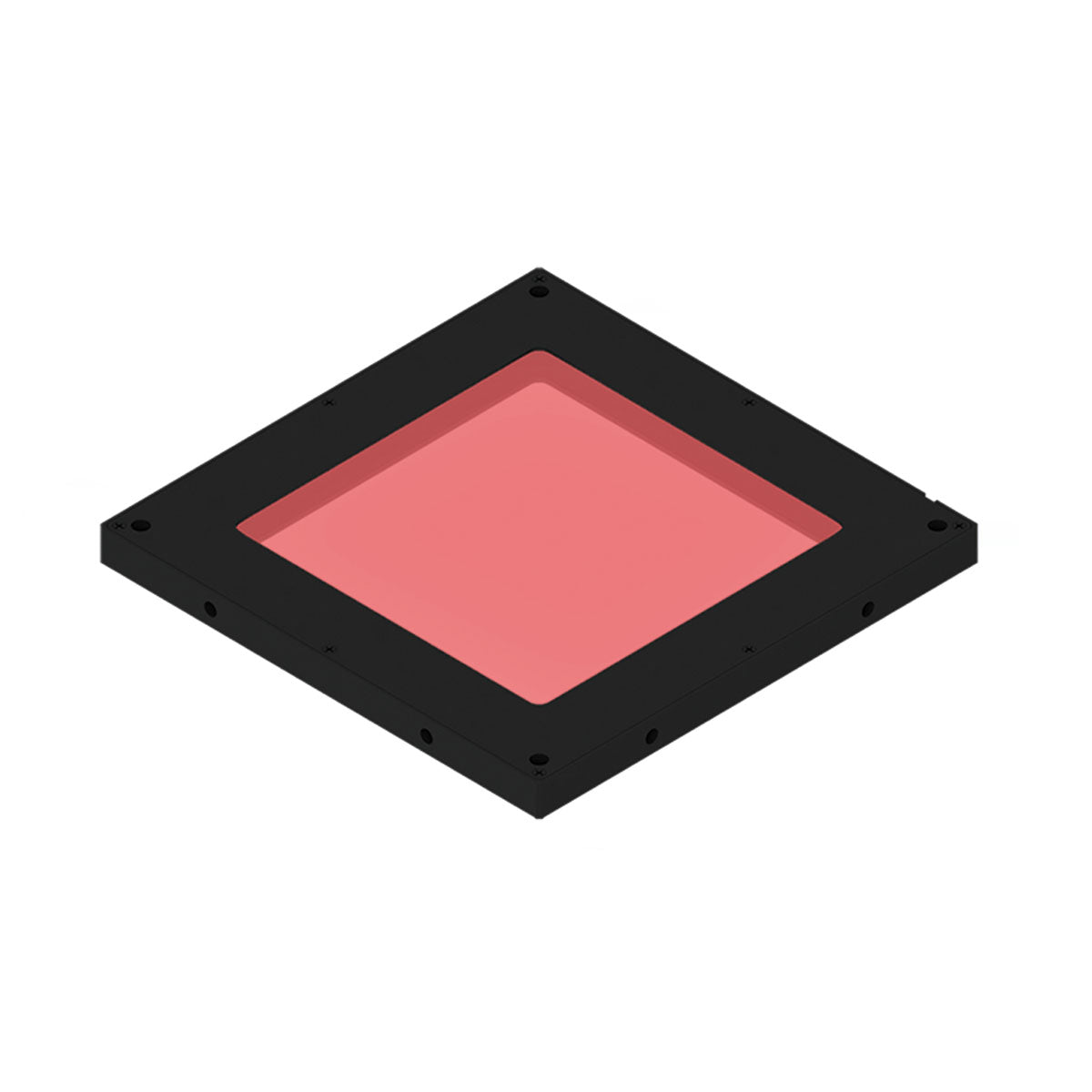
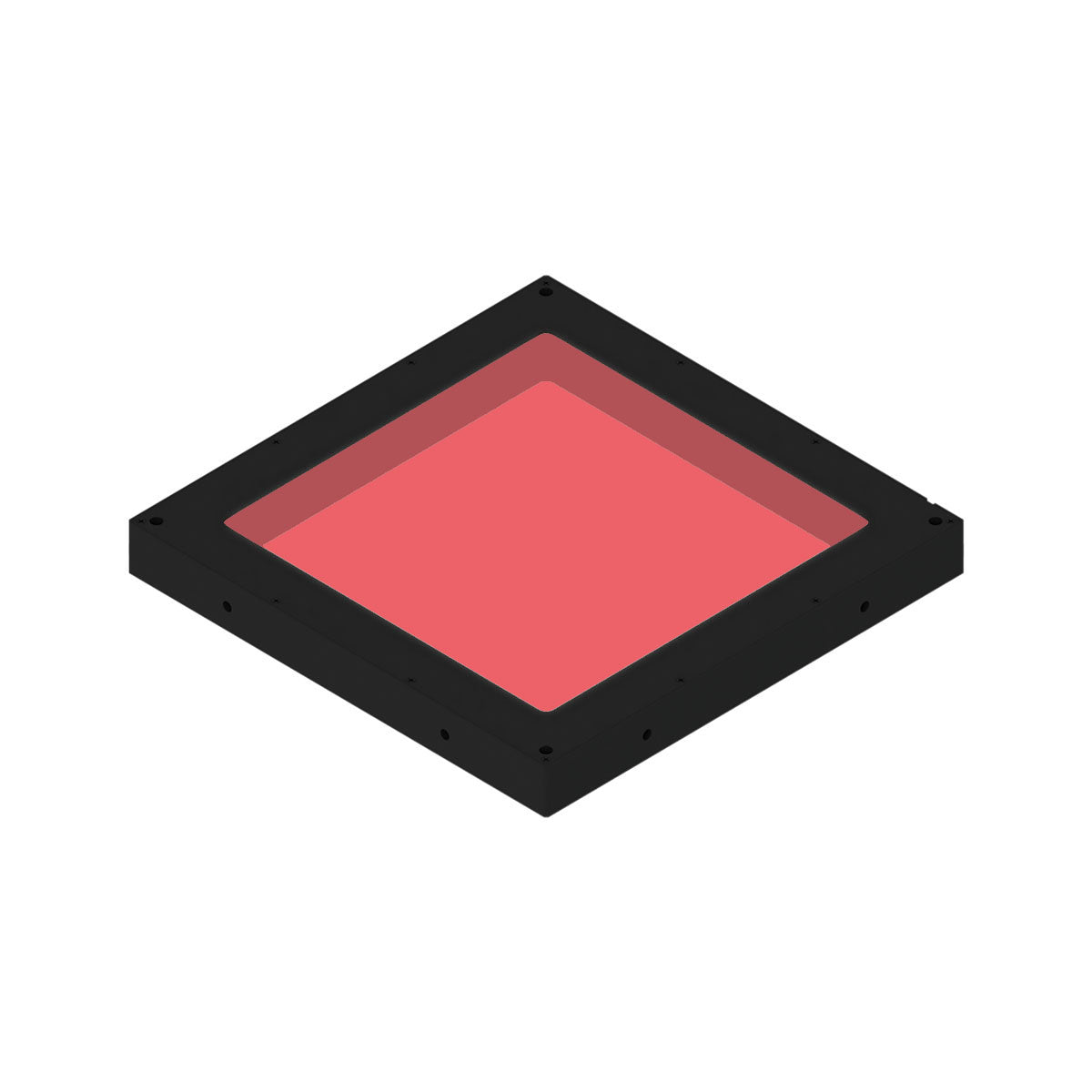
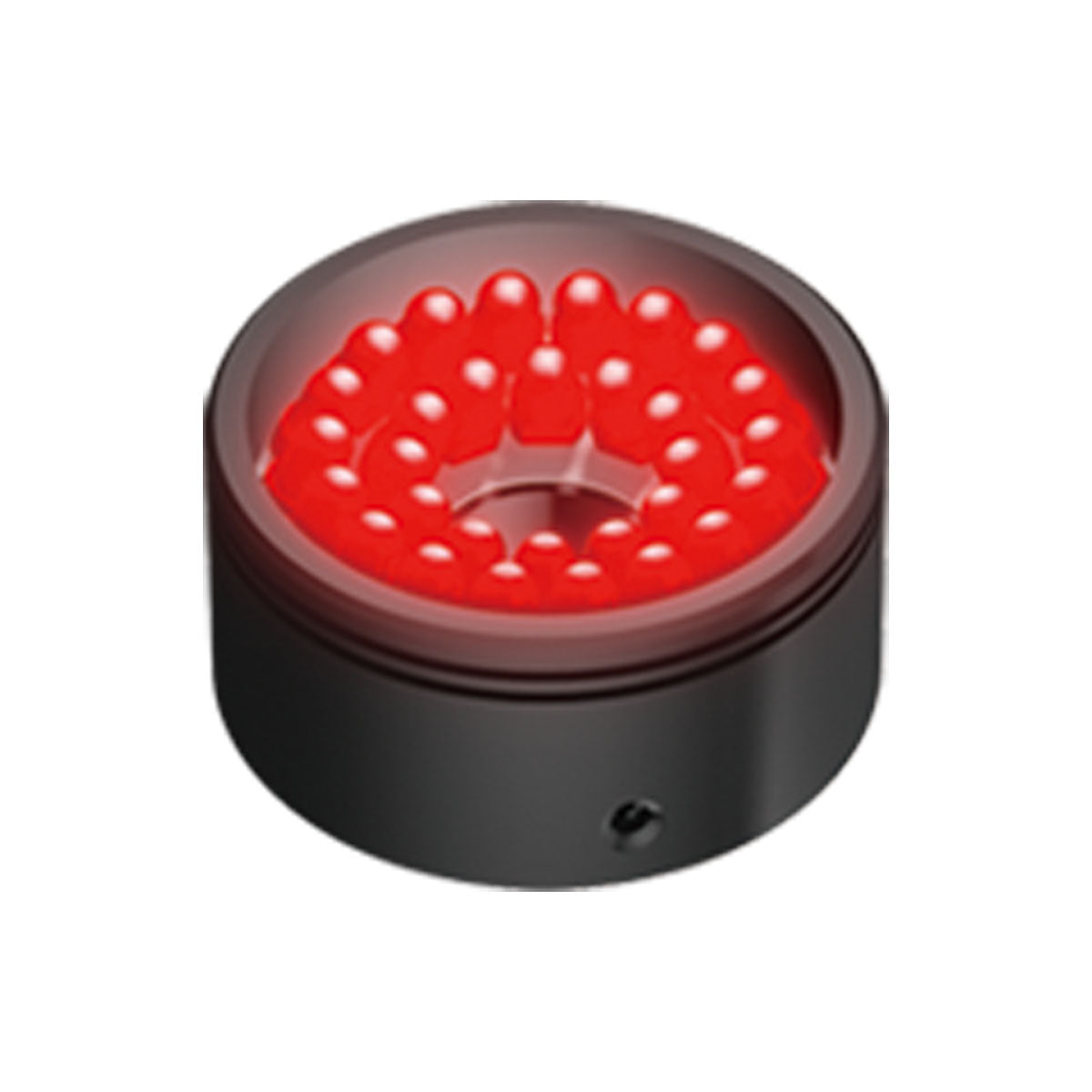
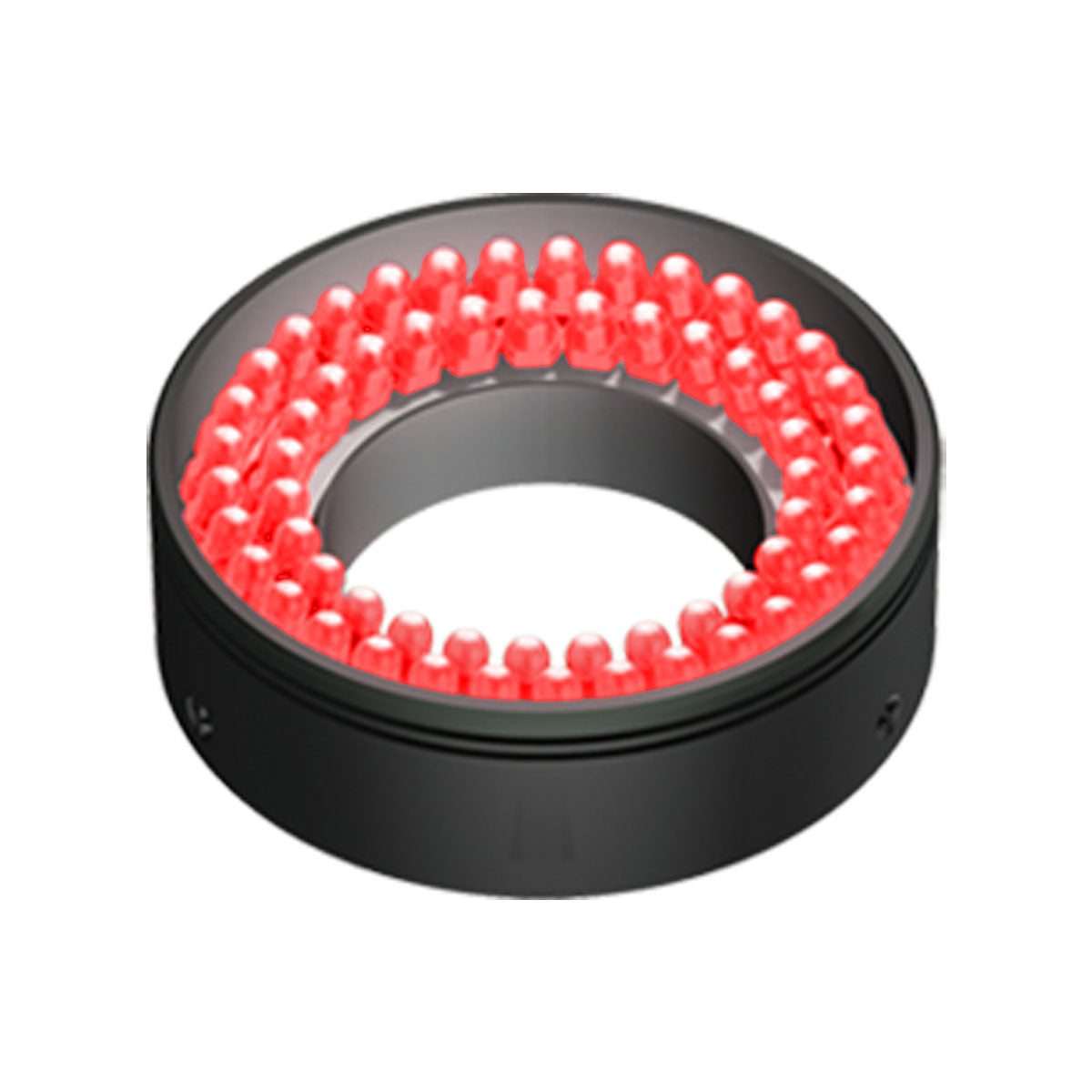
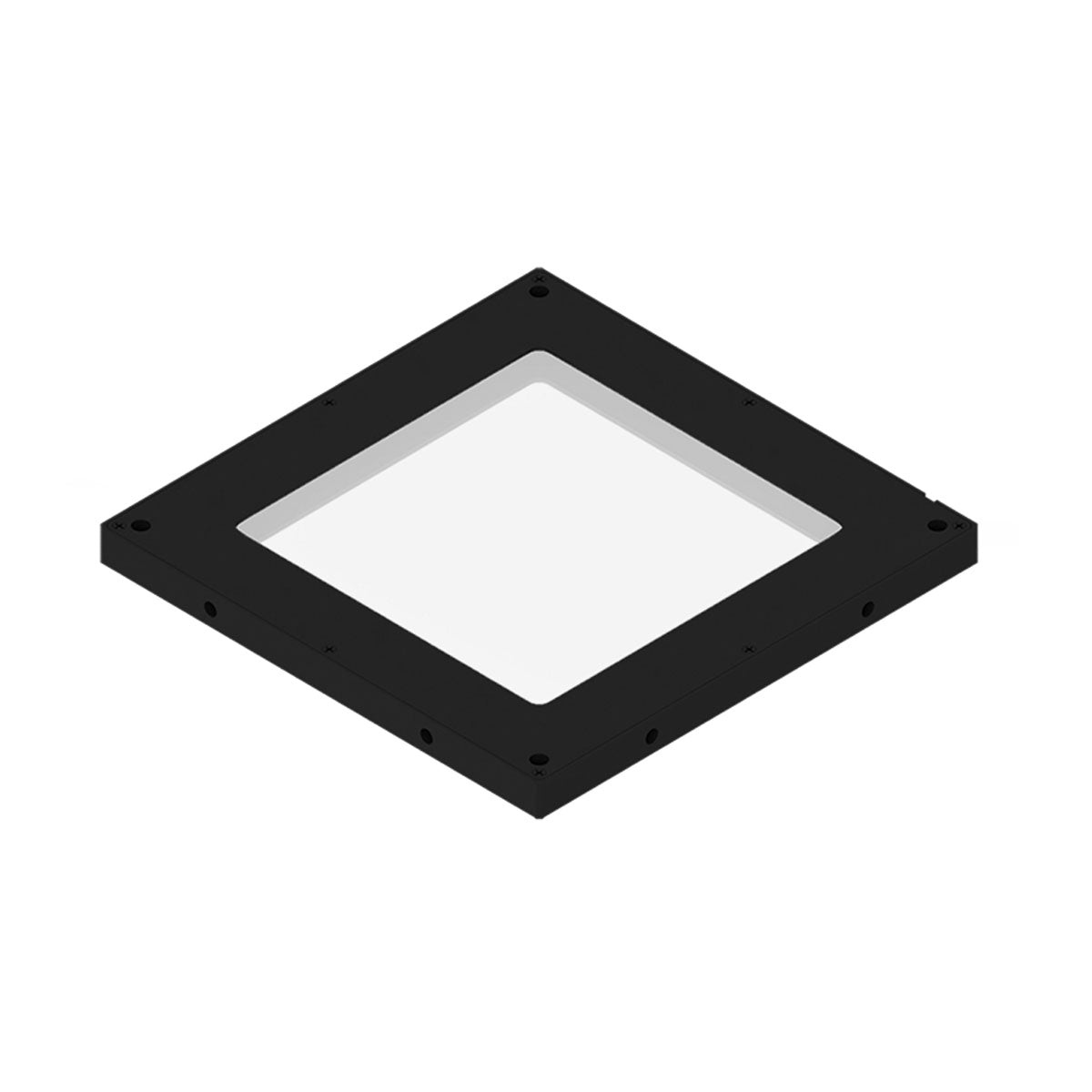

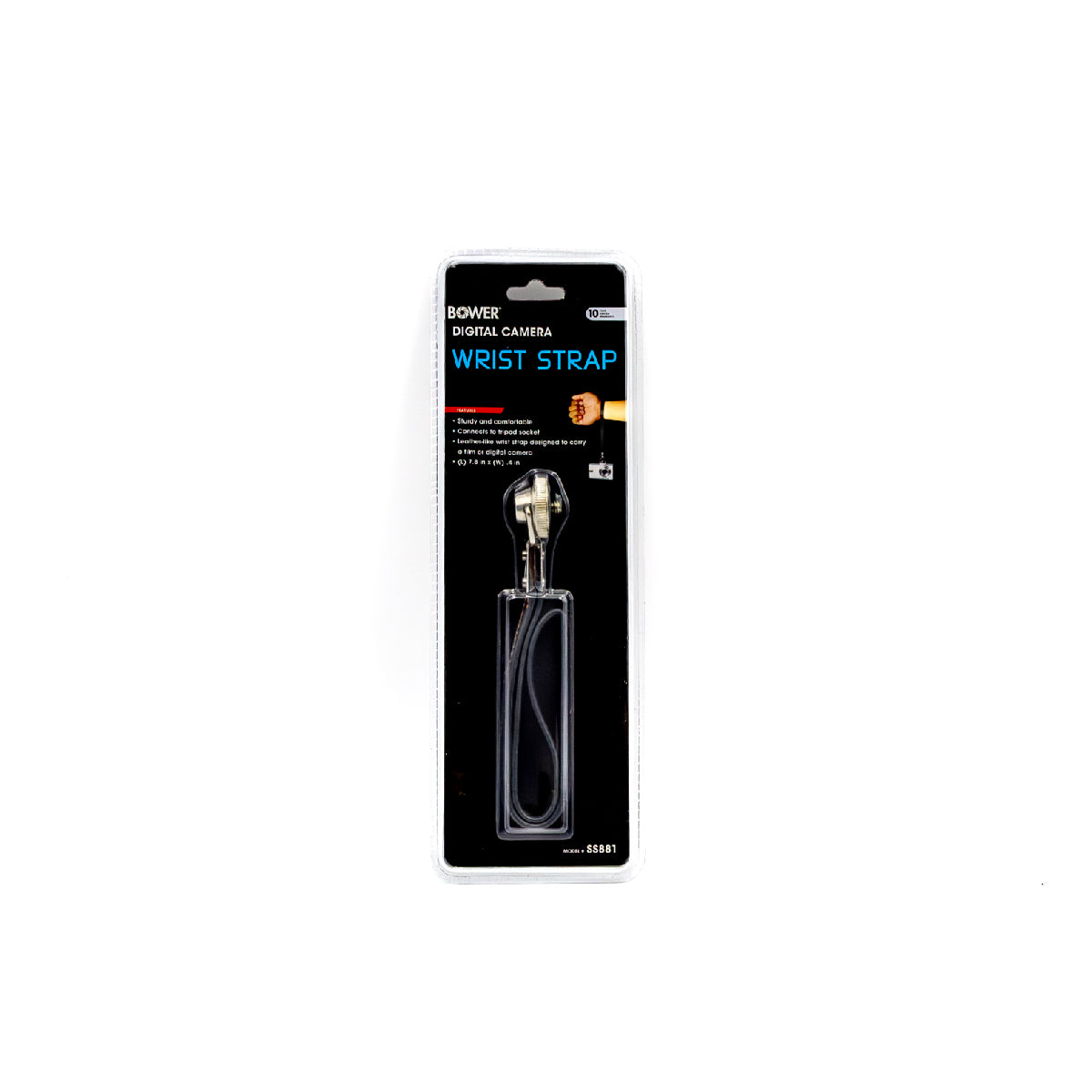

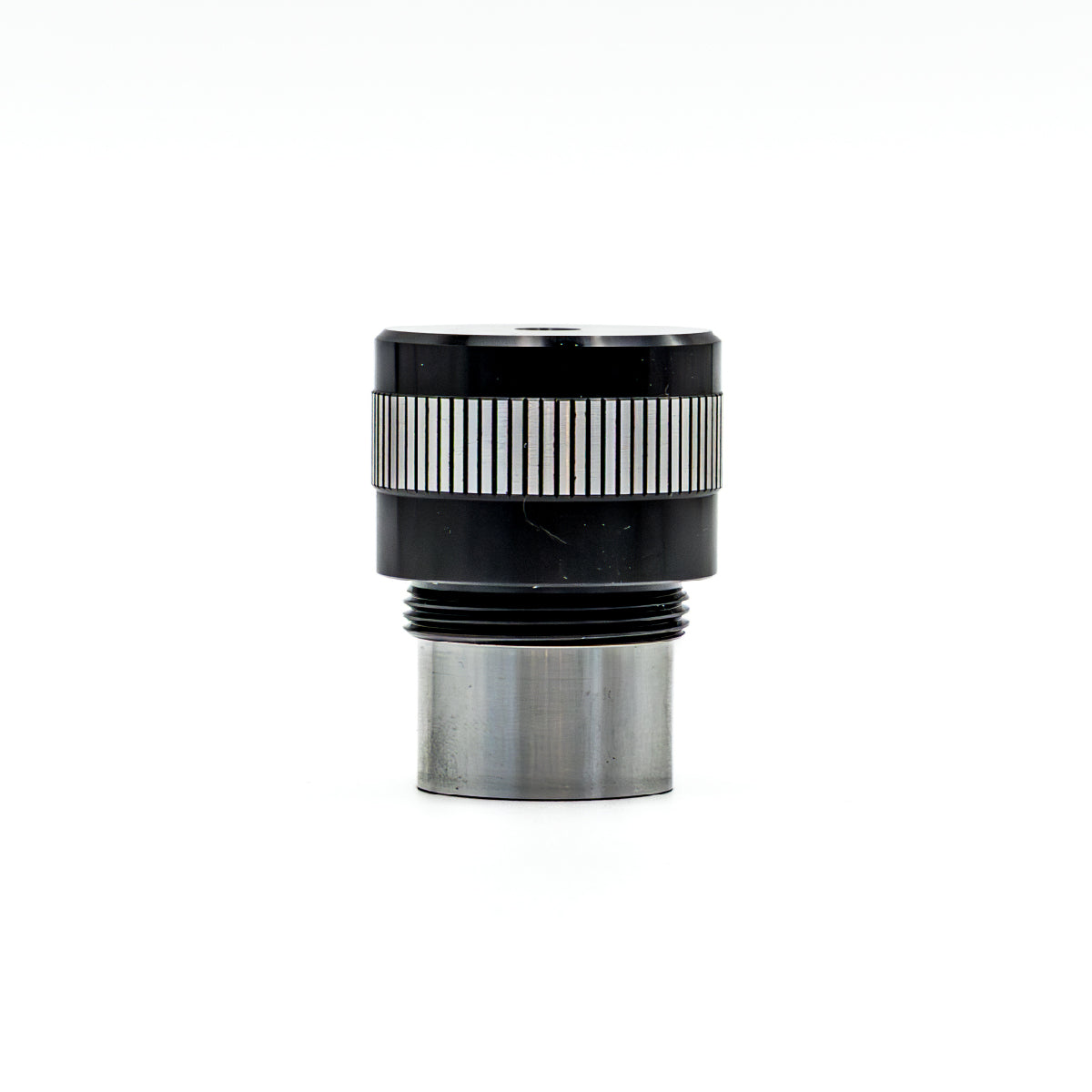
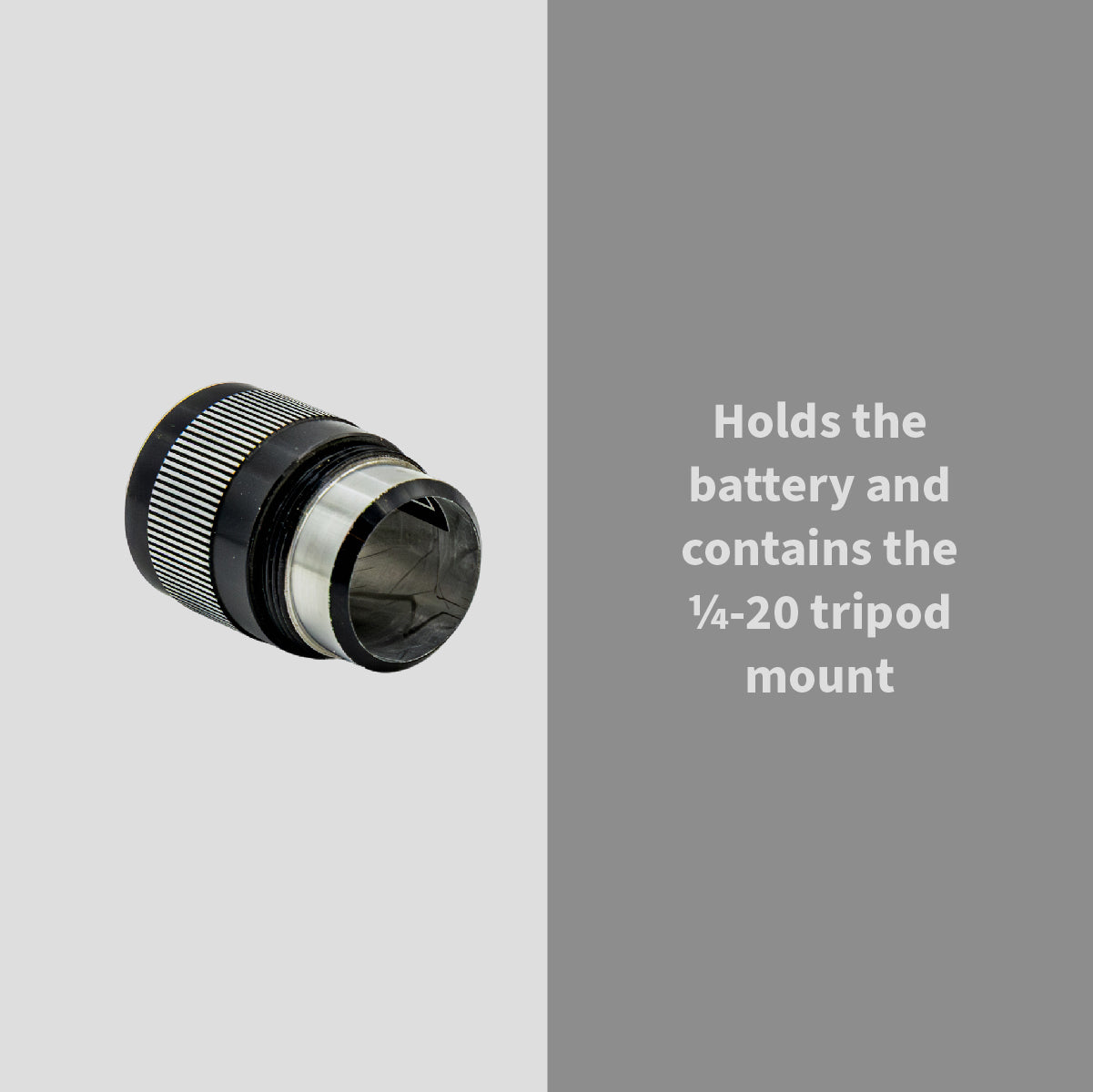



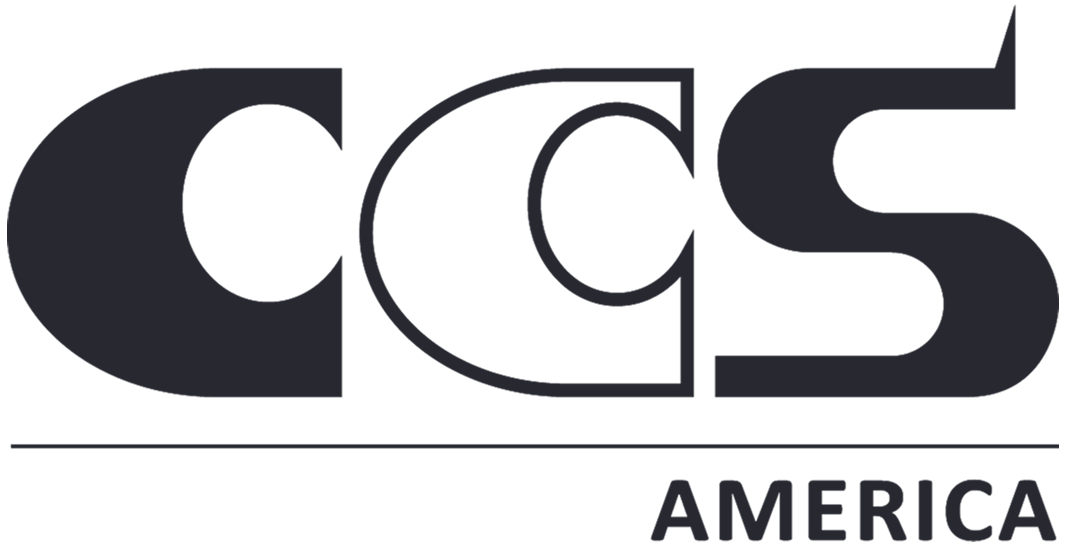
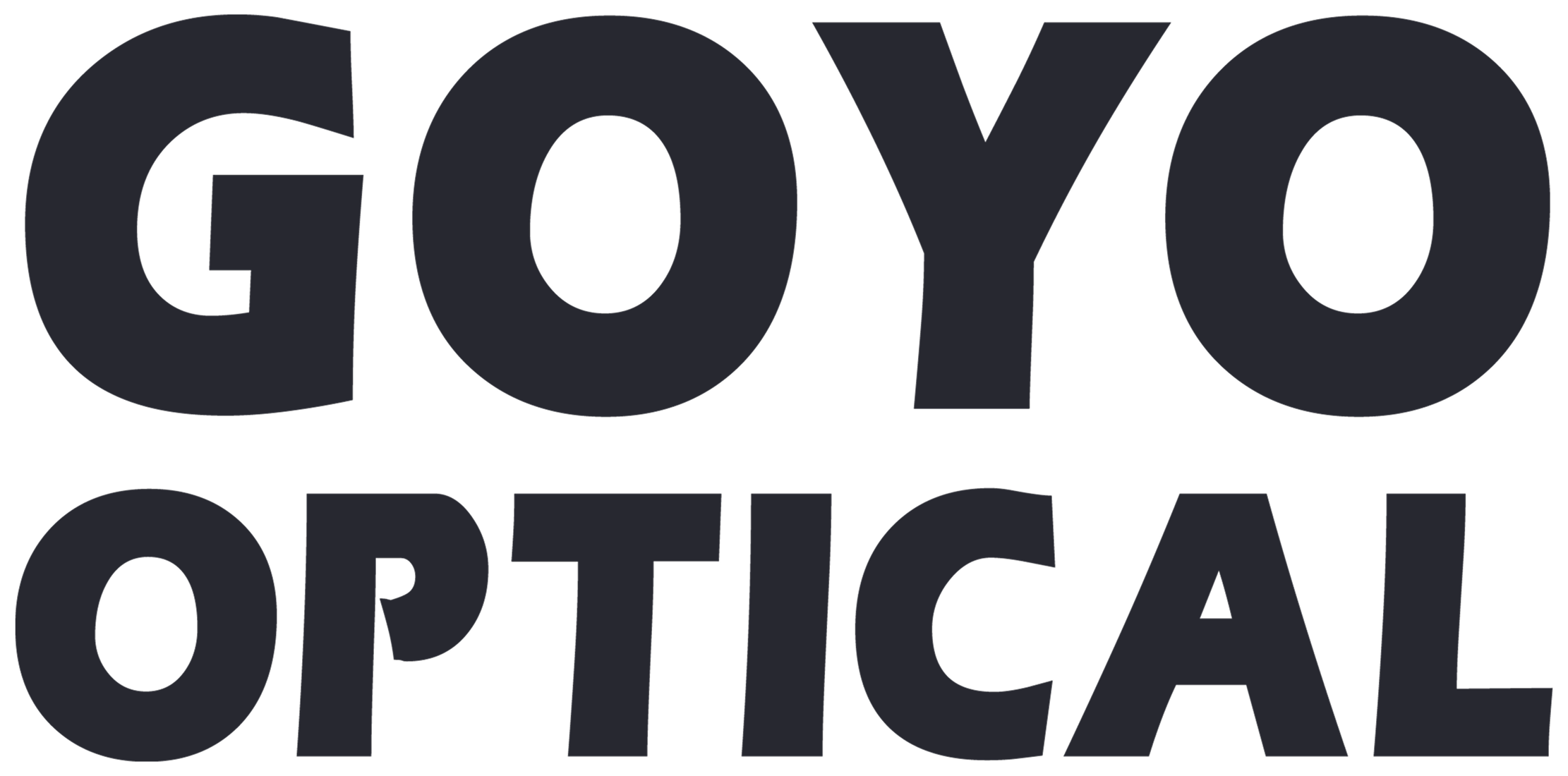


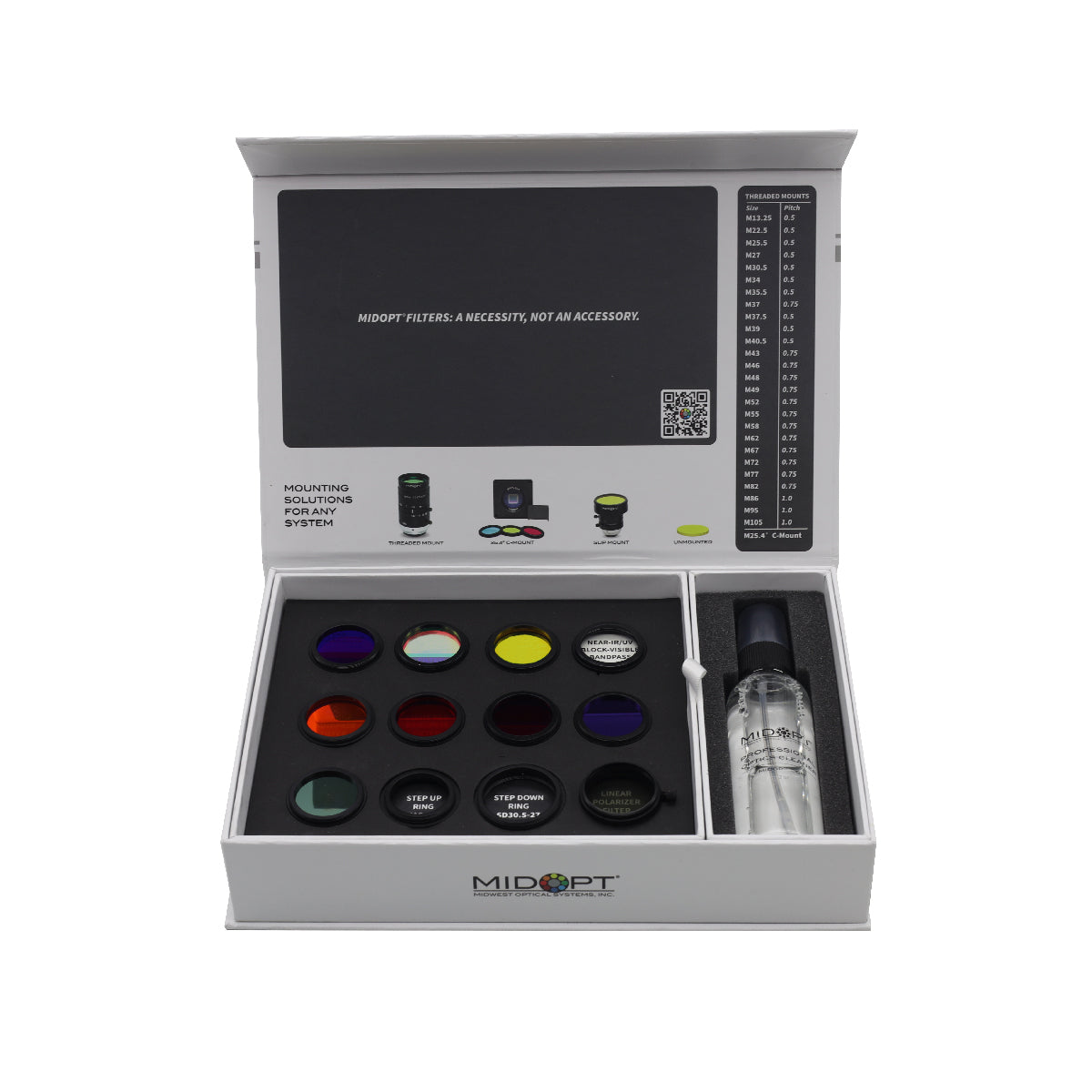
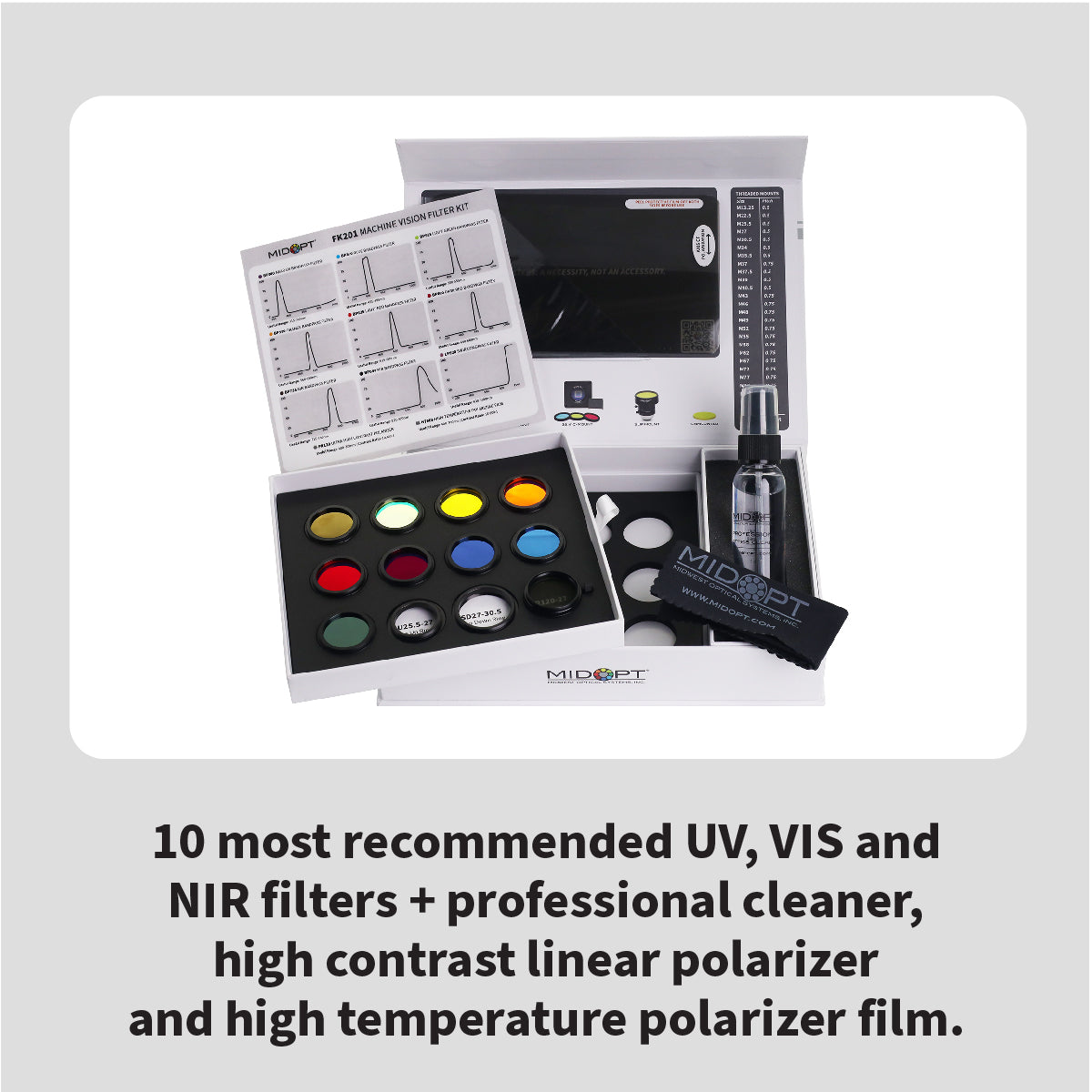
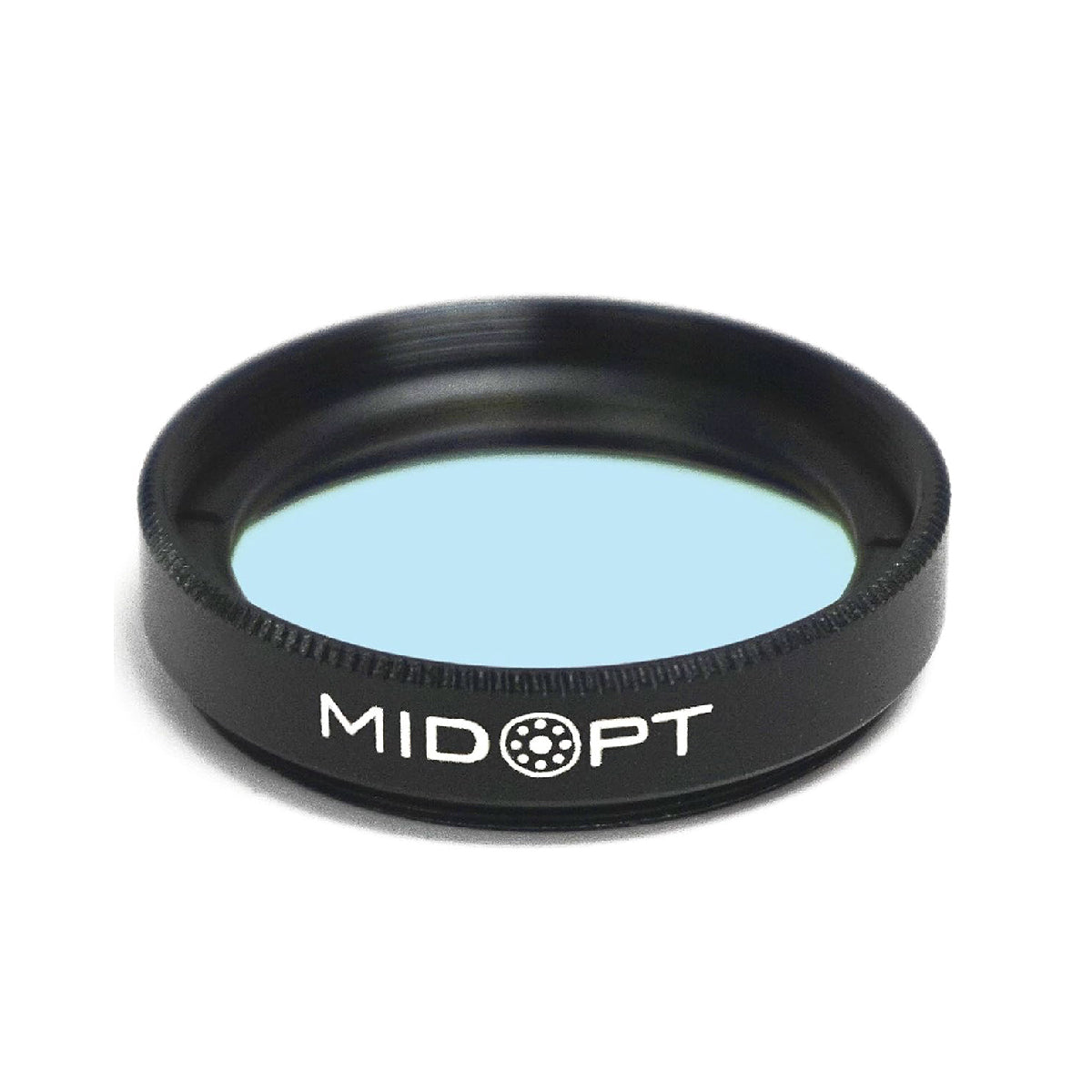
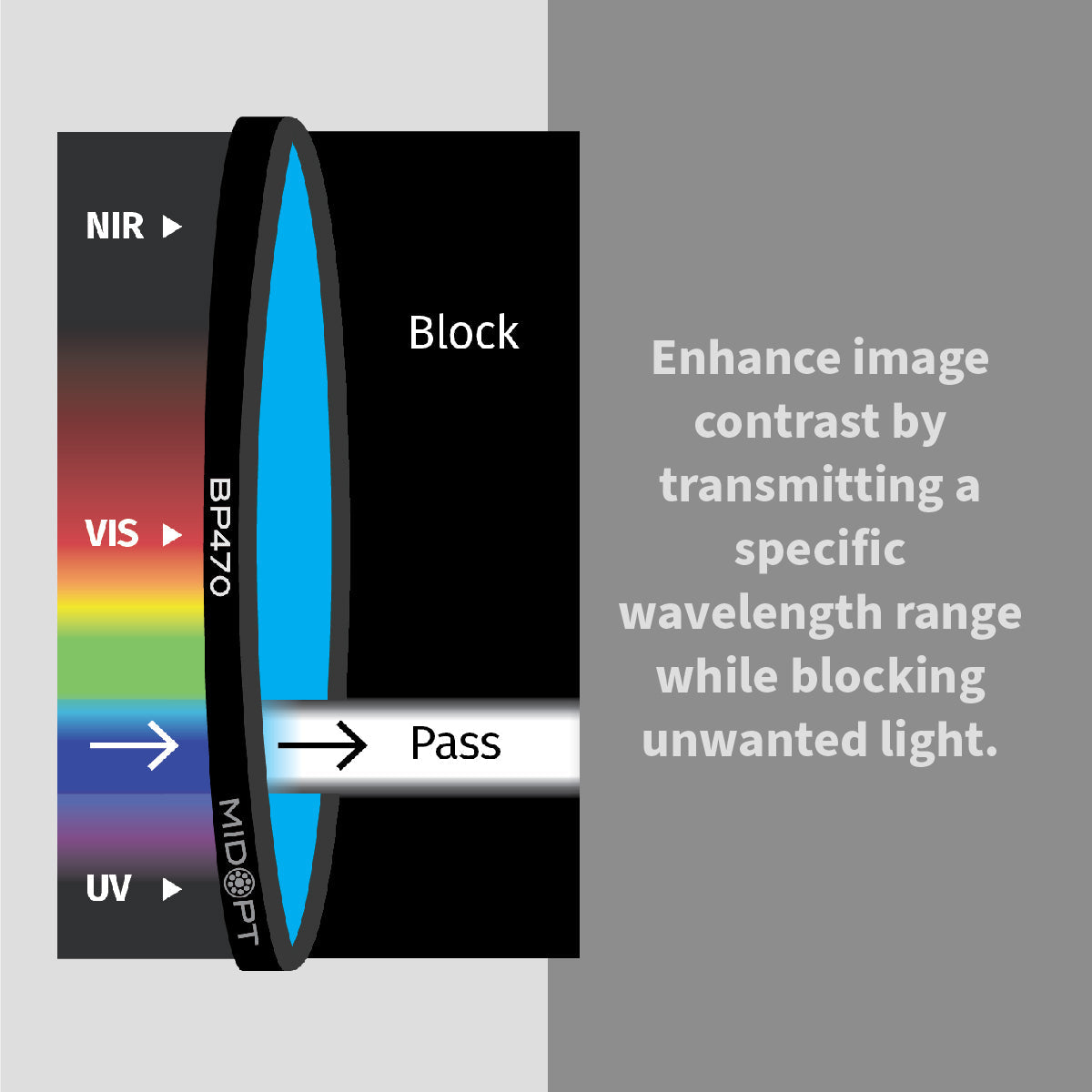

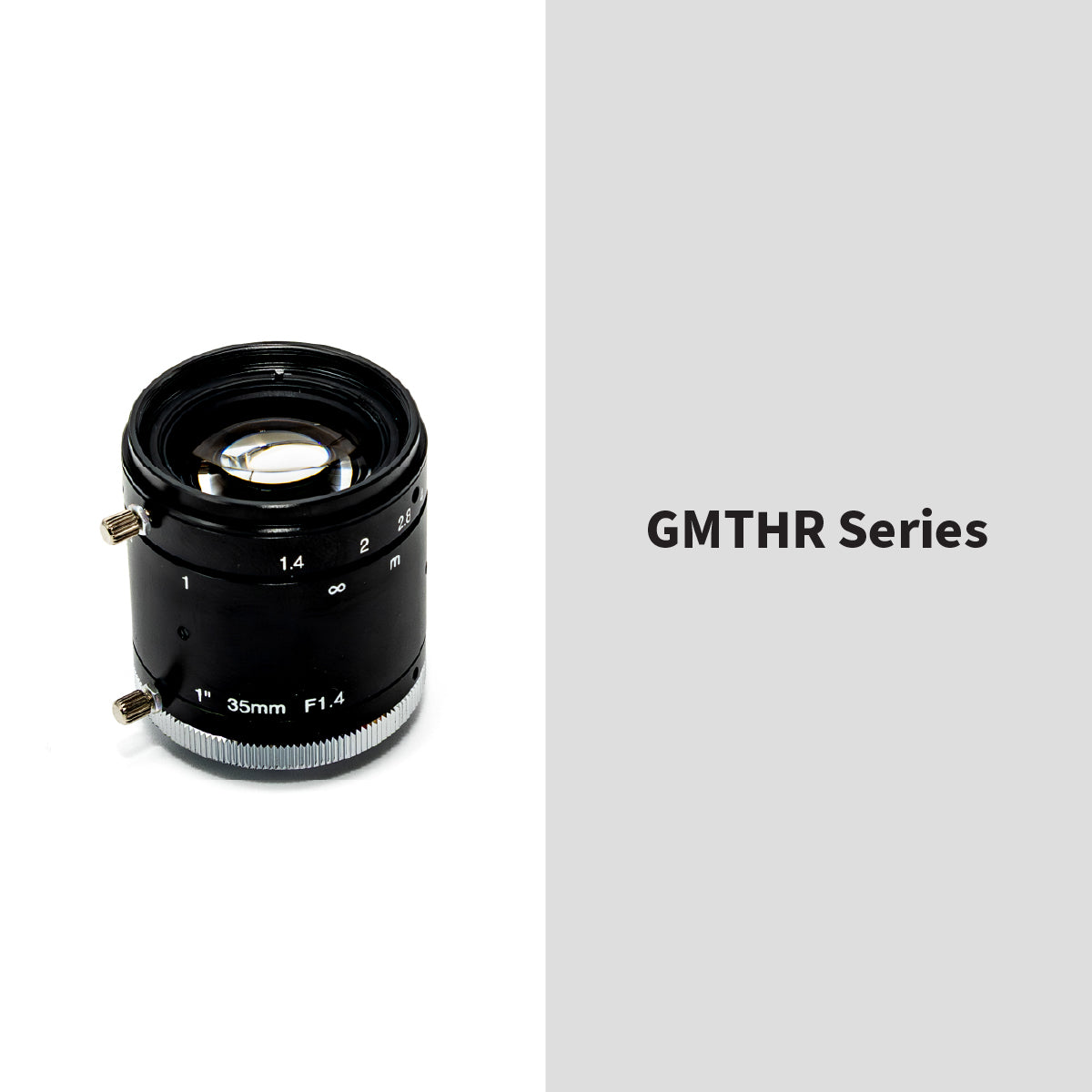
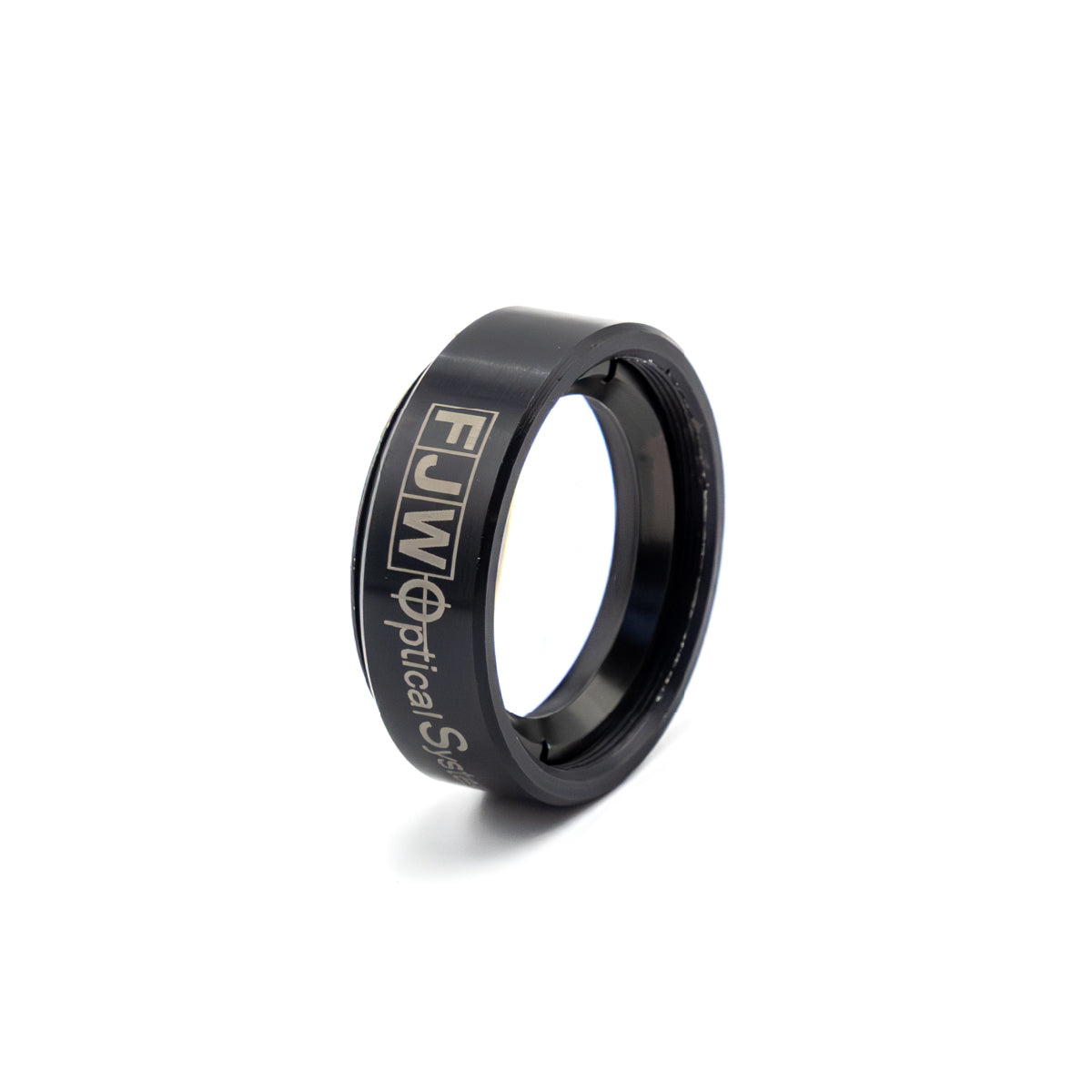
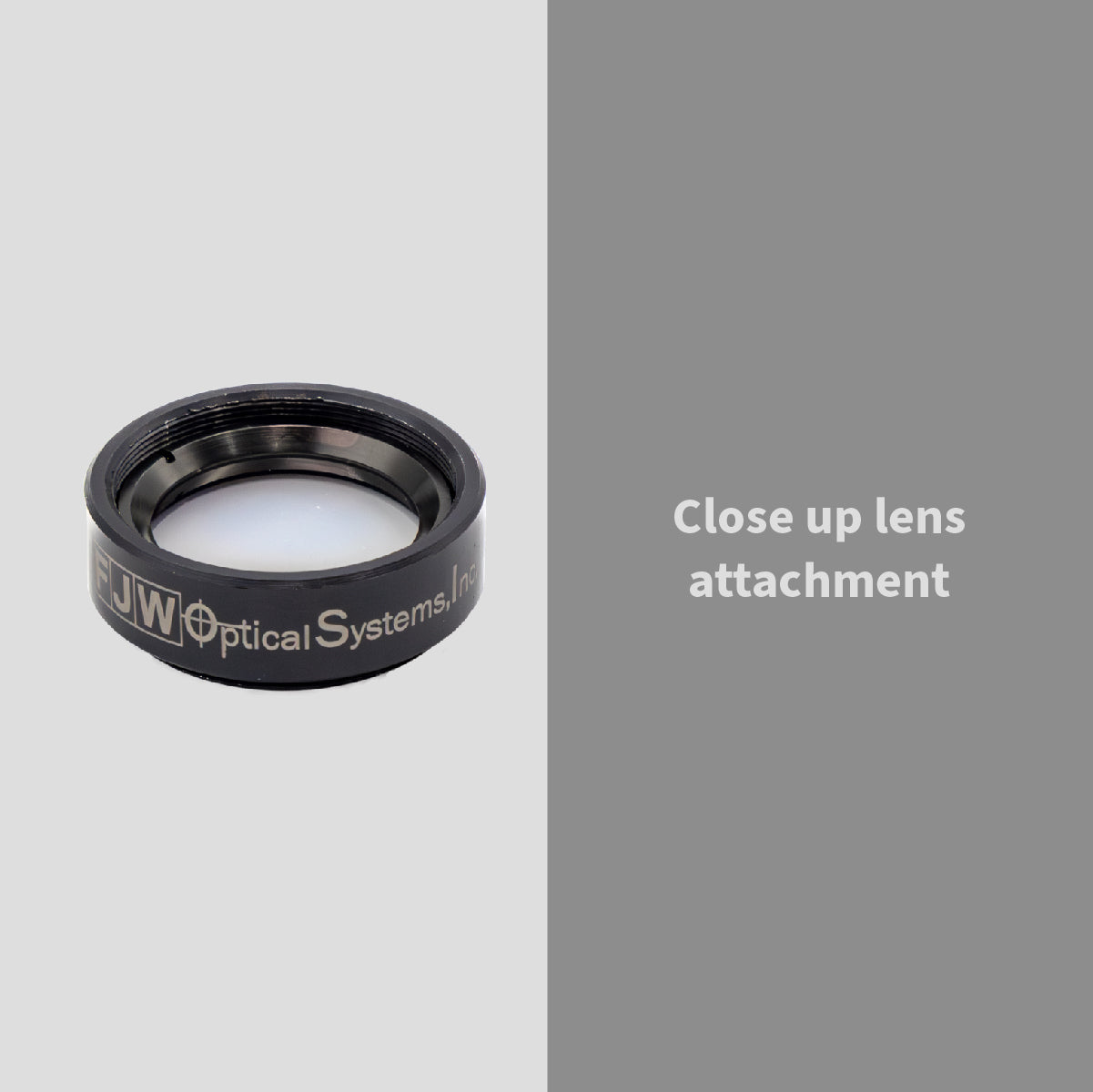




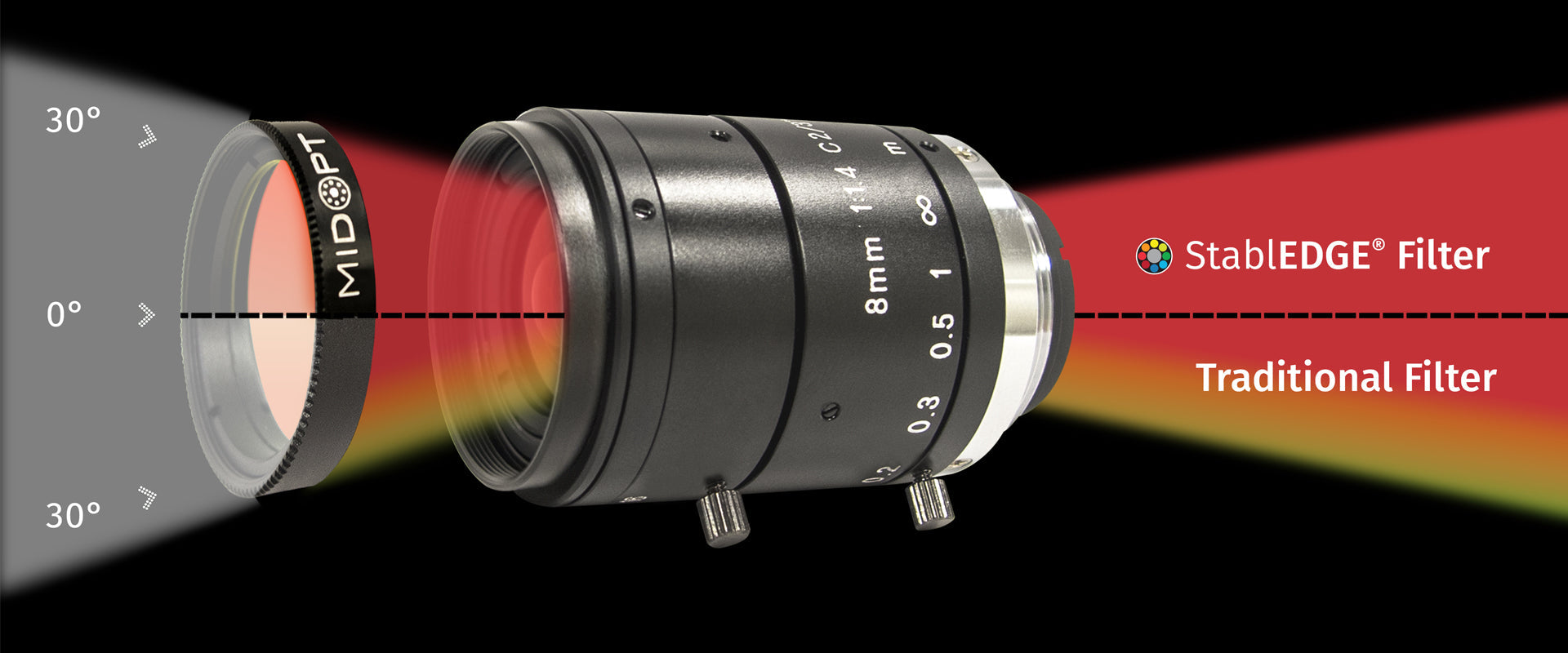
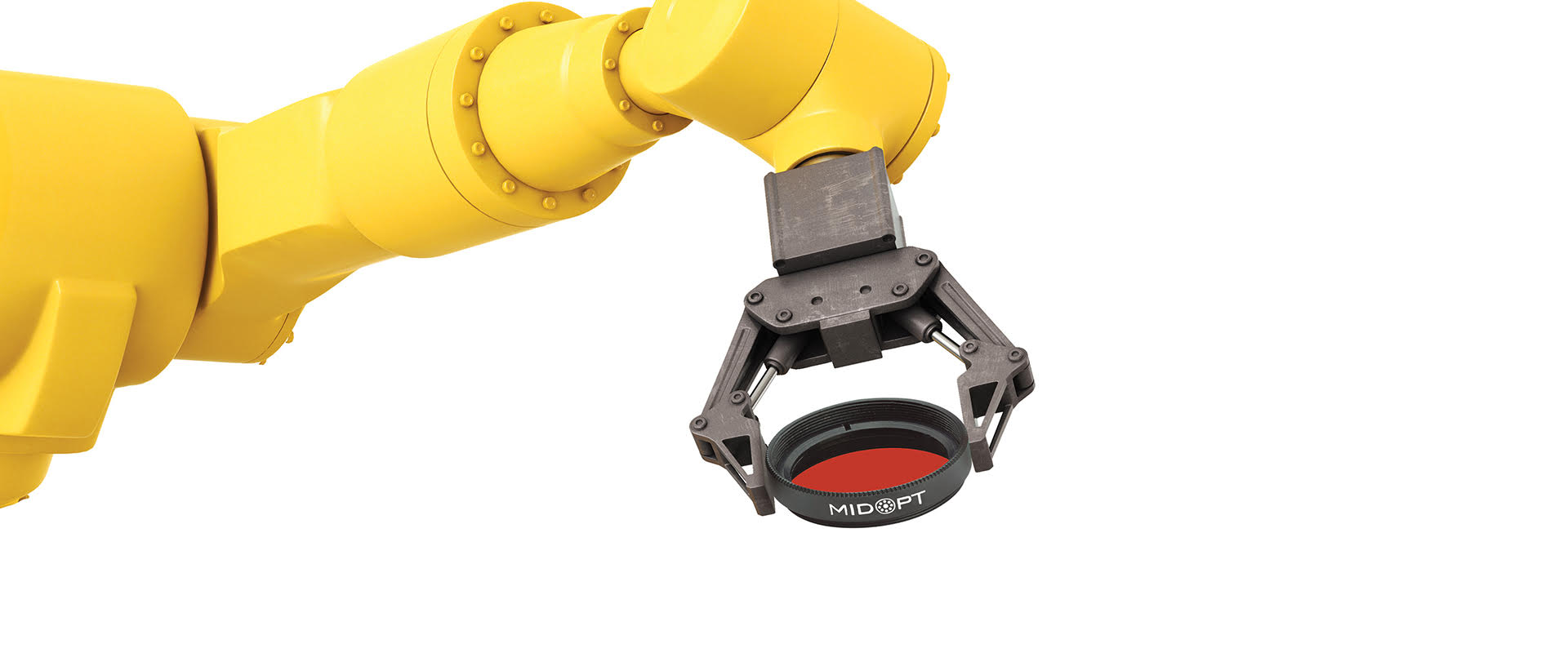
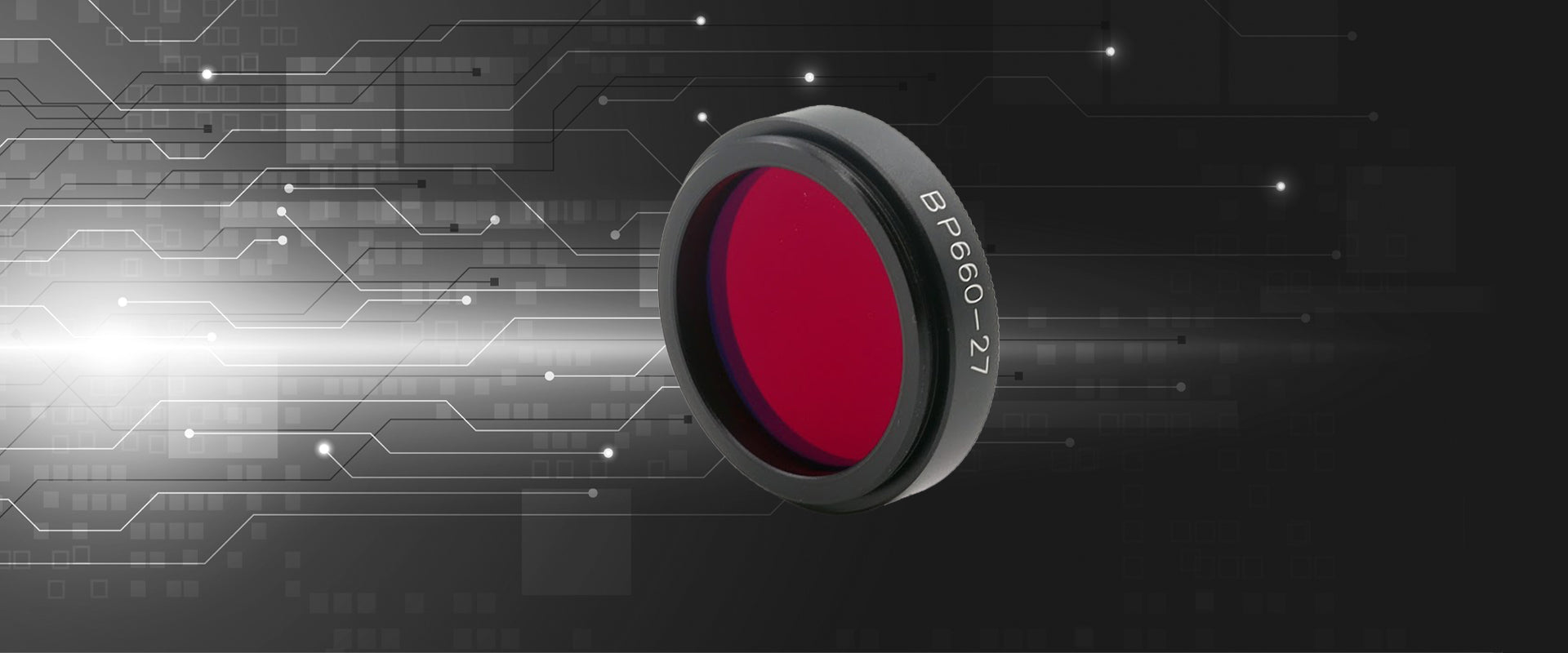
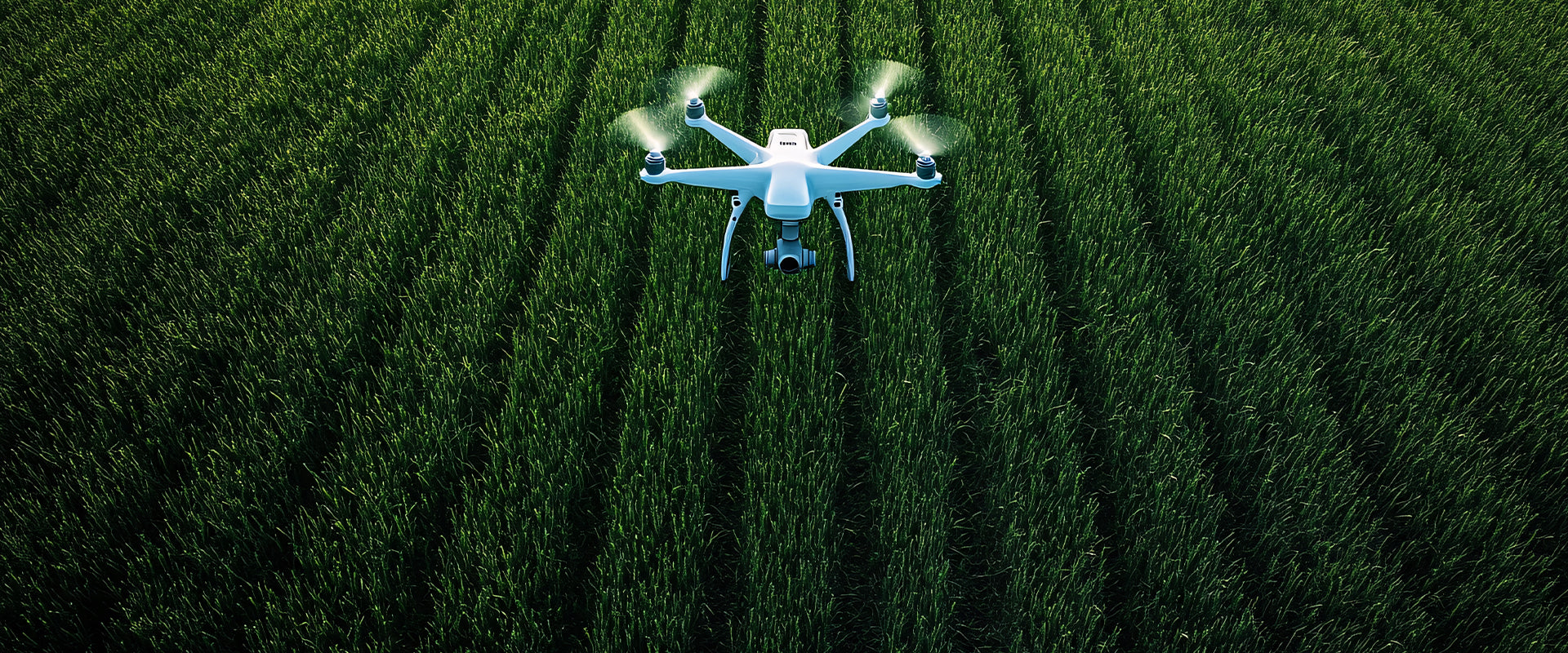
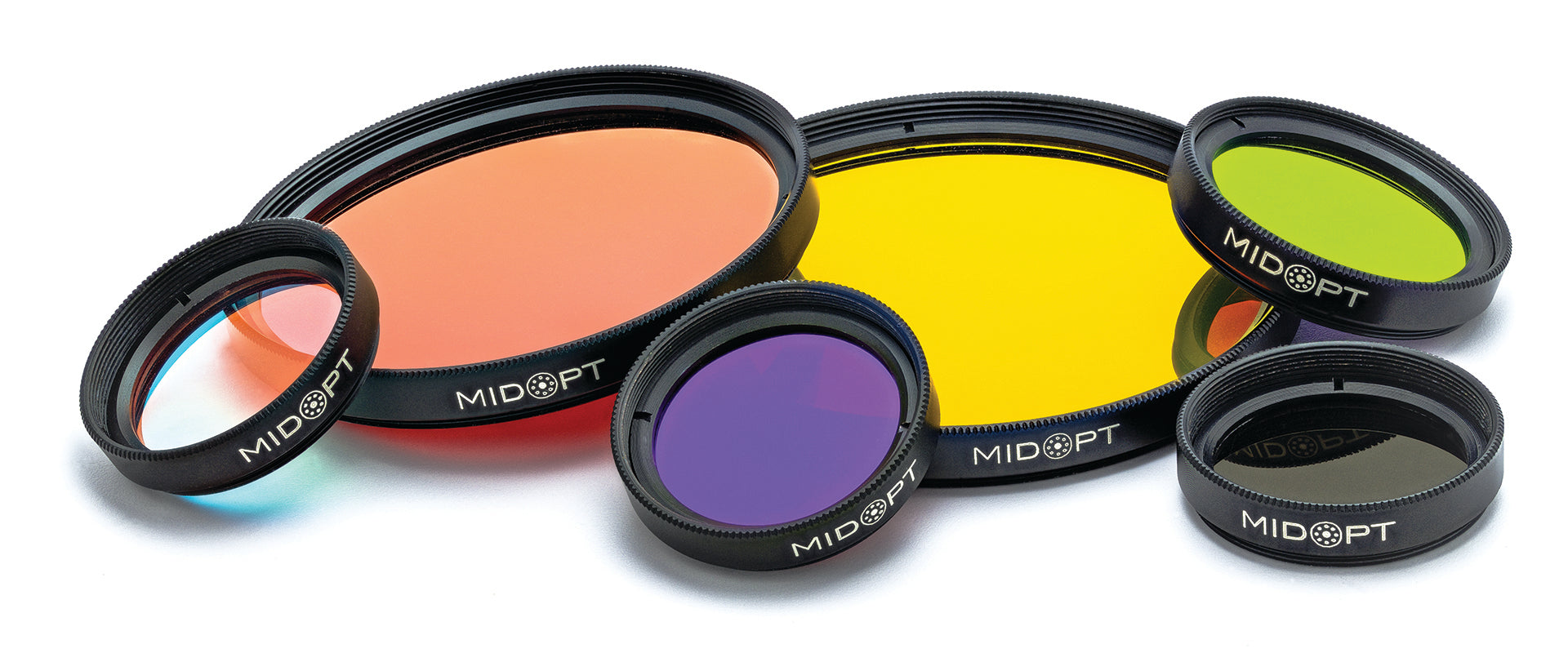
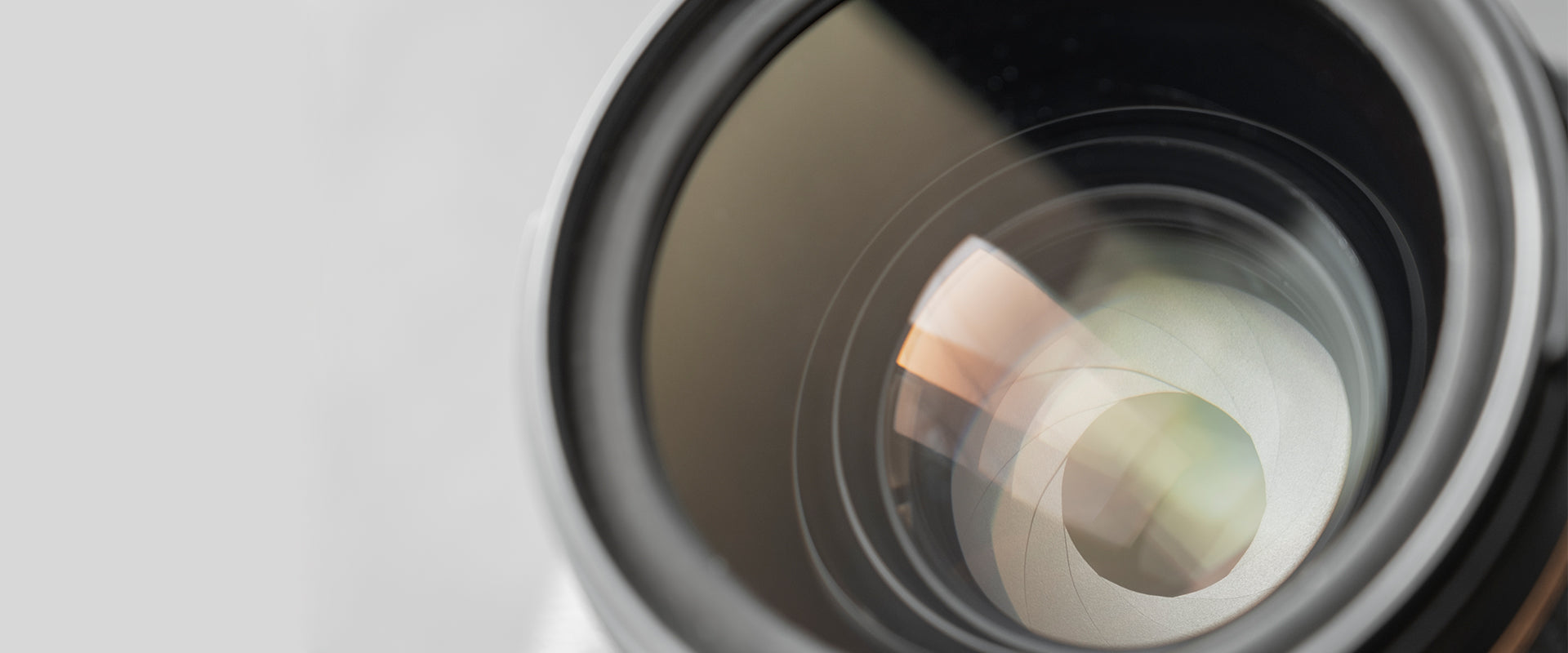




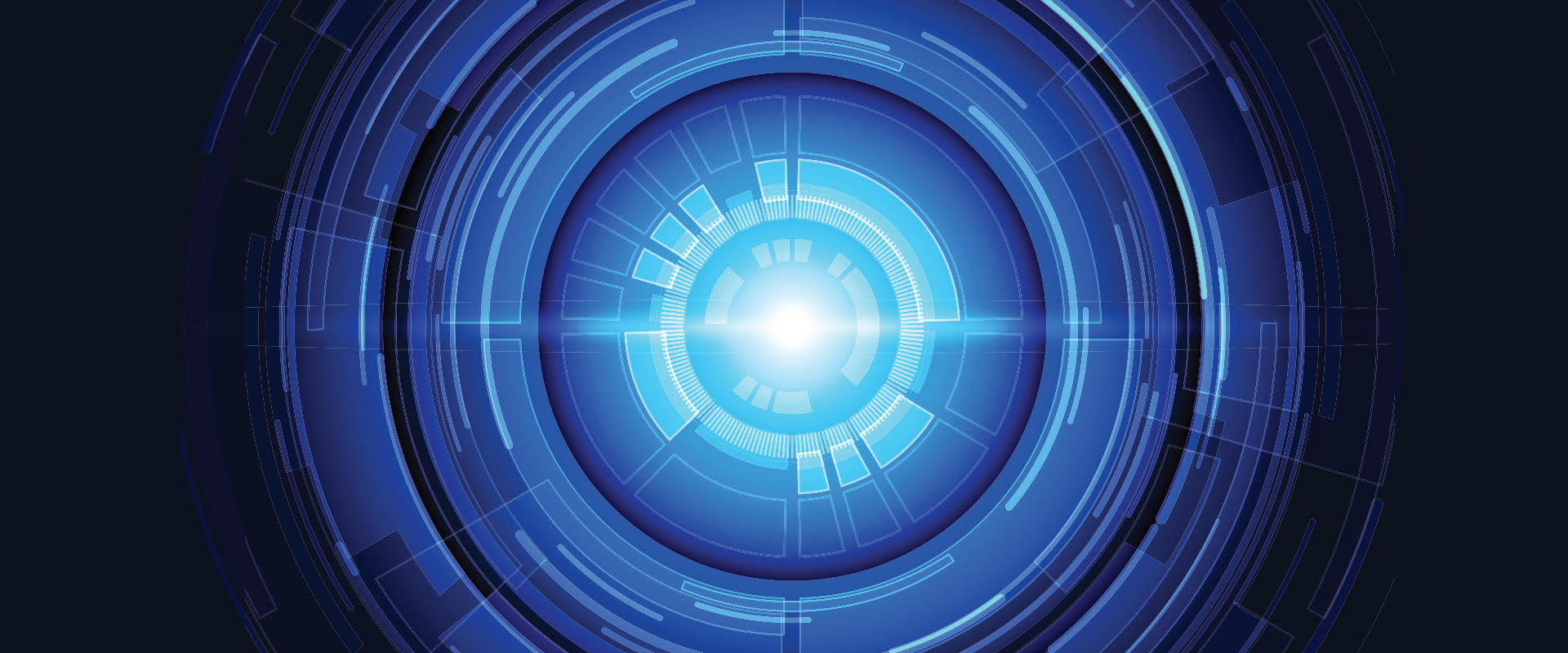
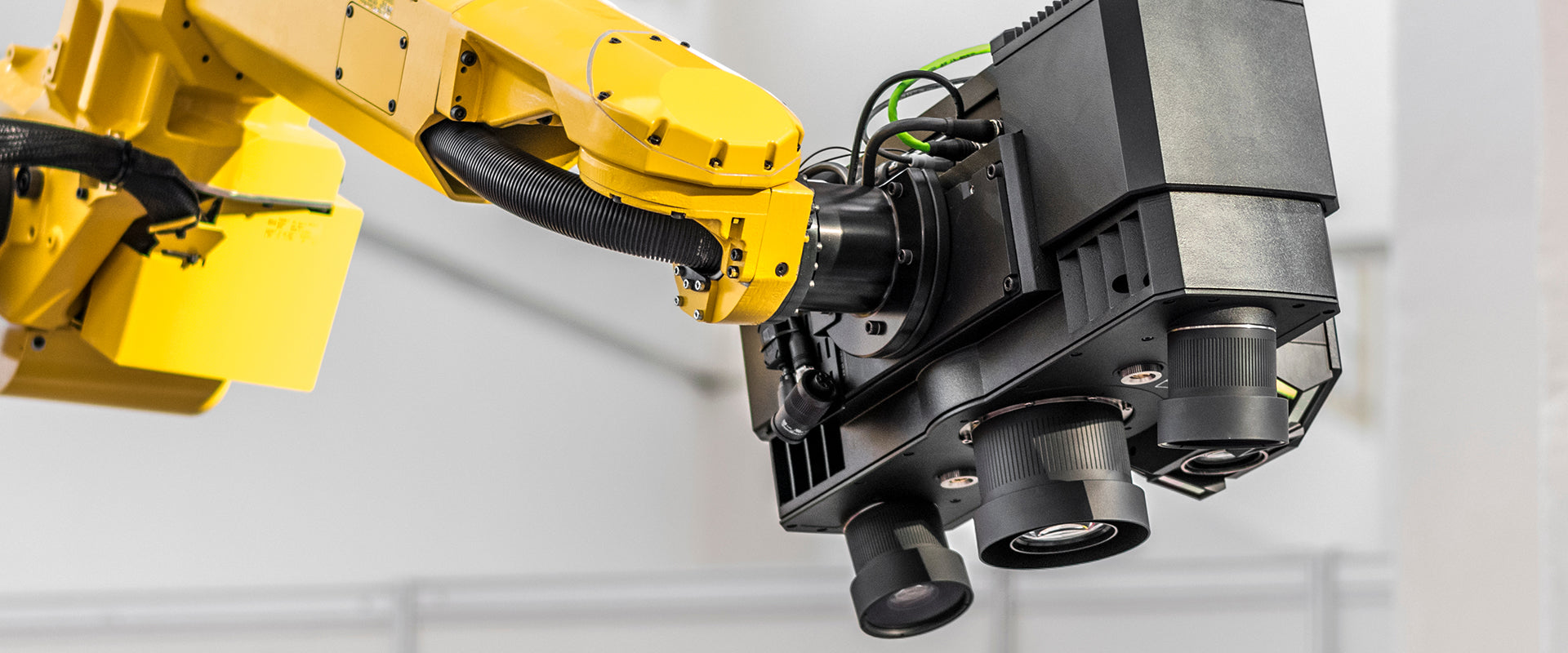


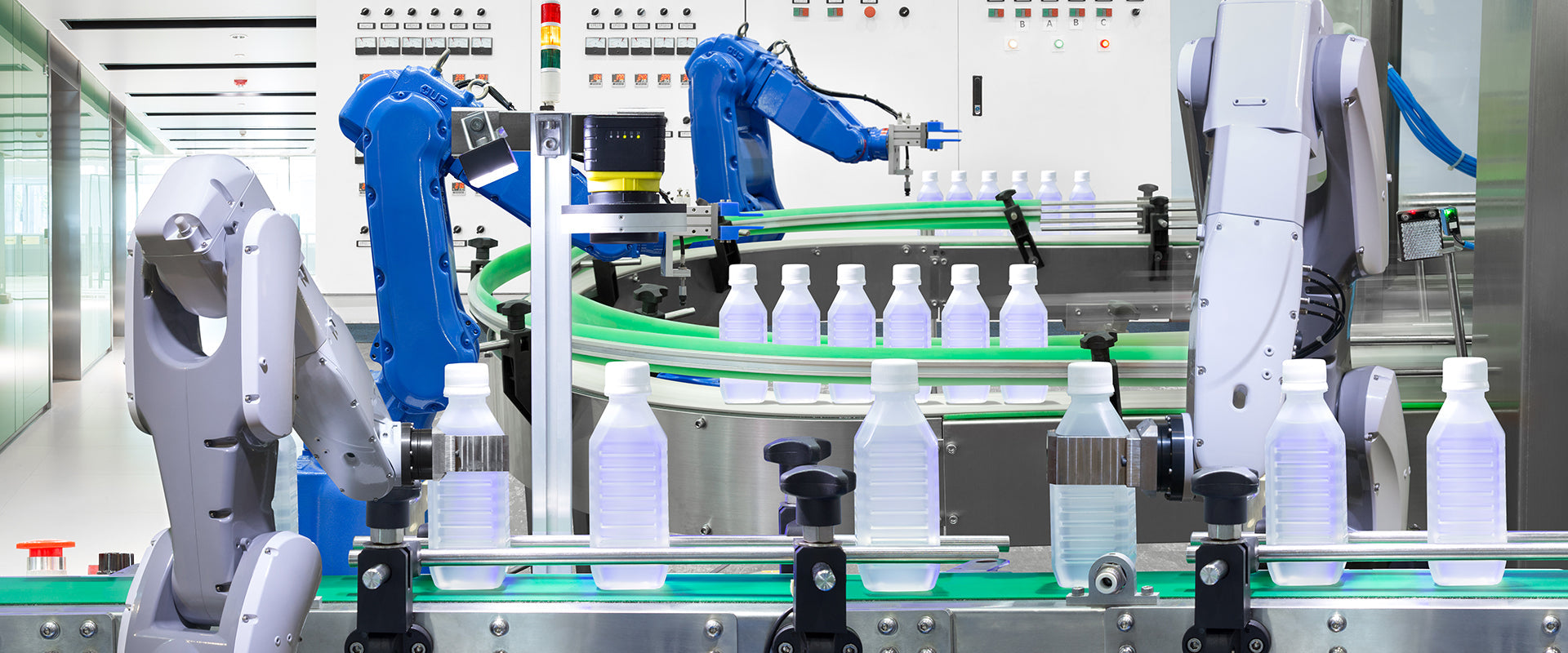
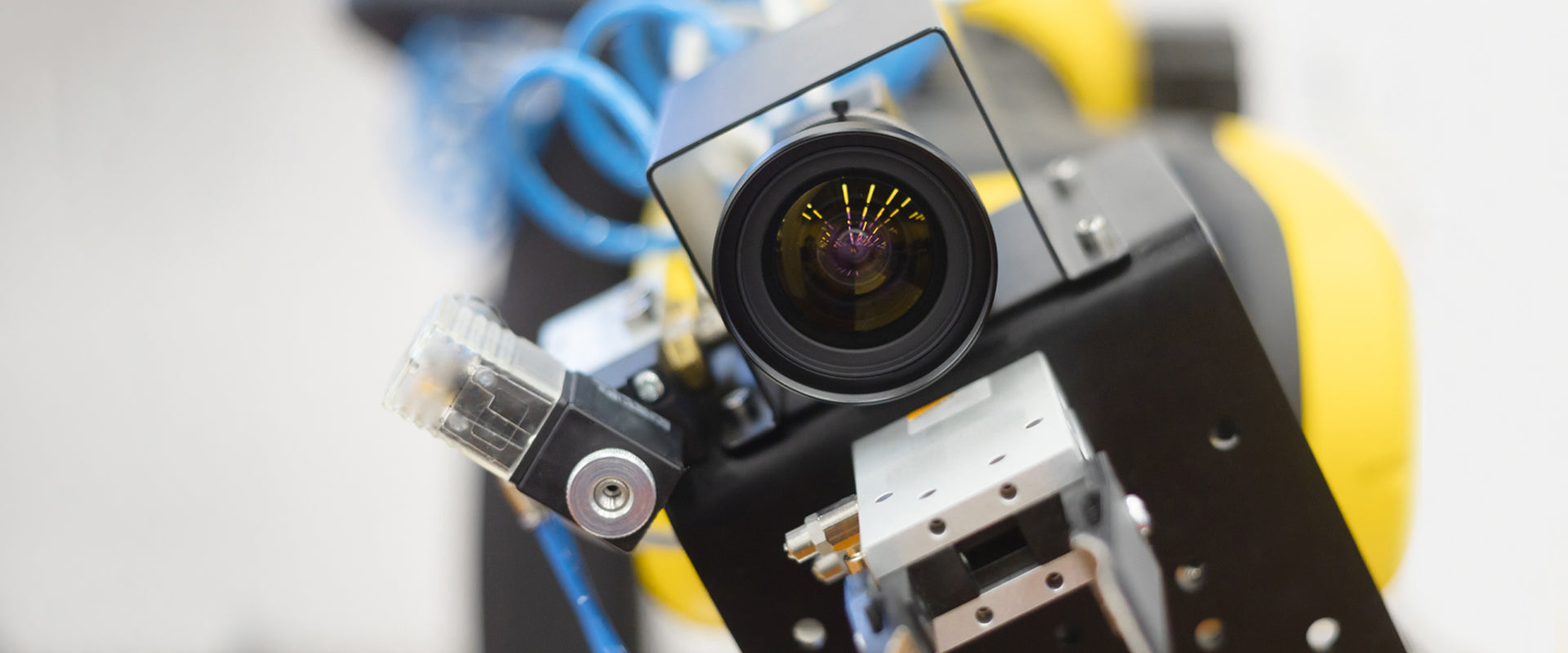
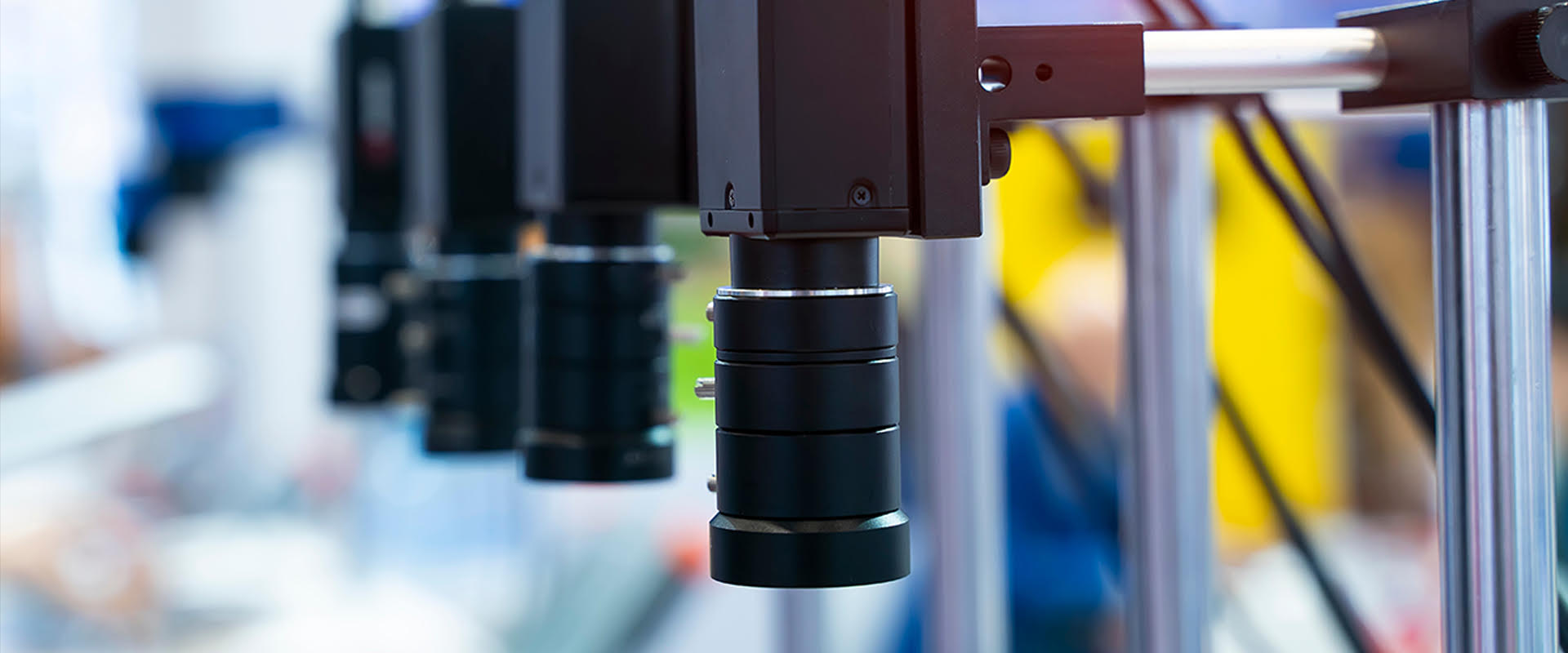
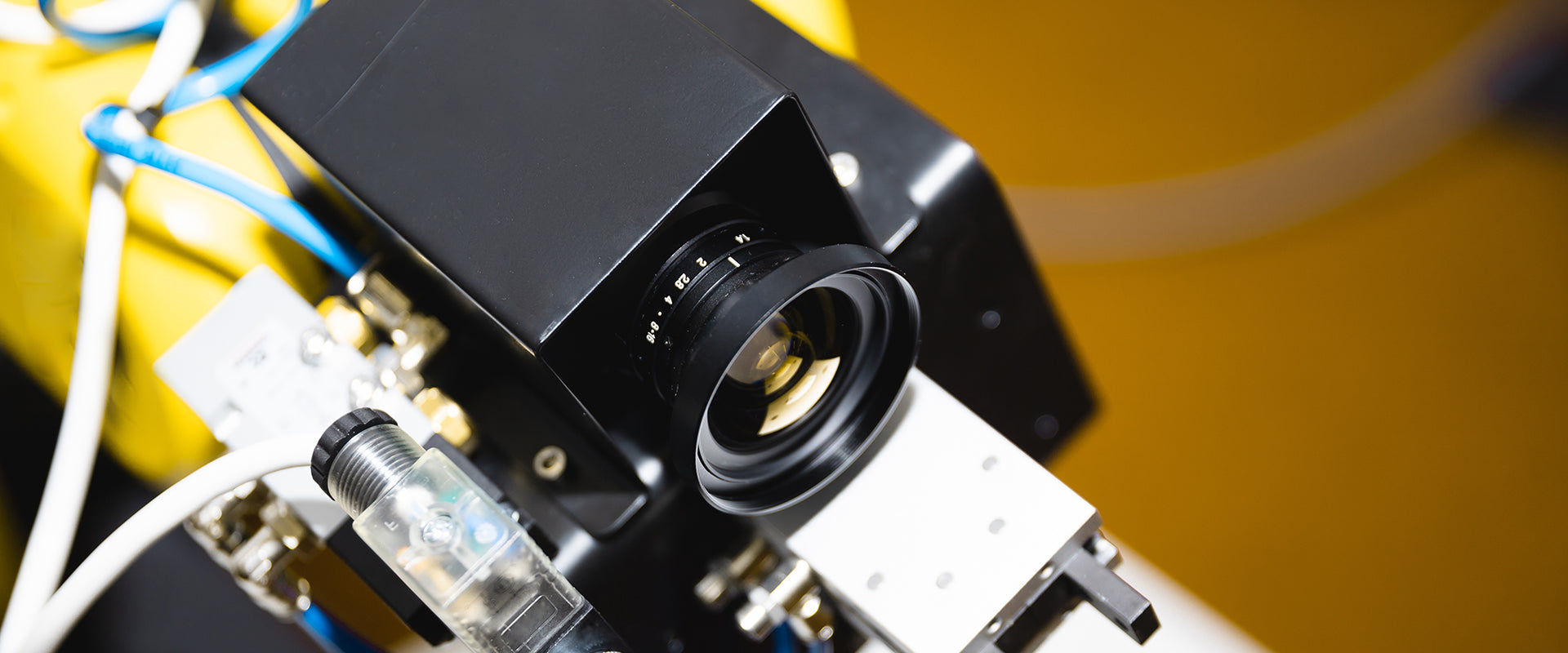
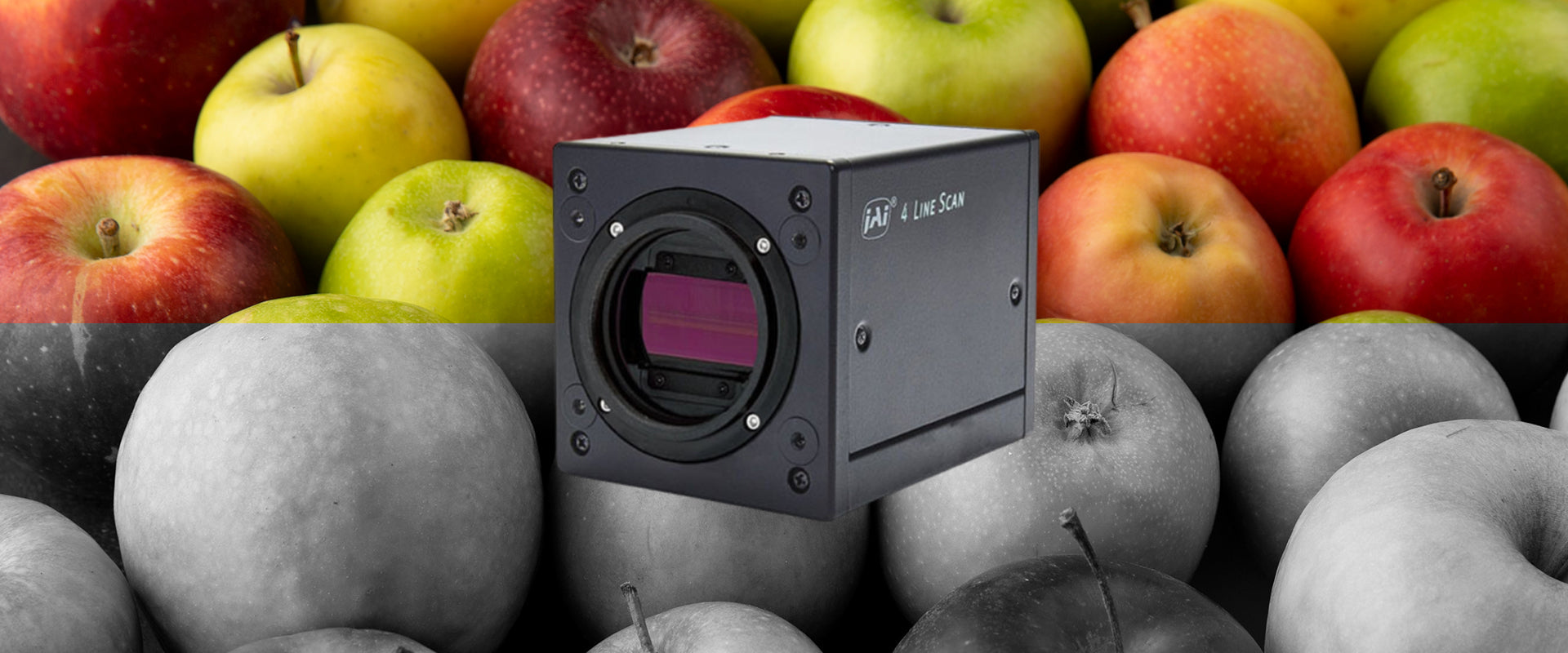
 Lighting
Lighting



